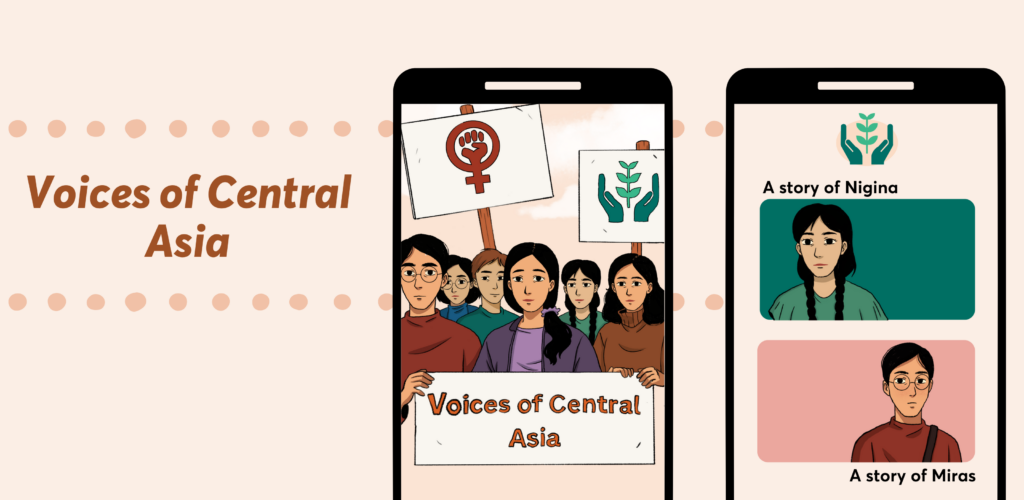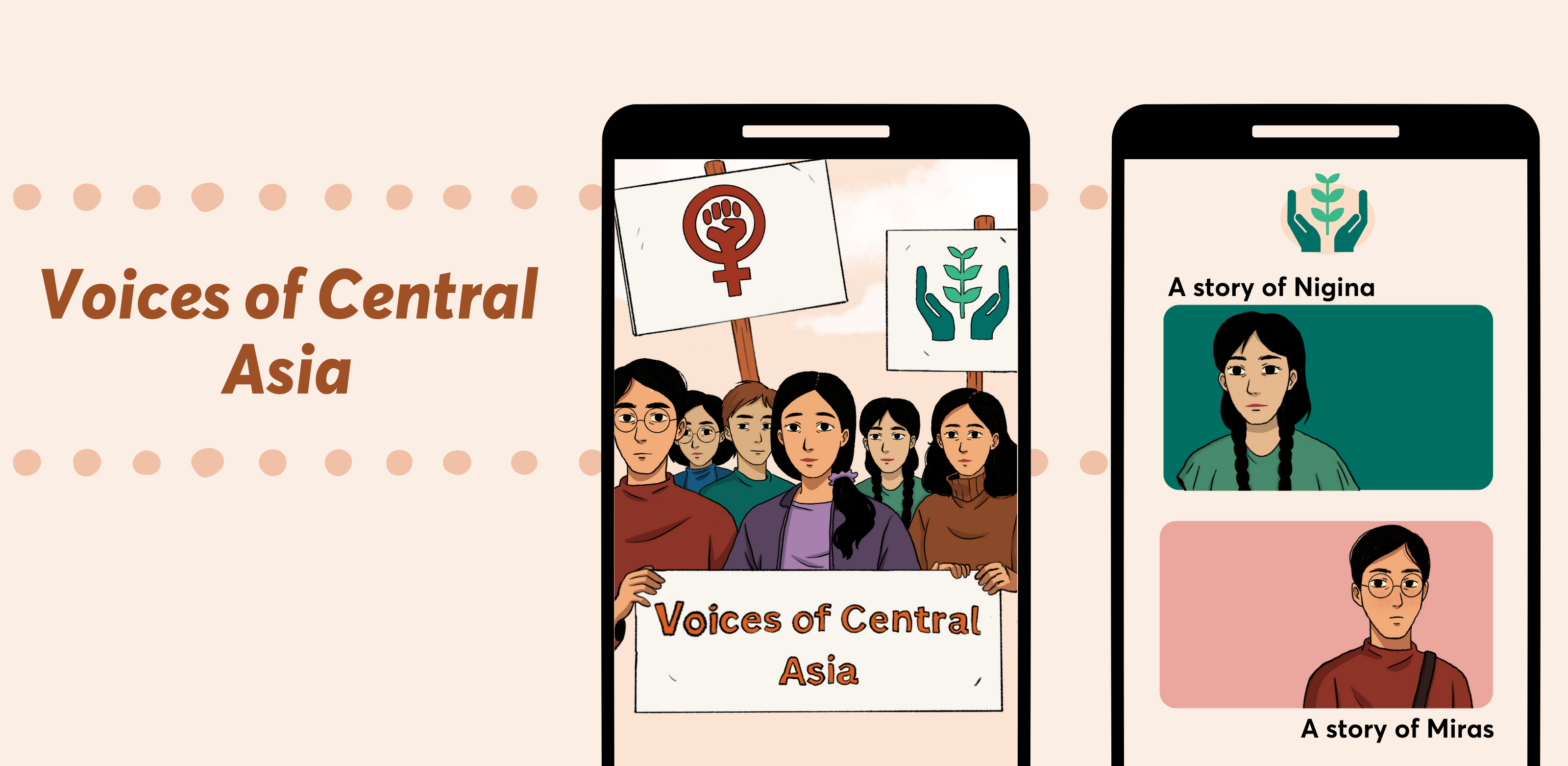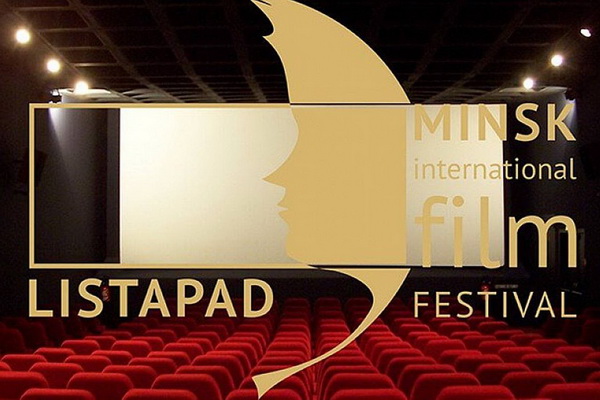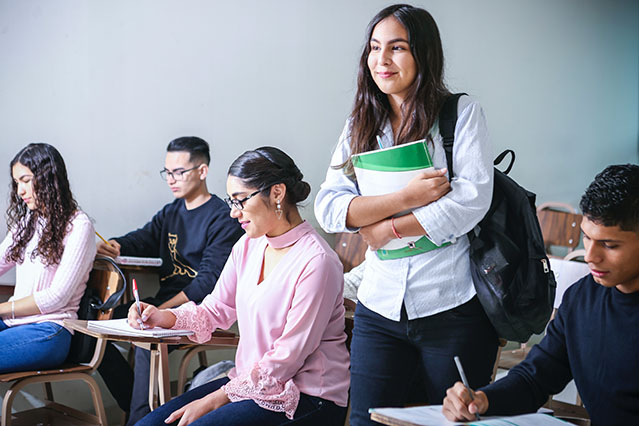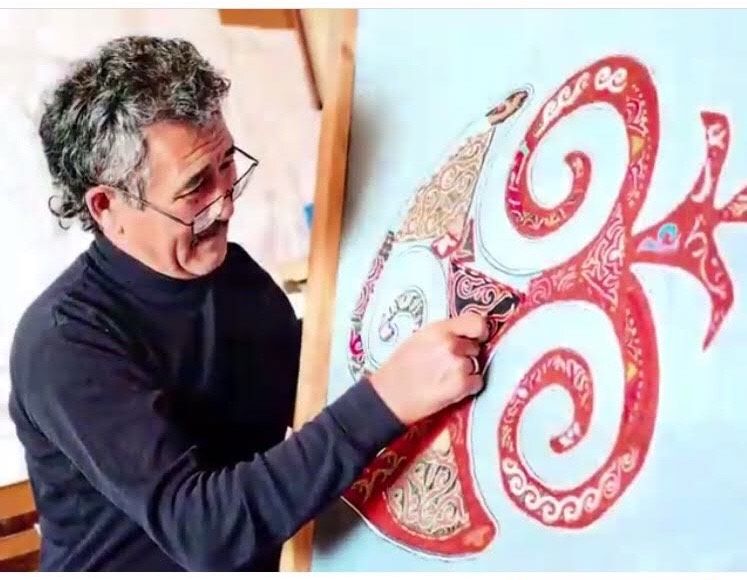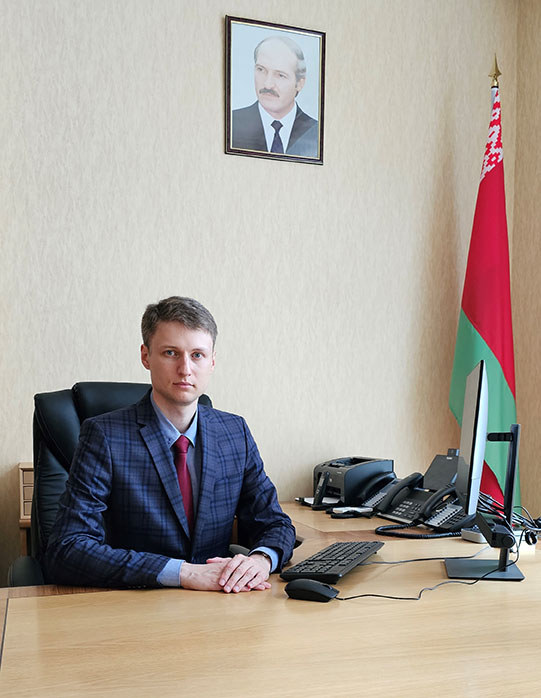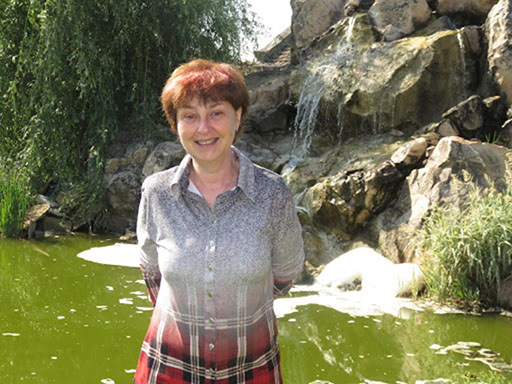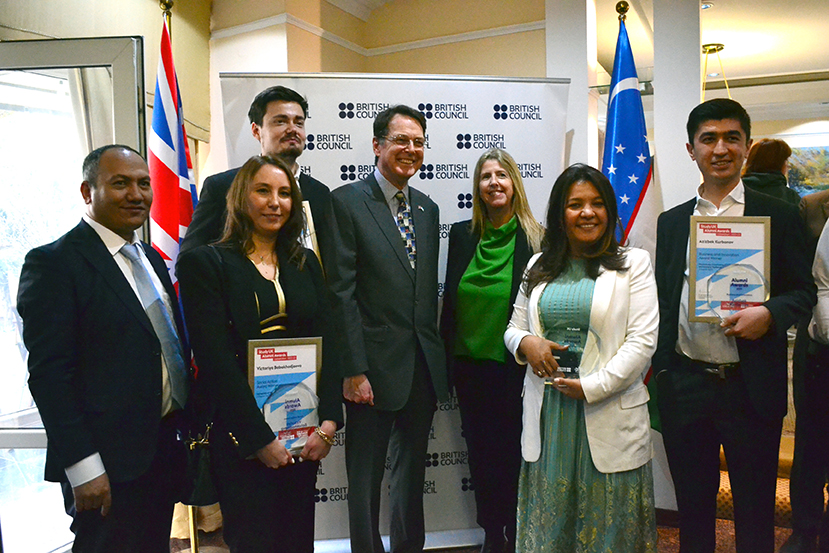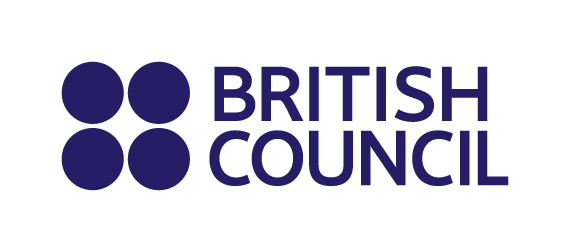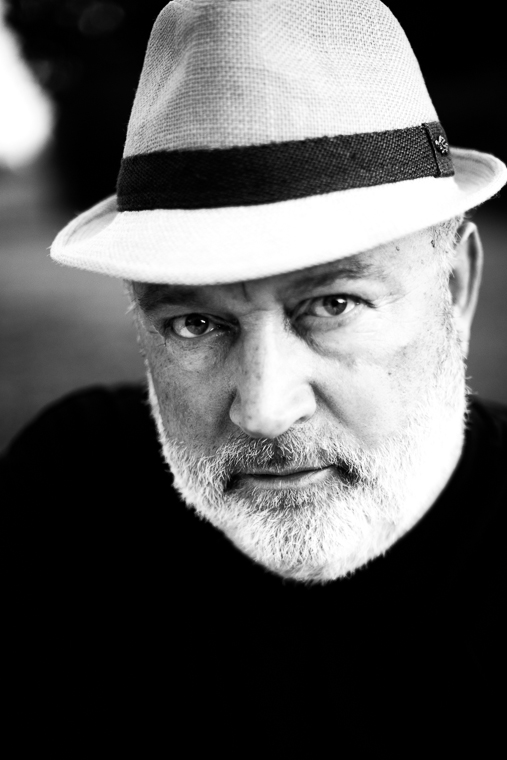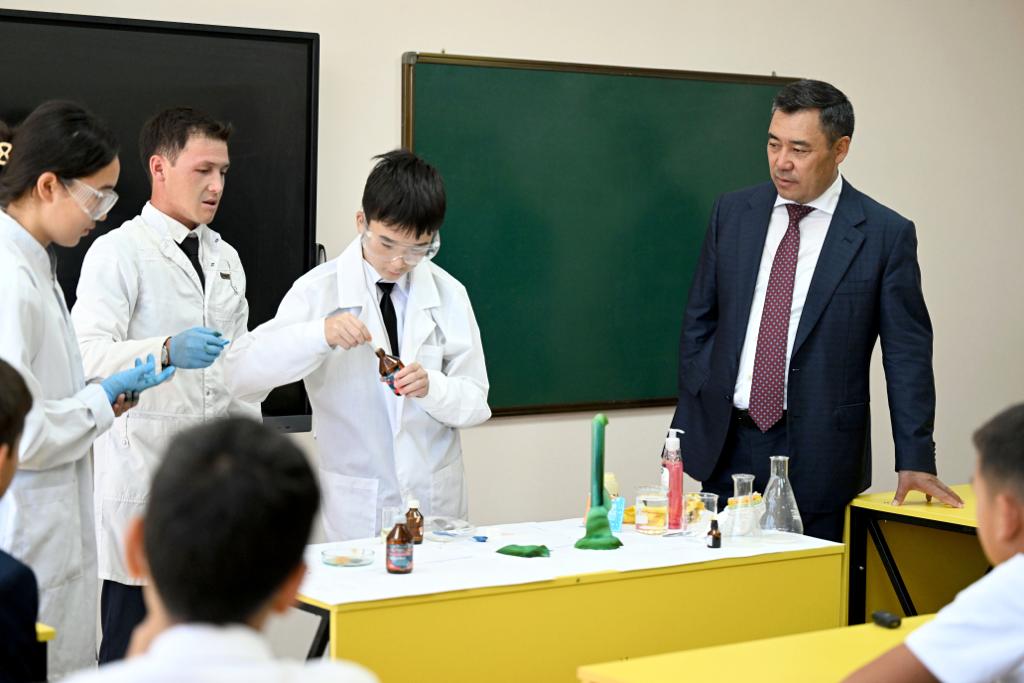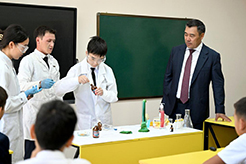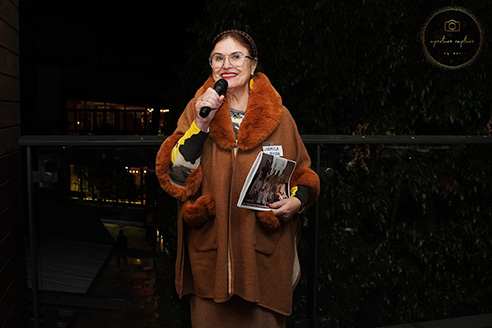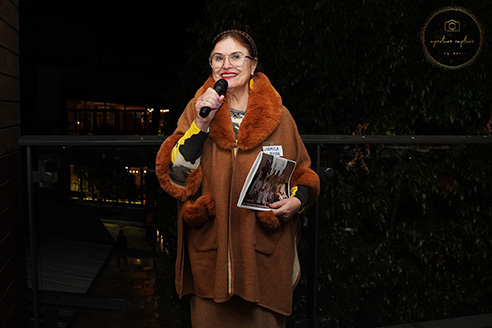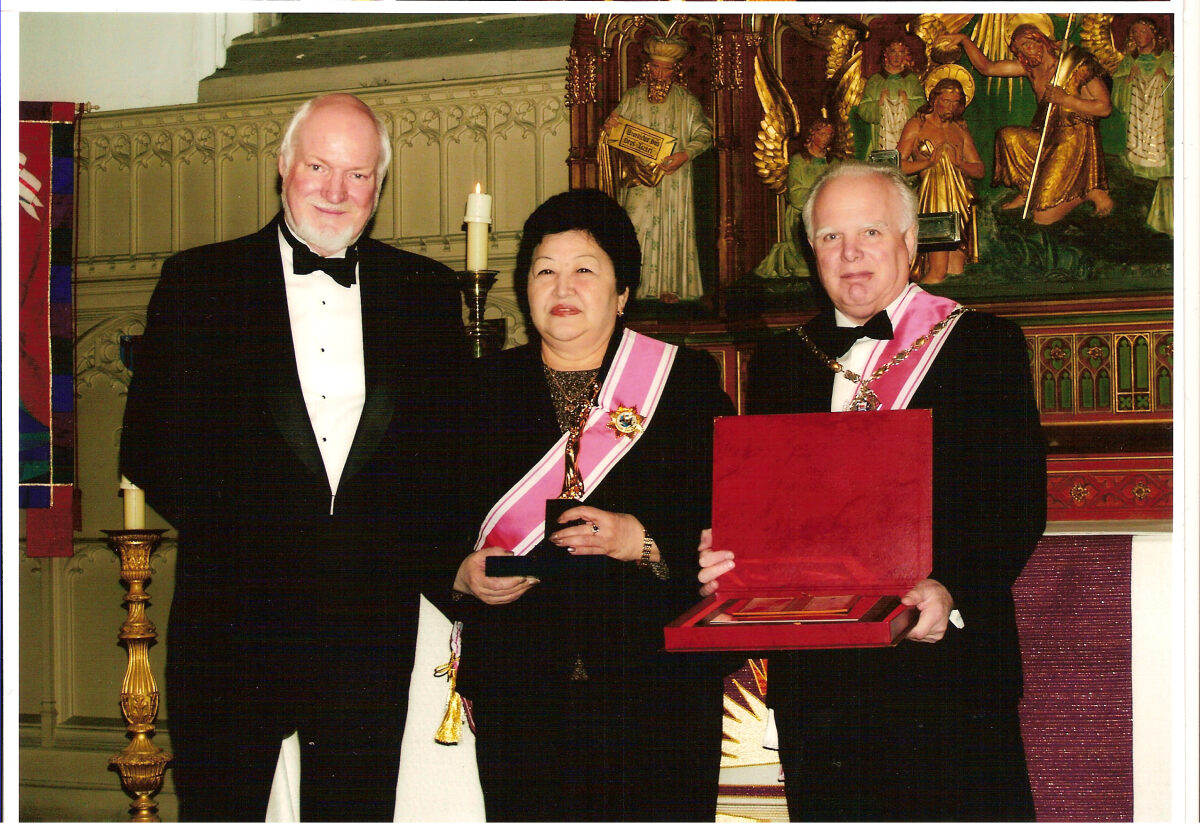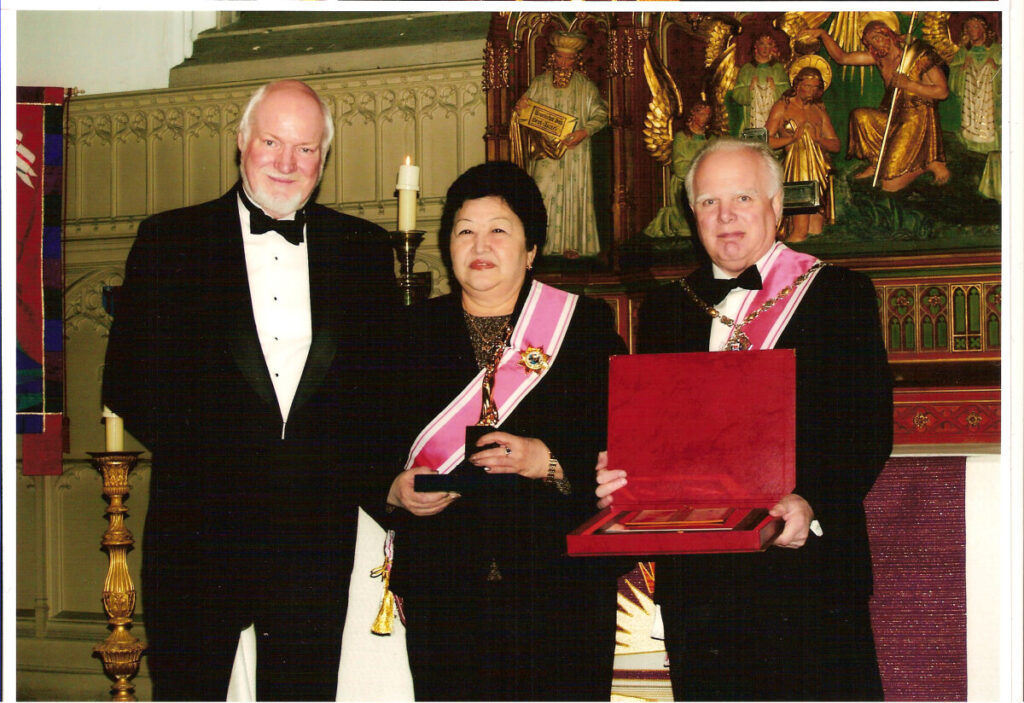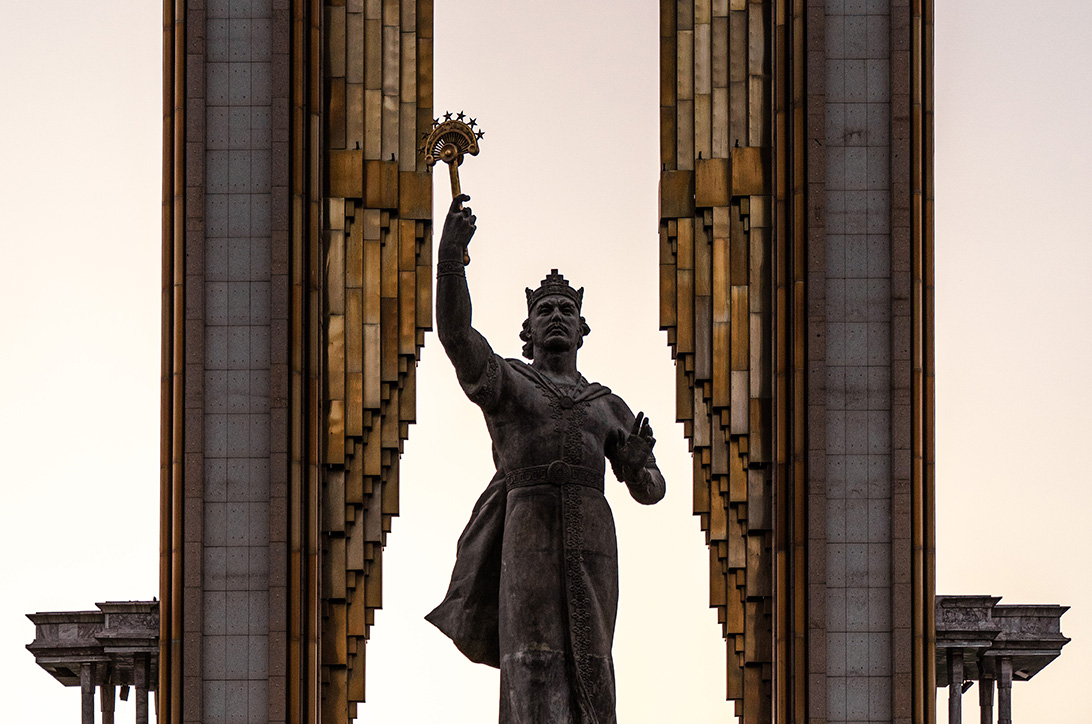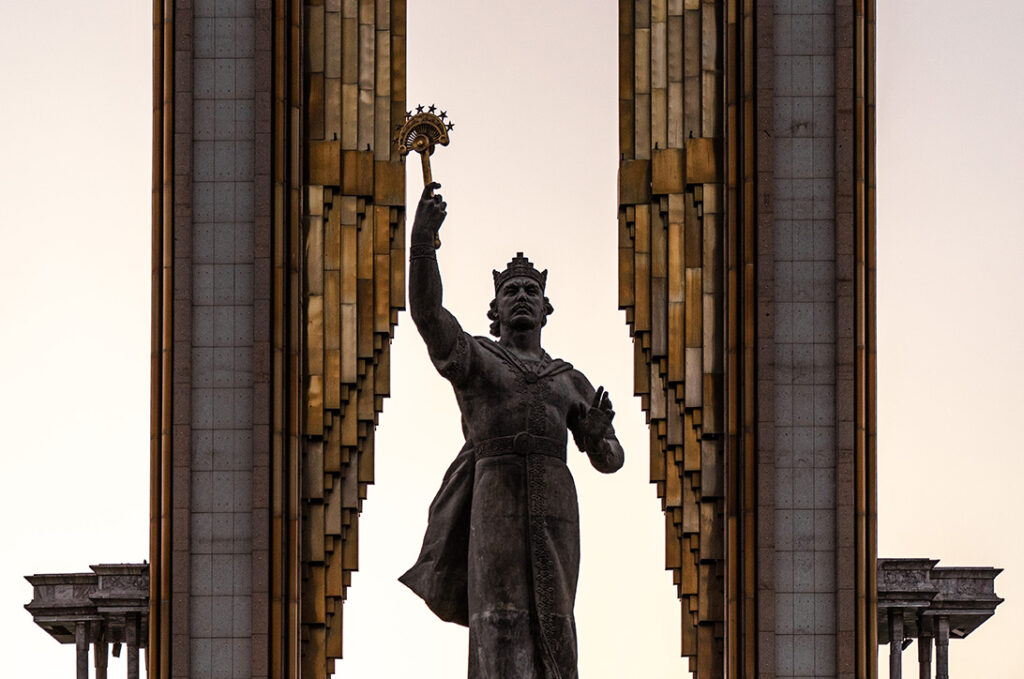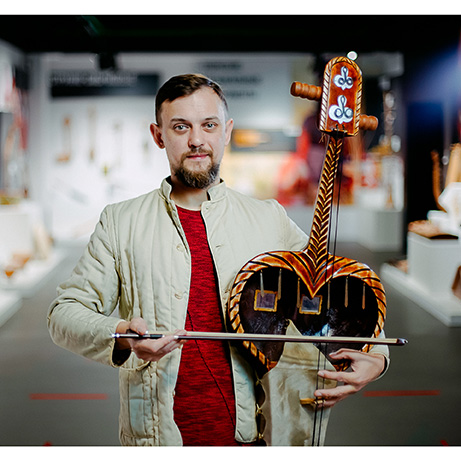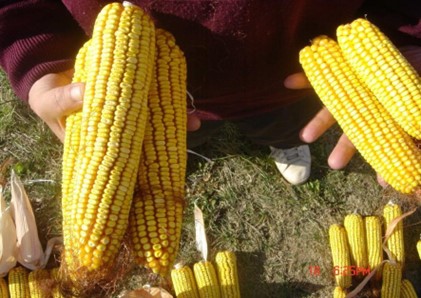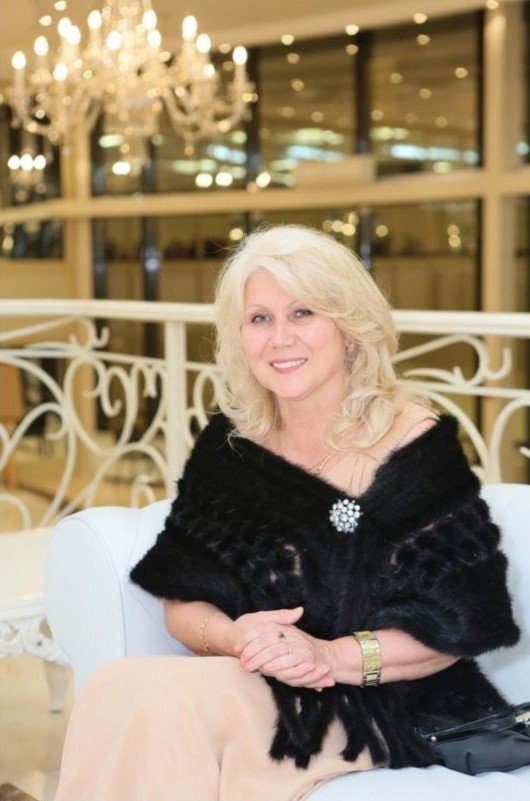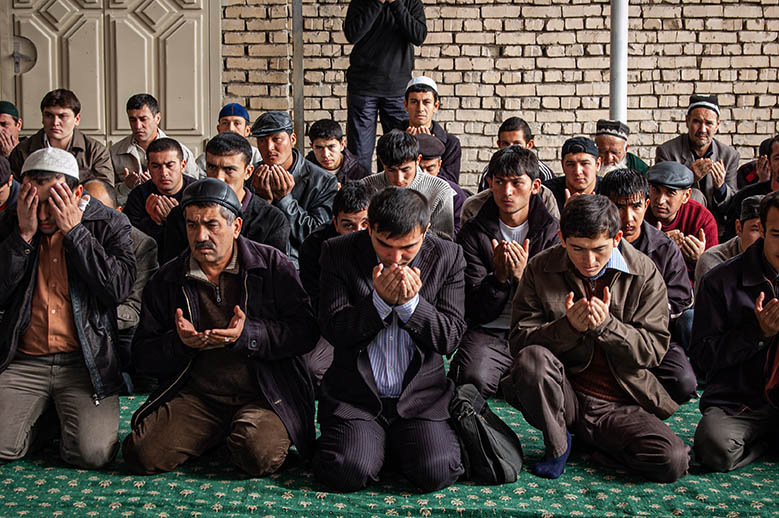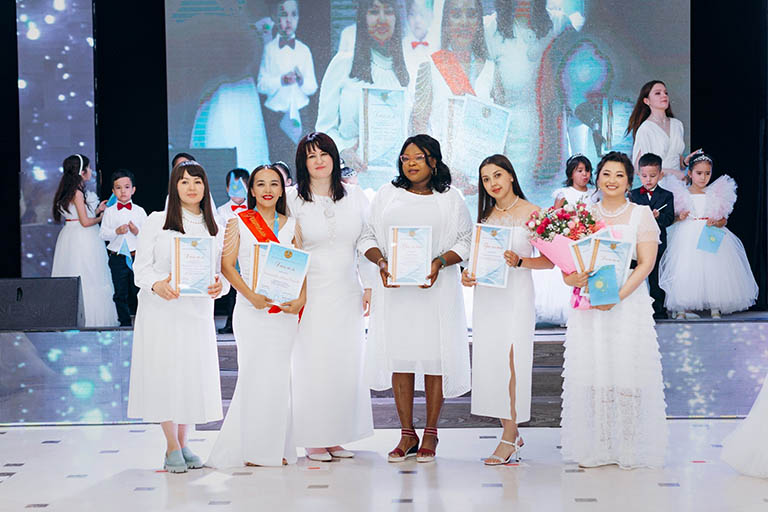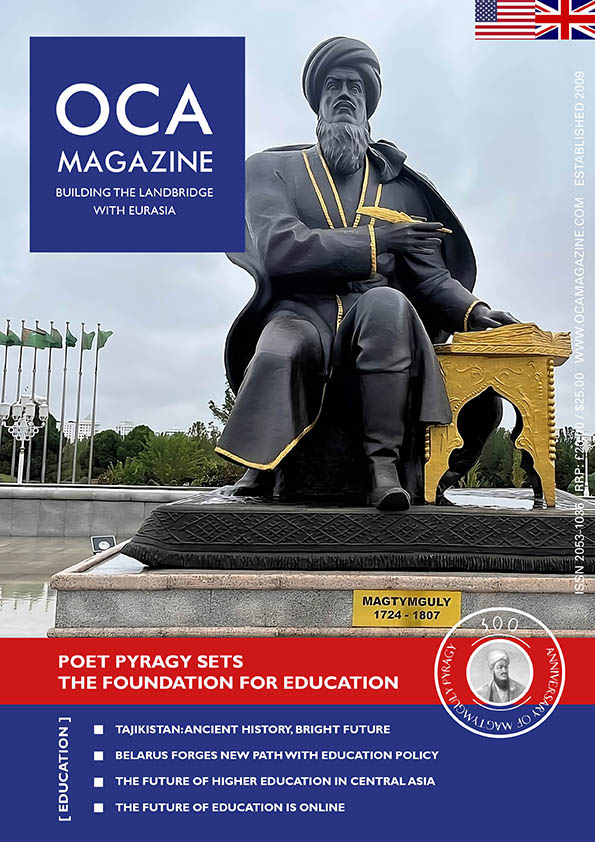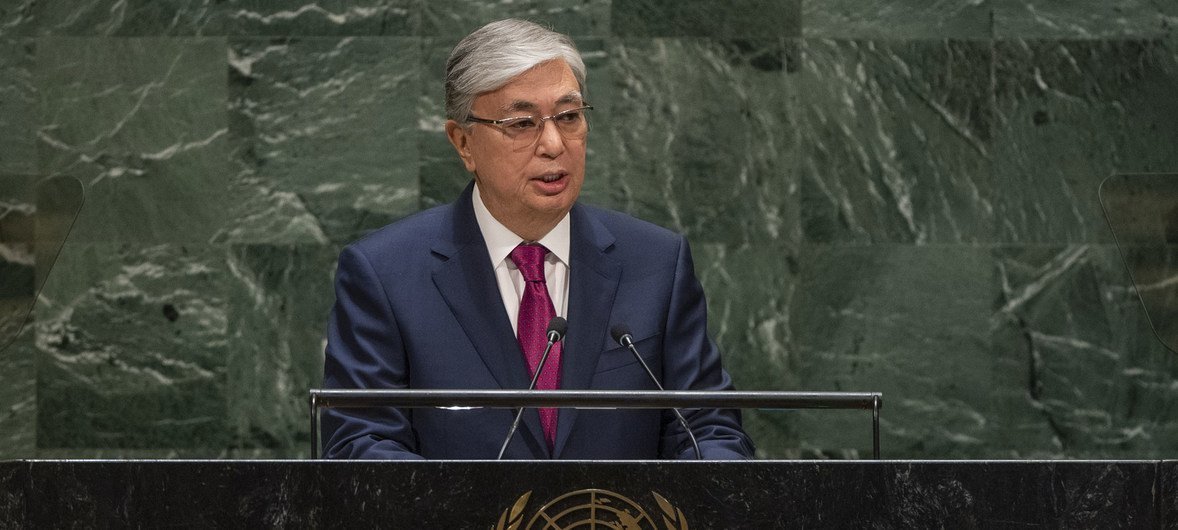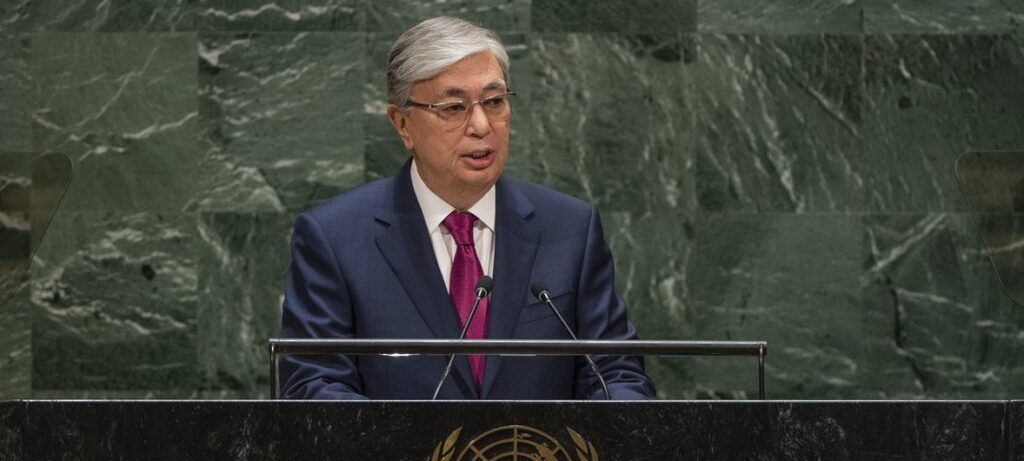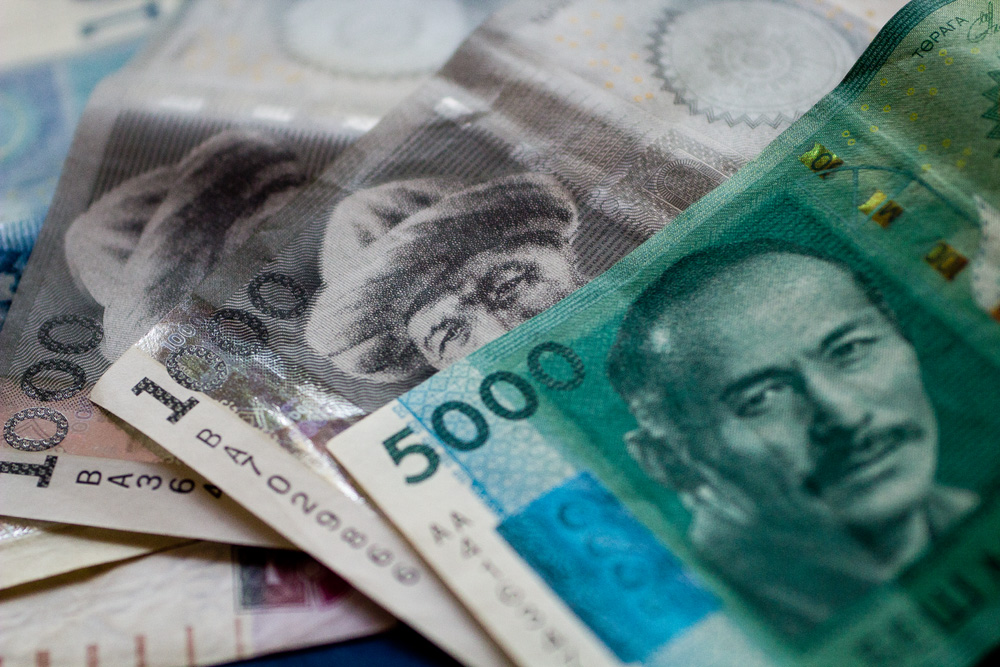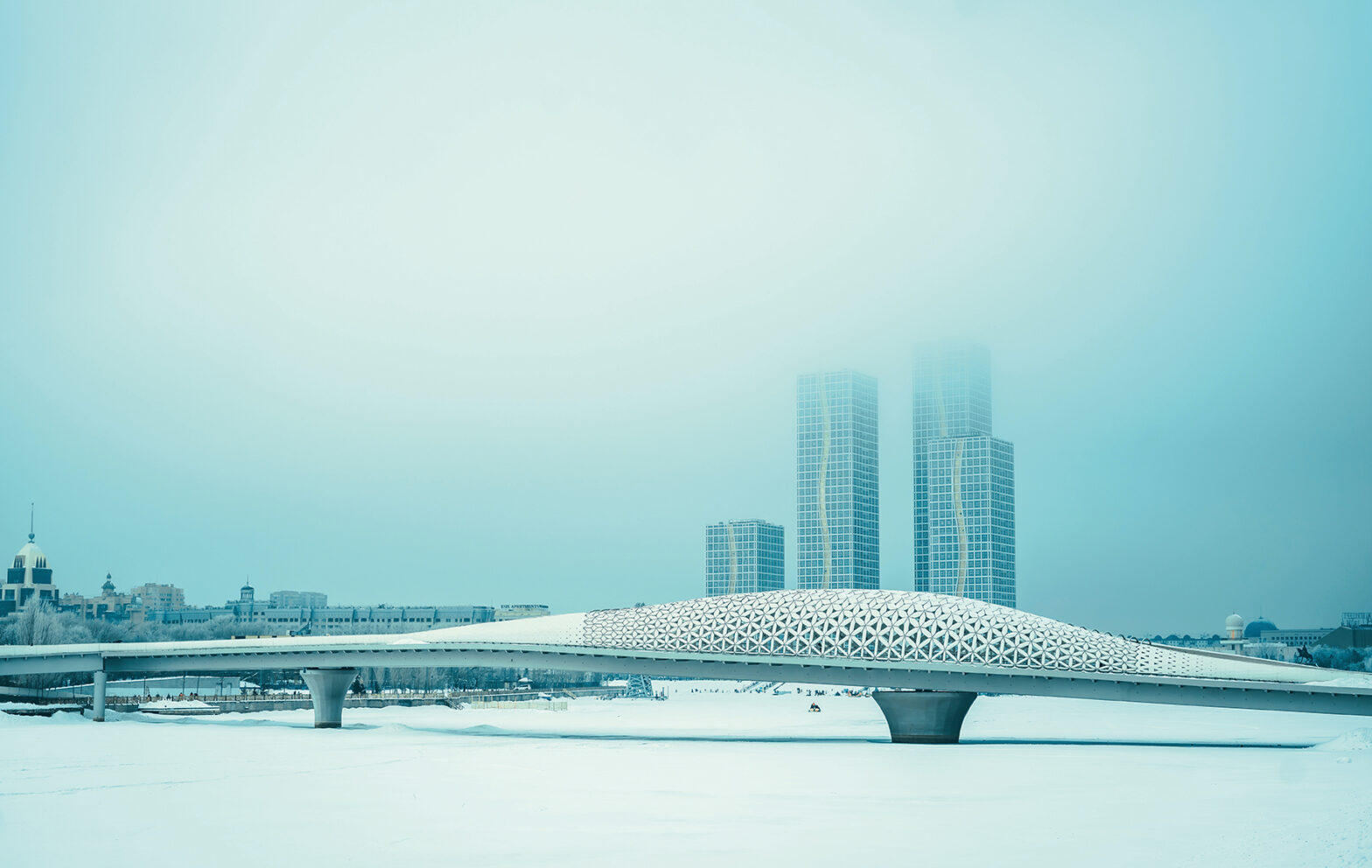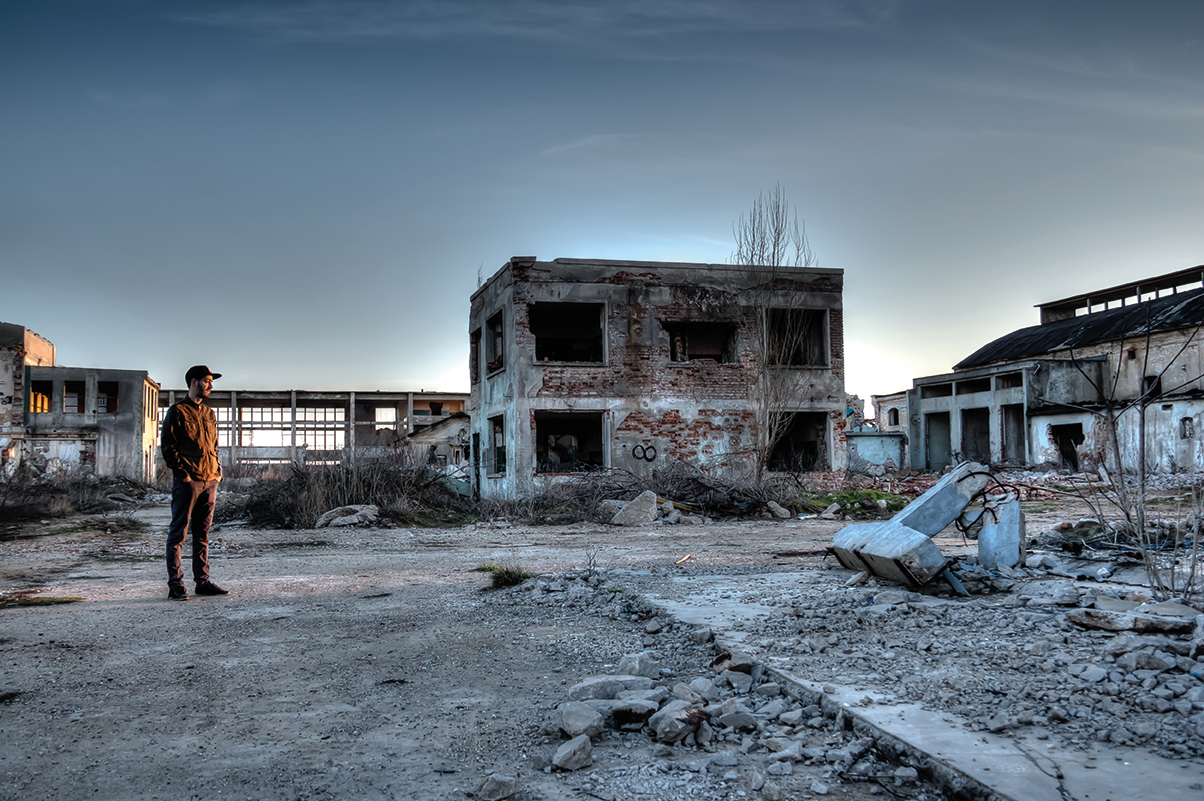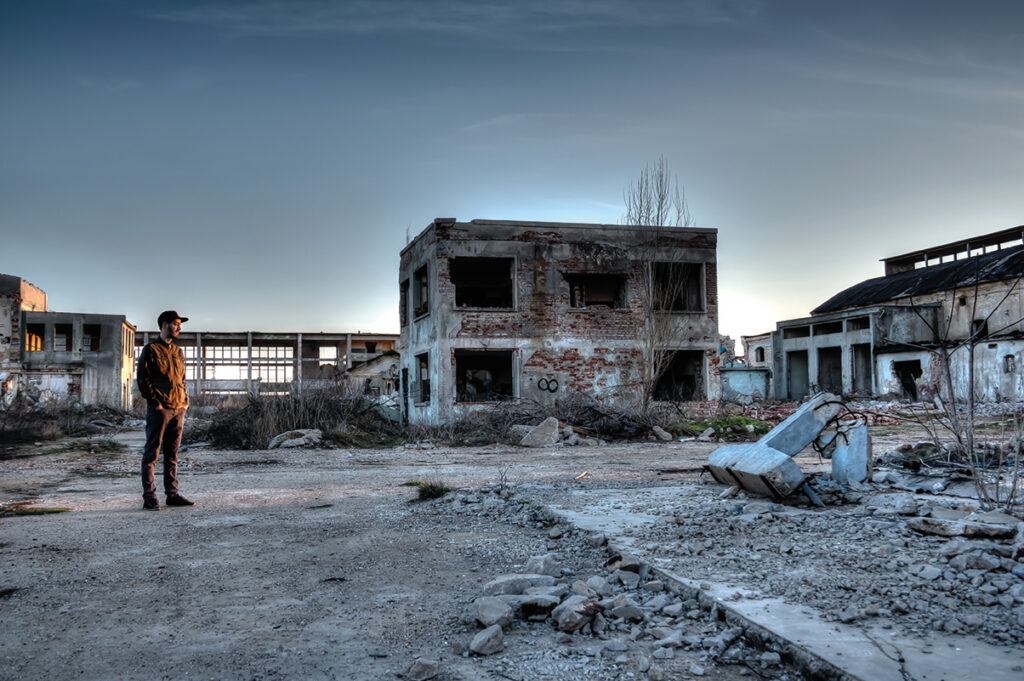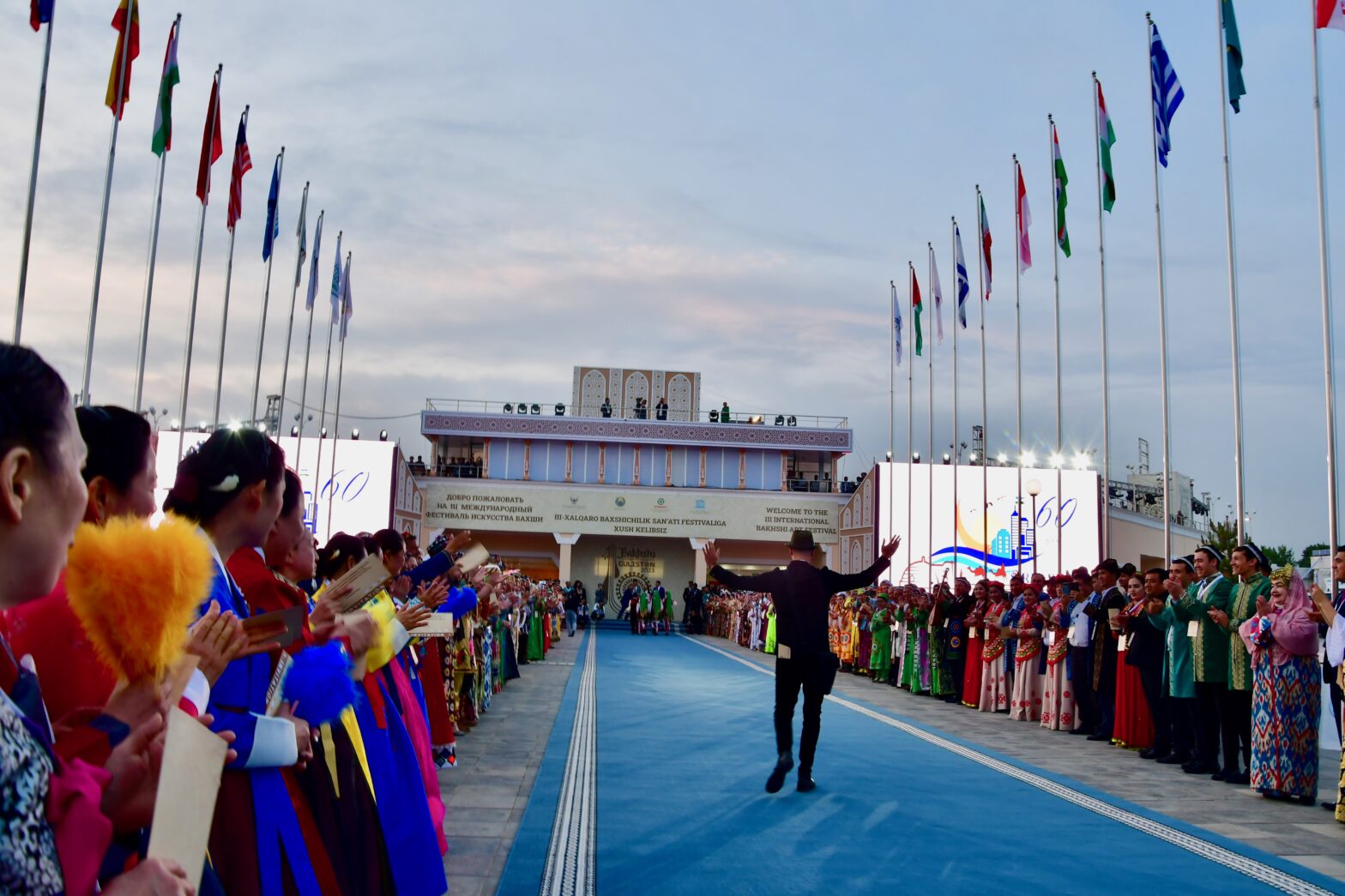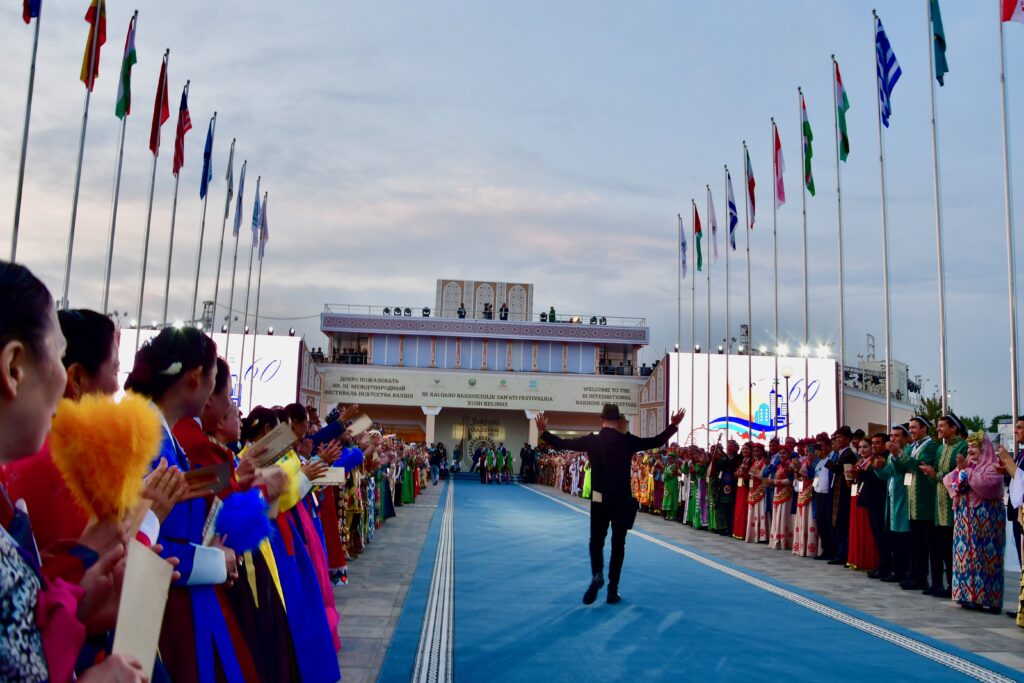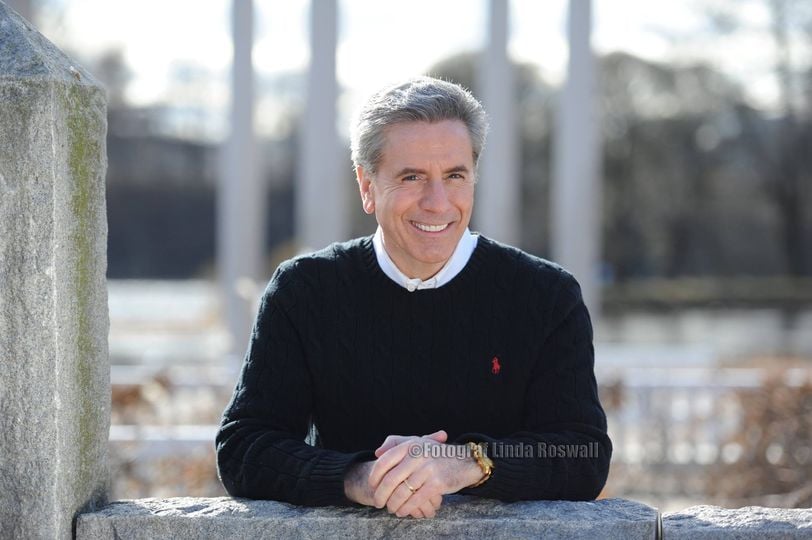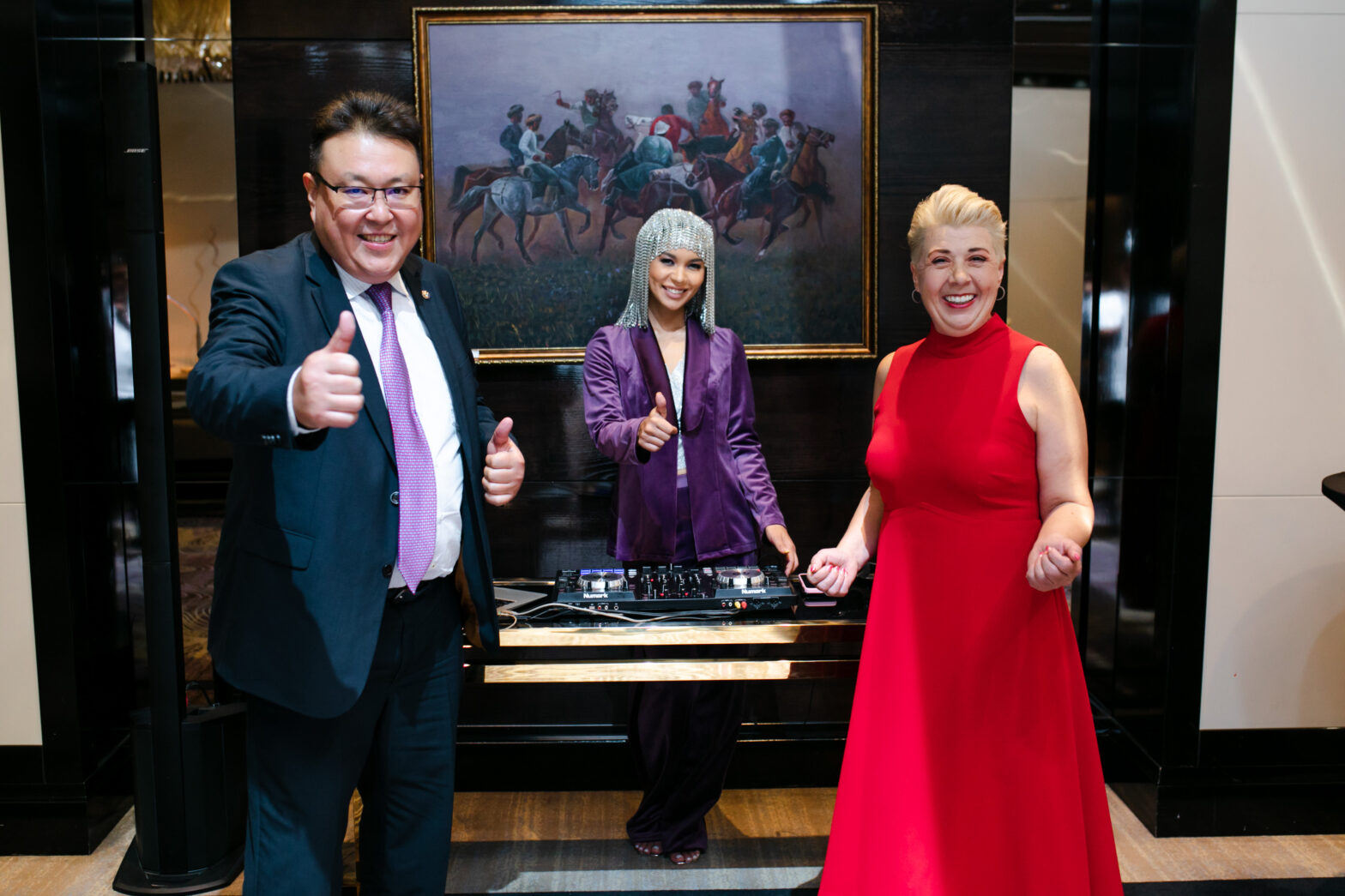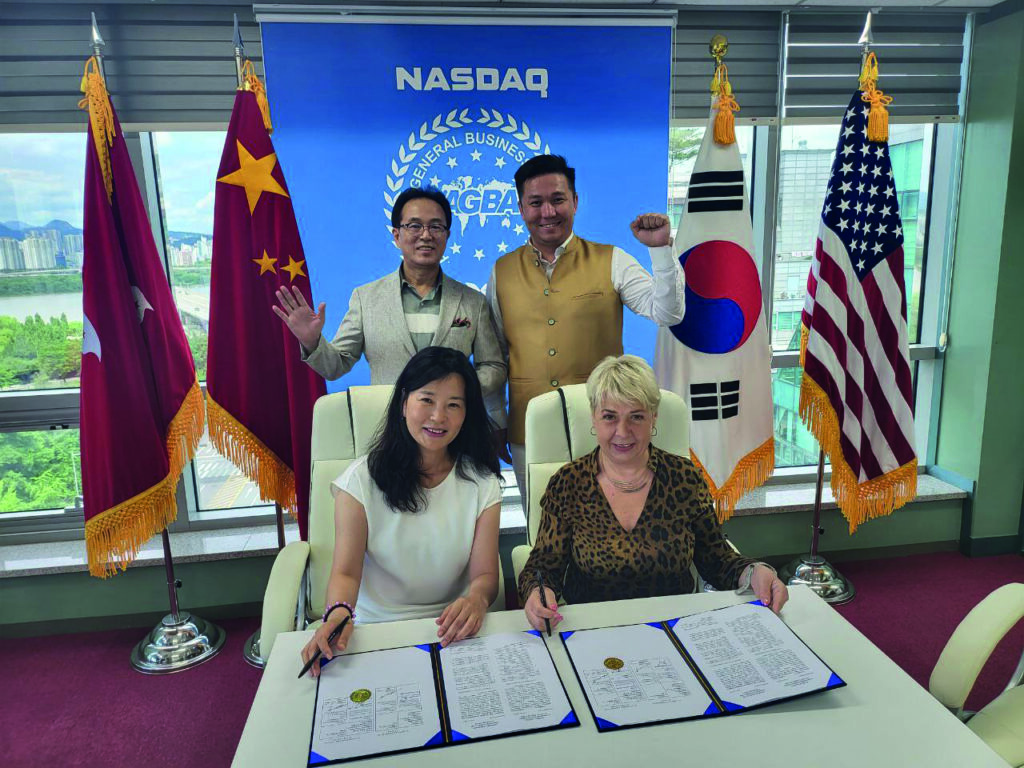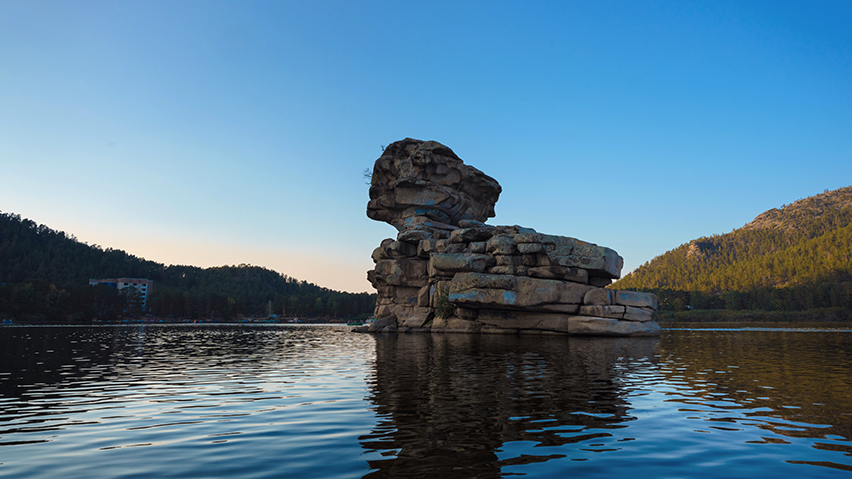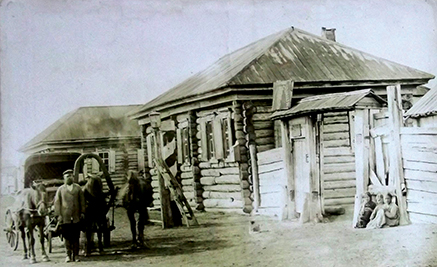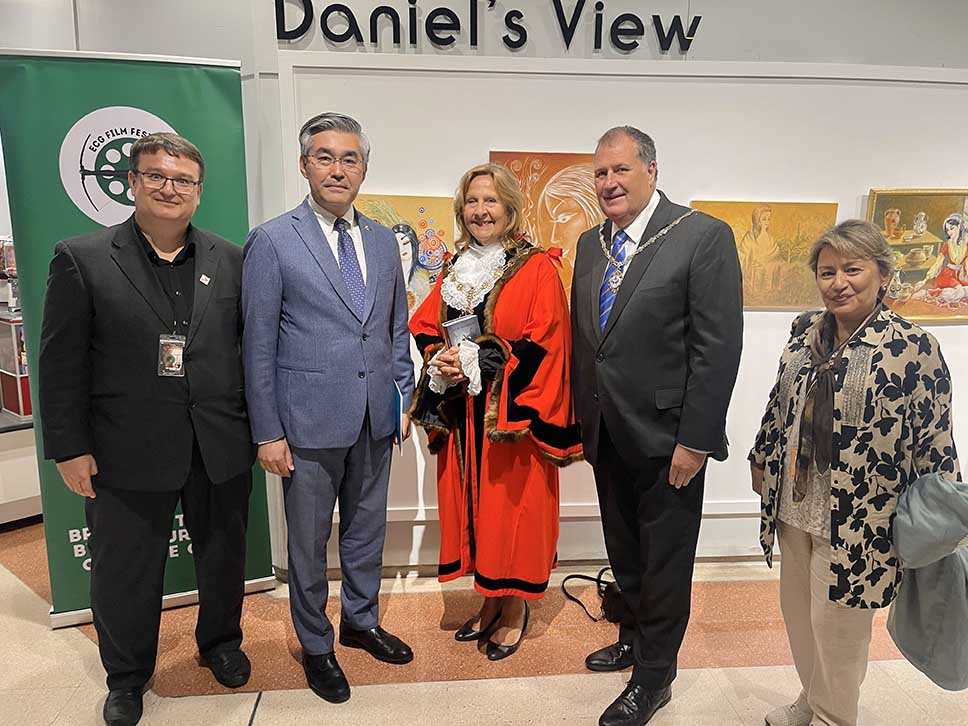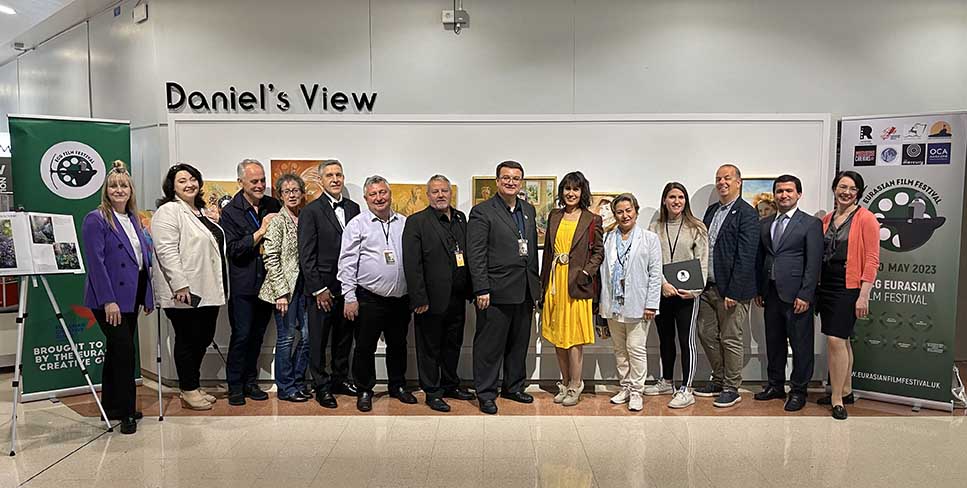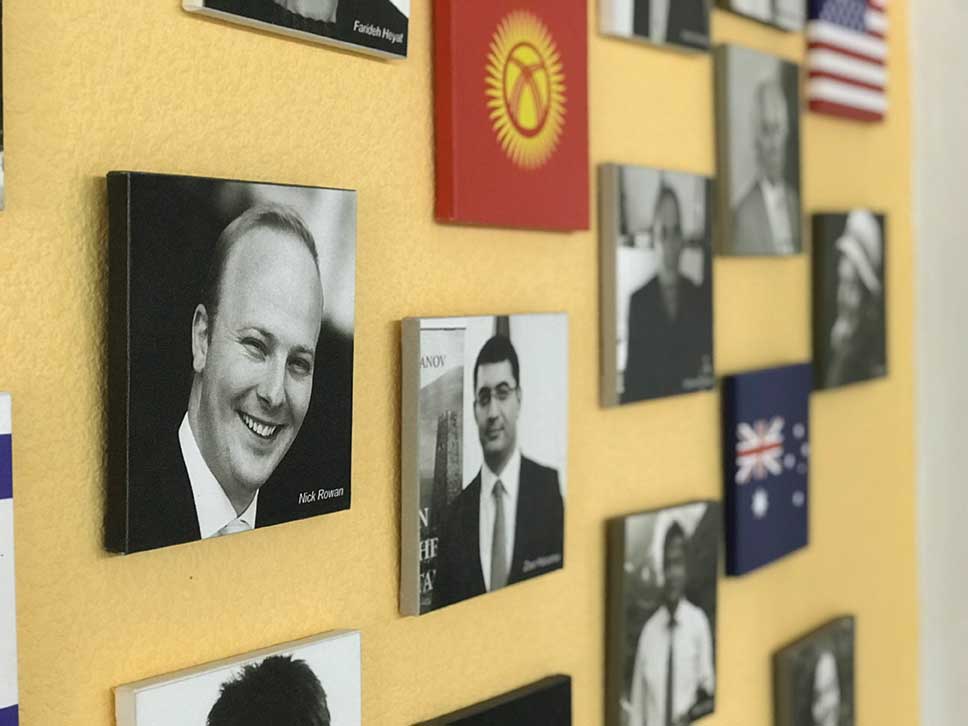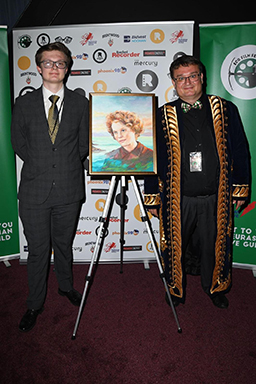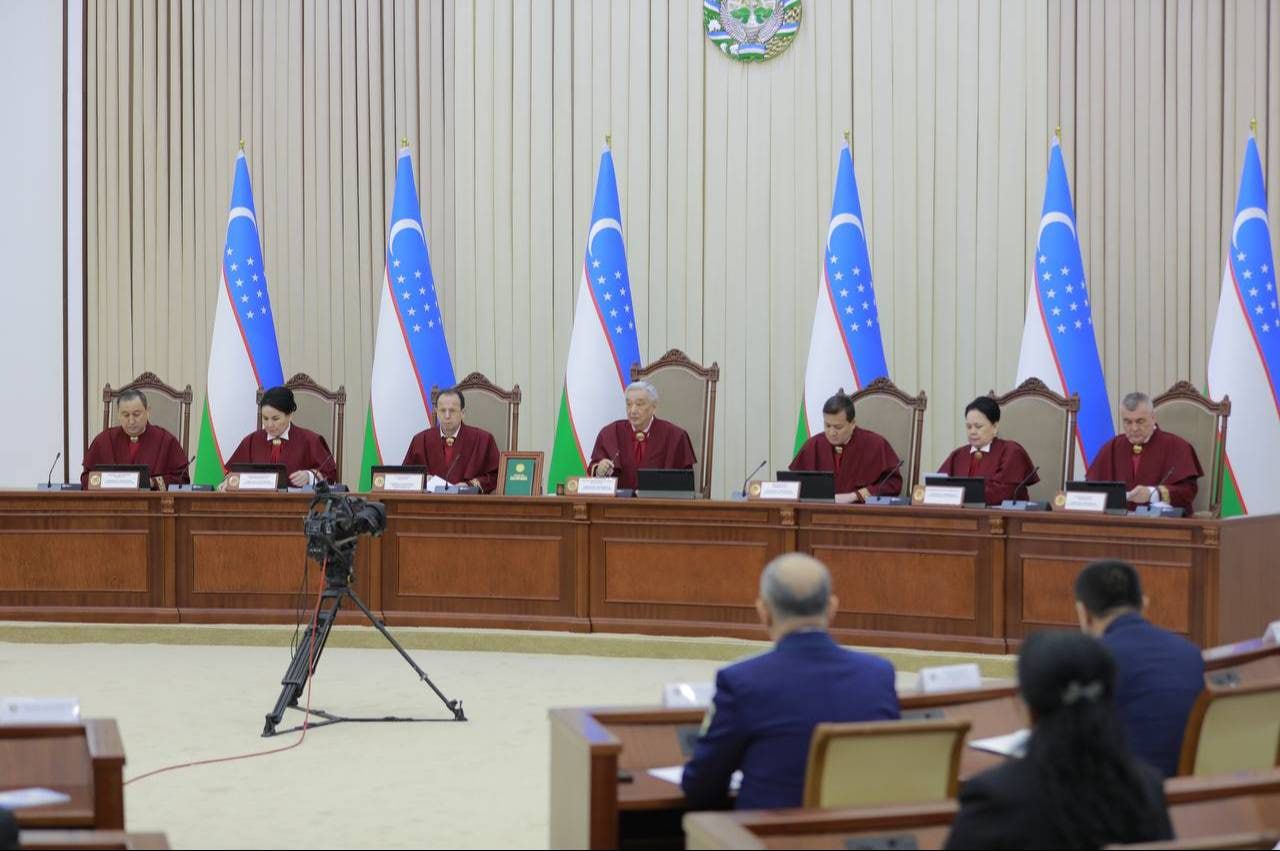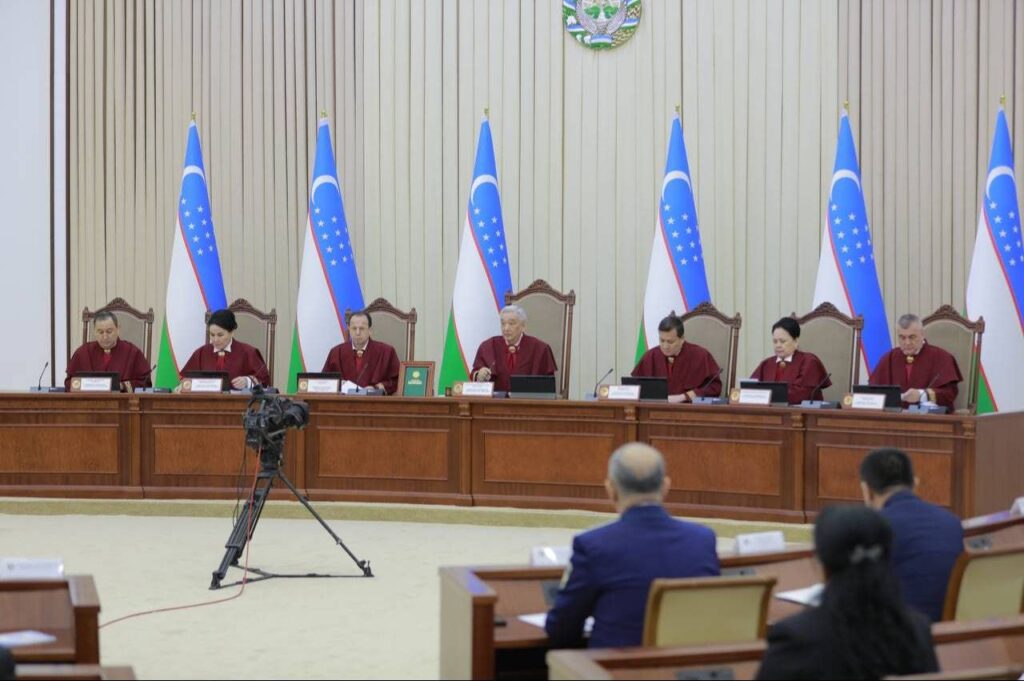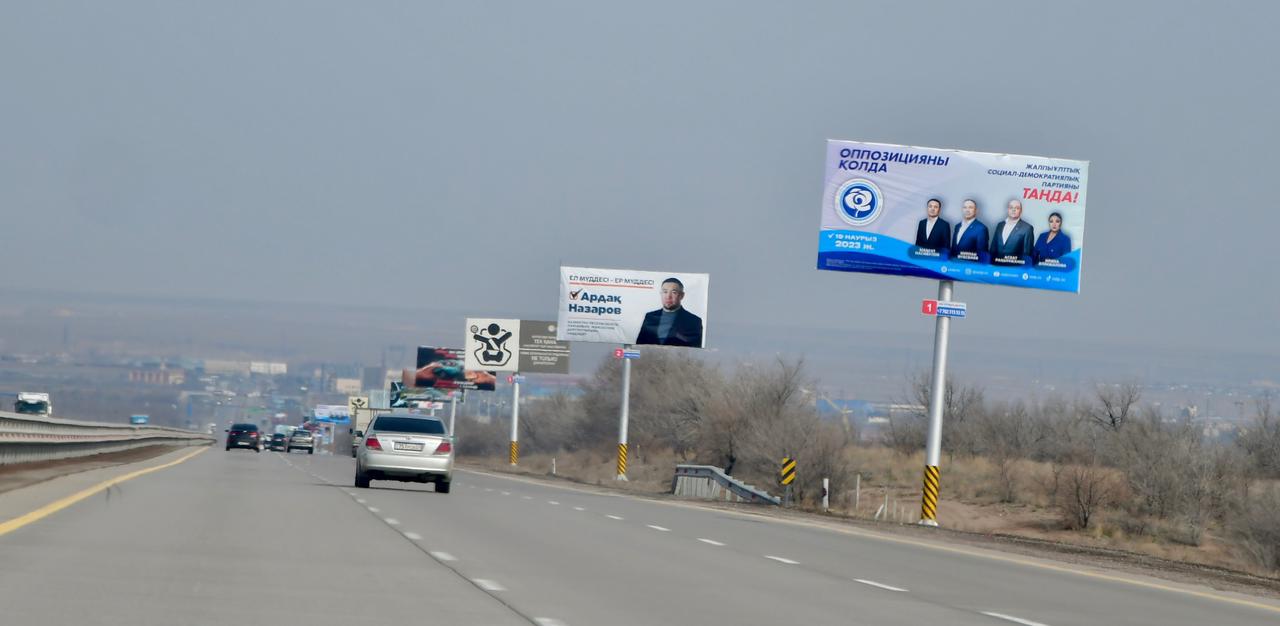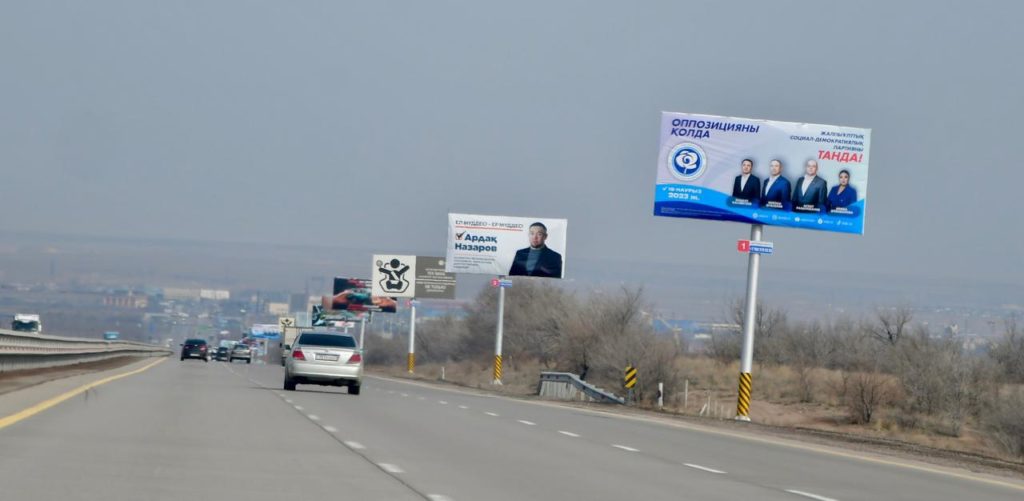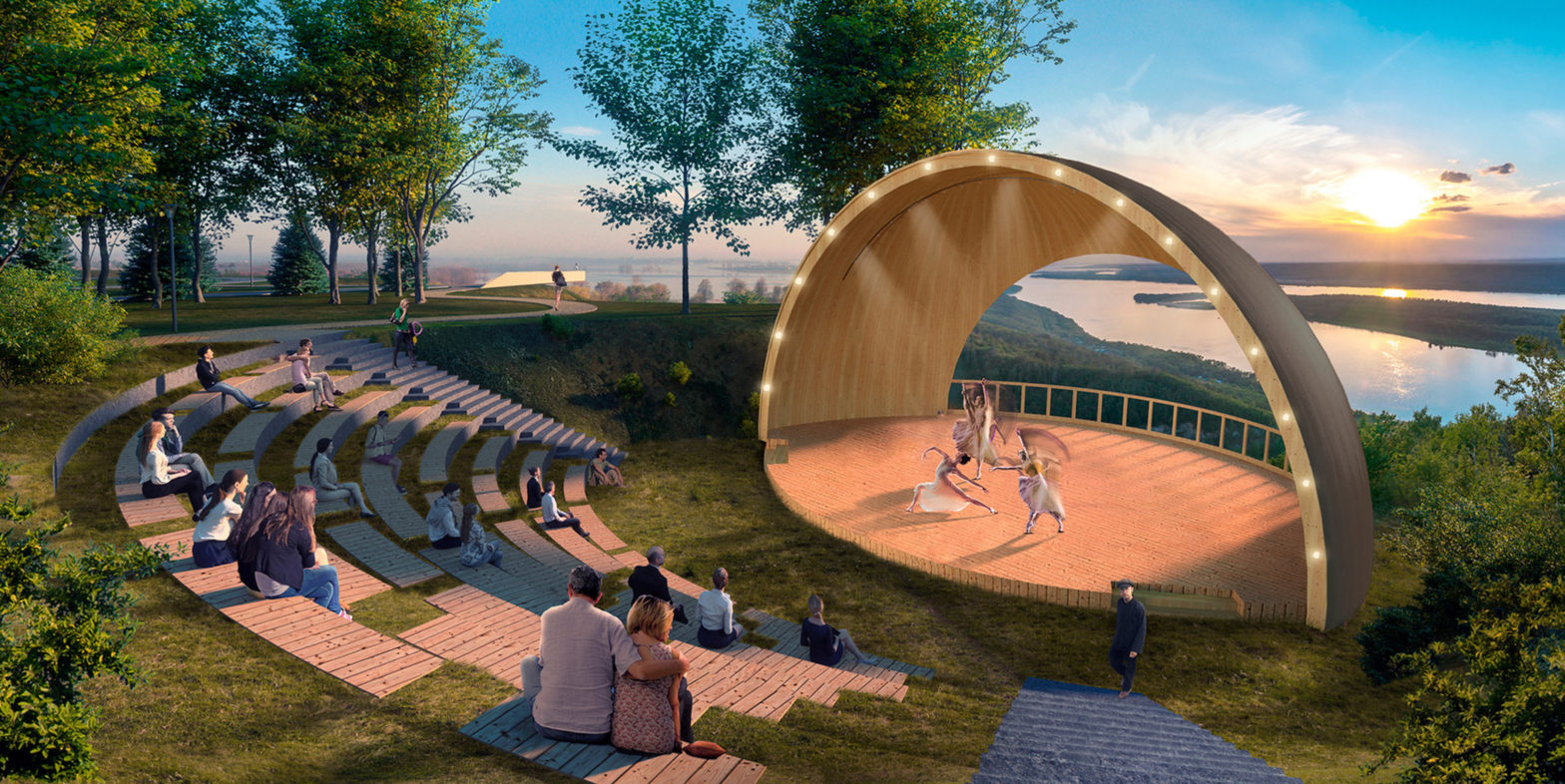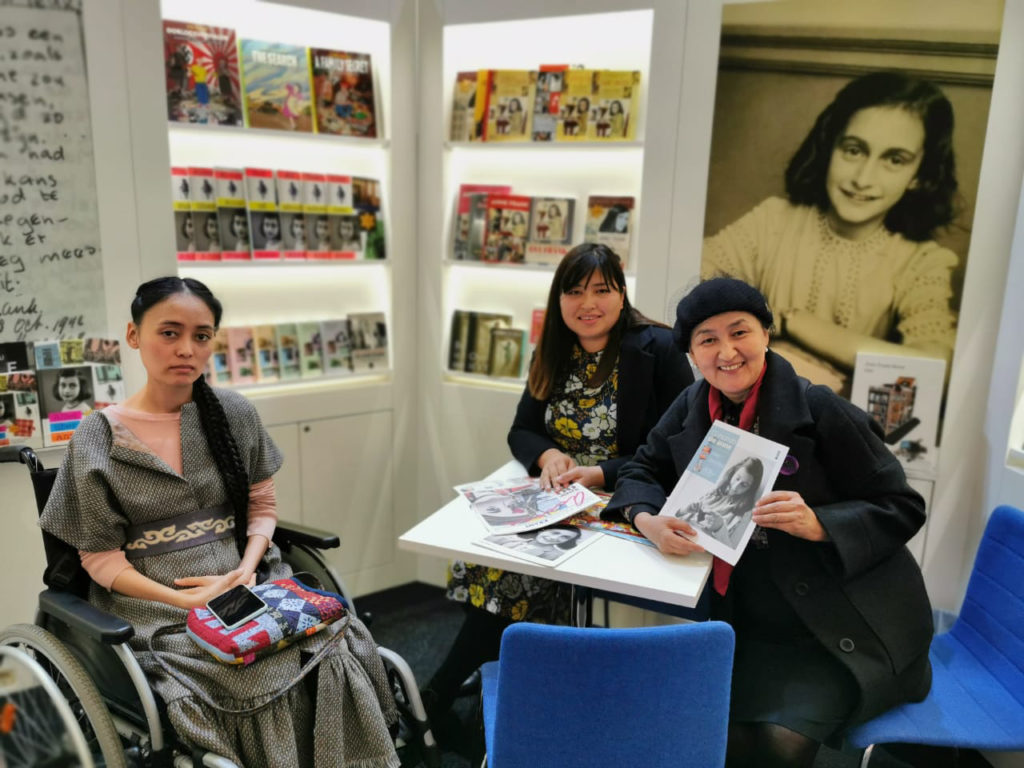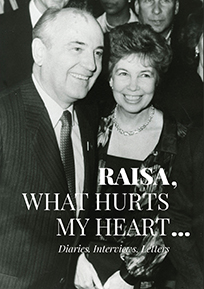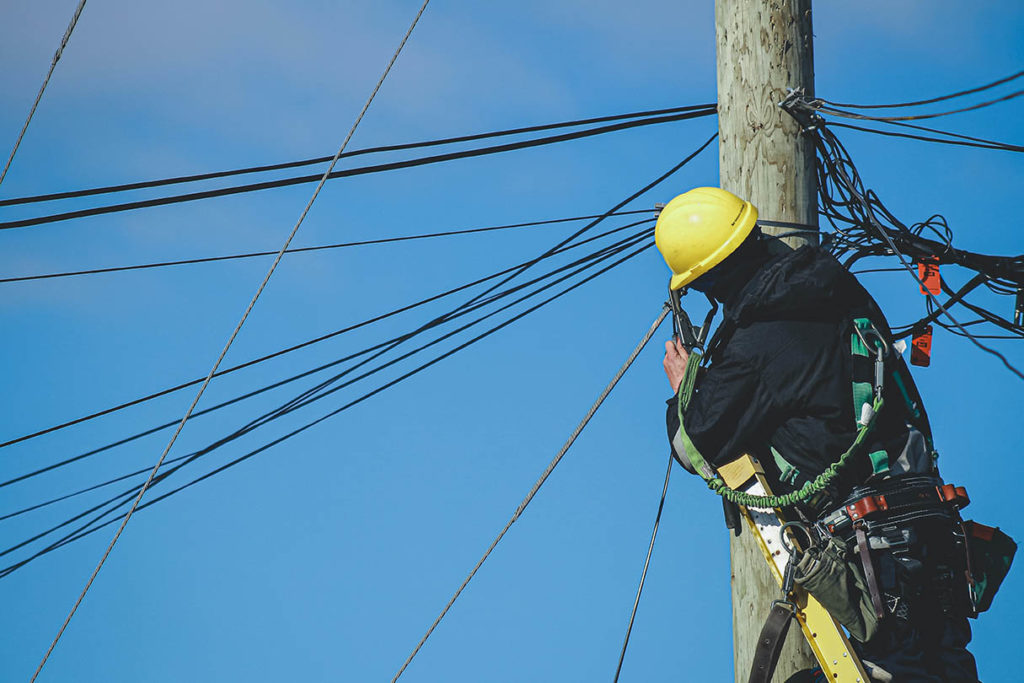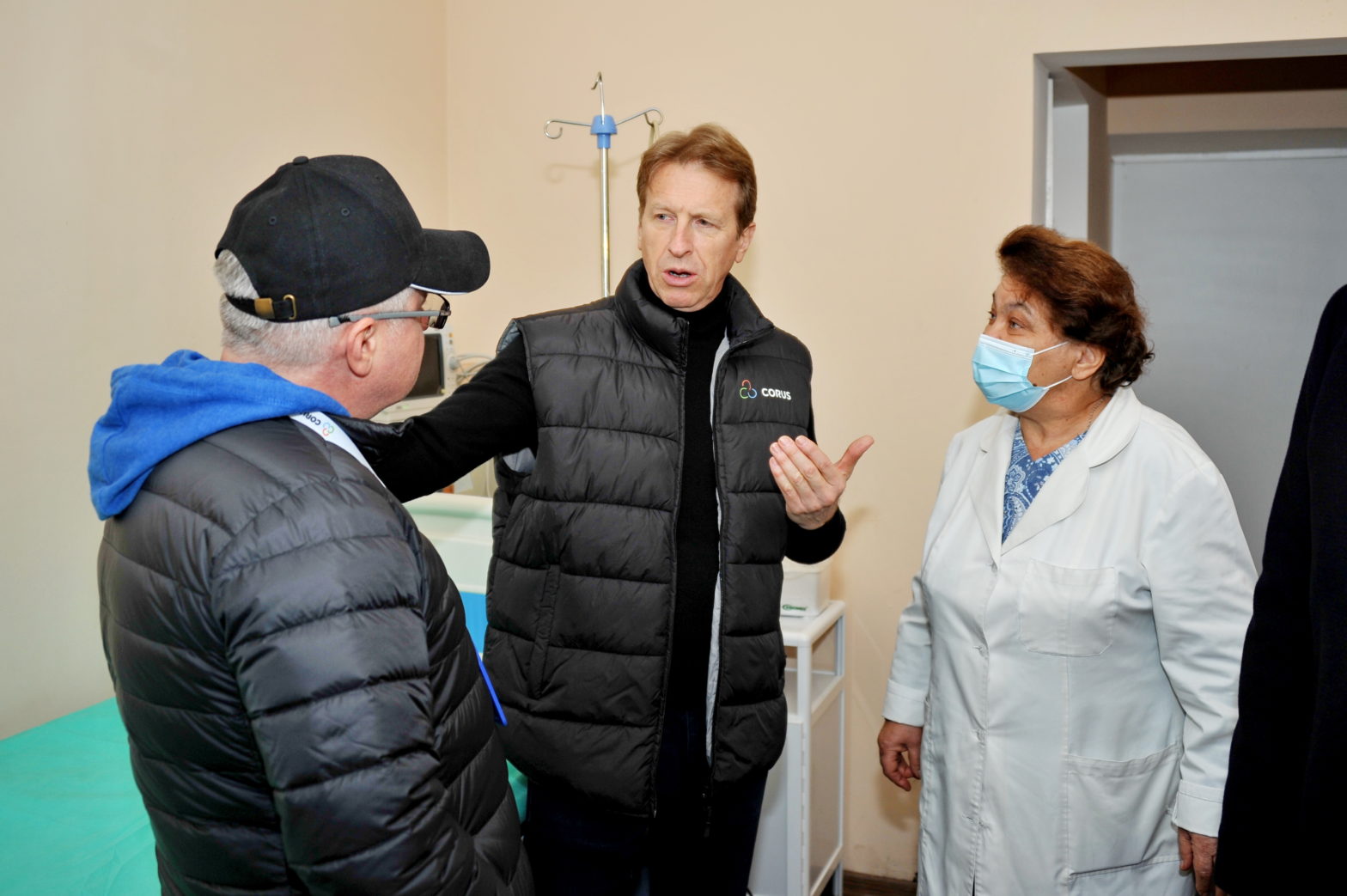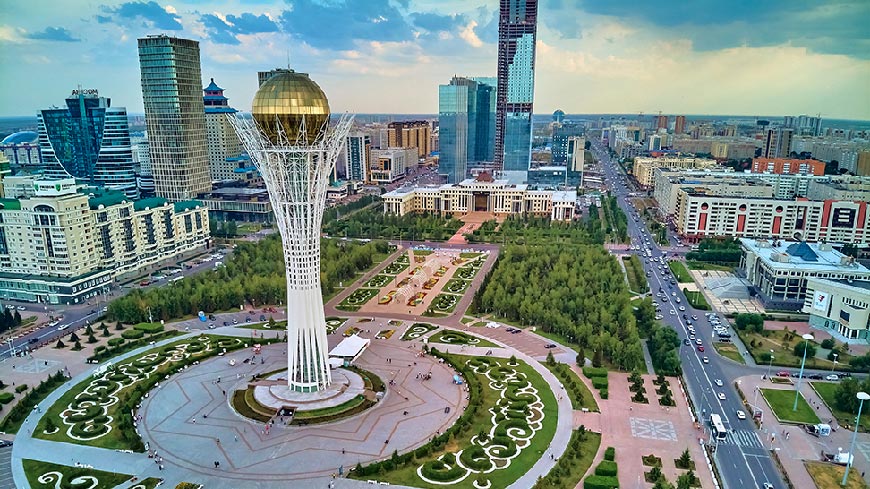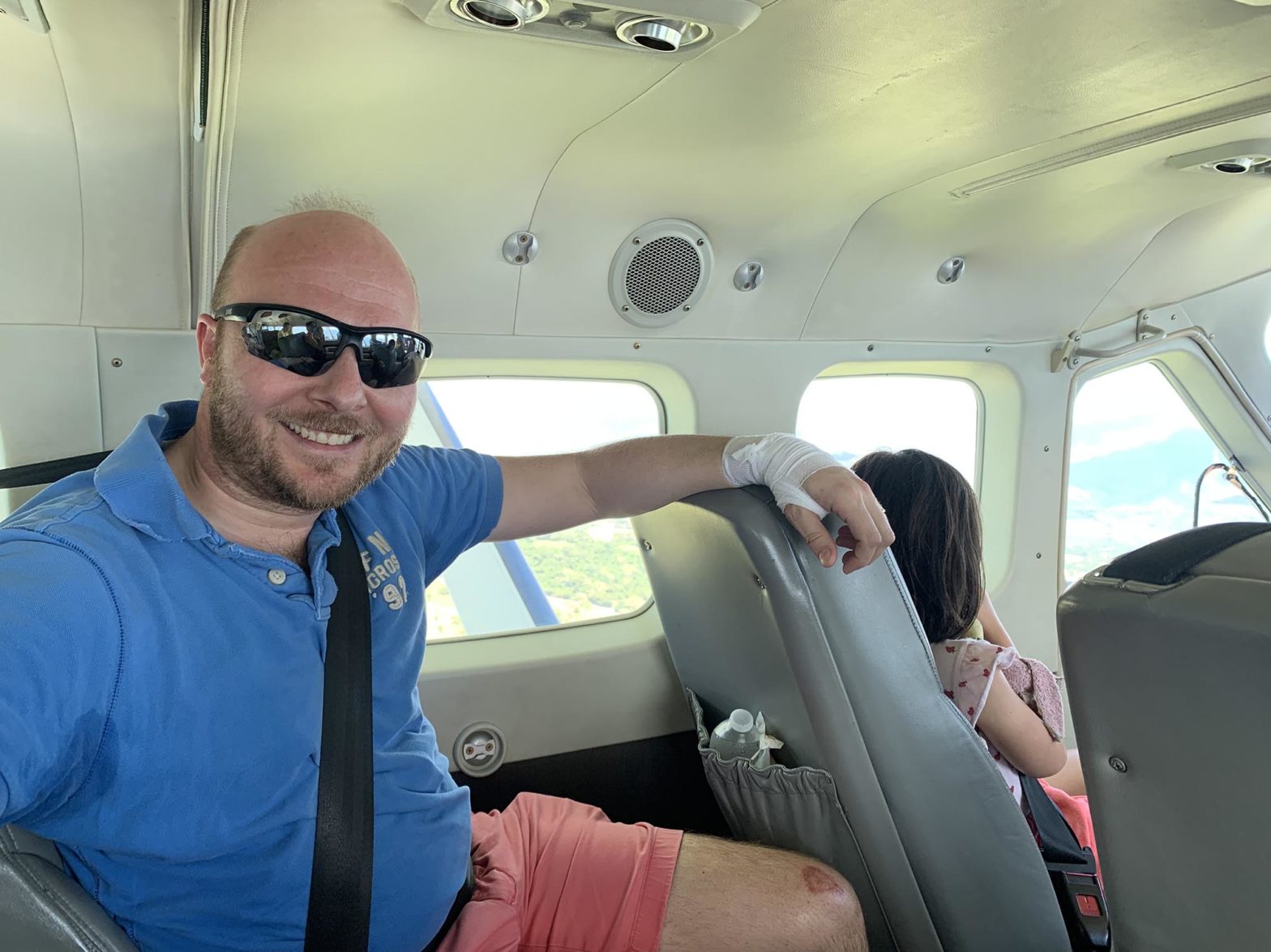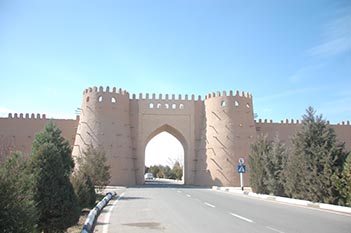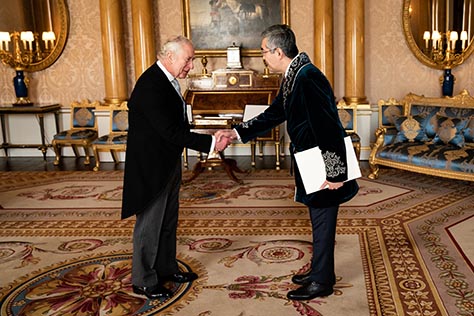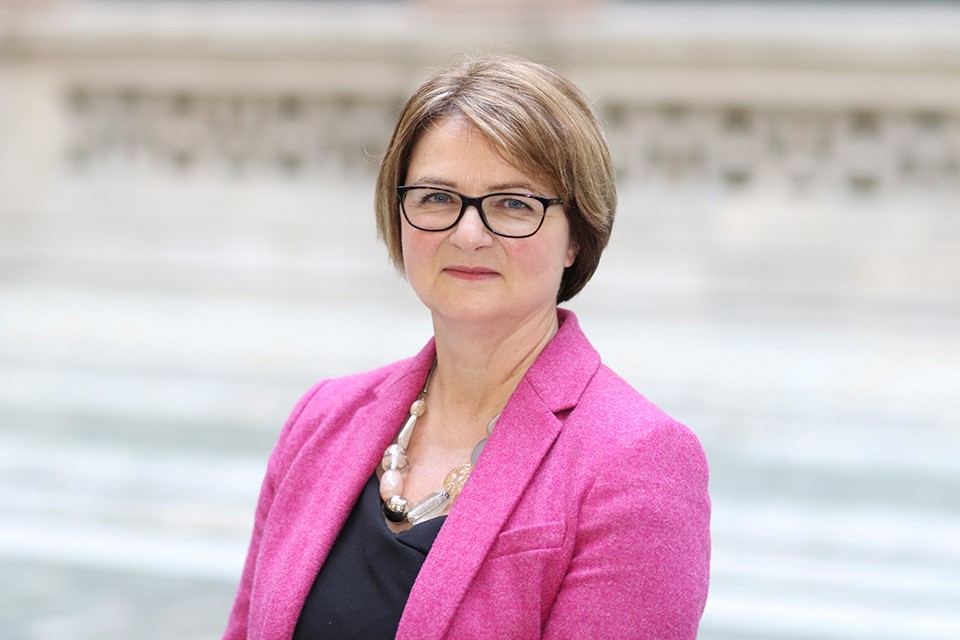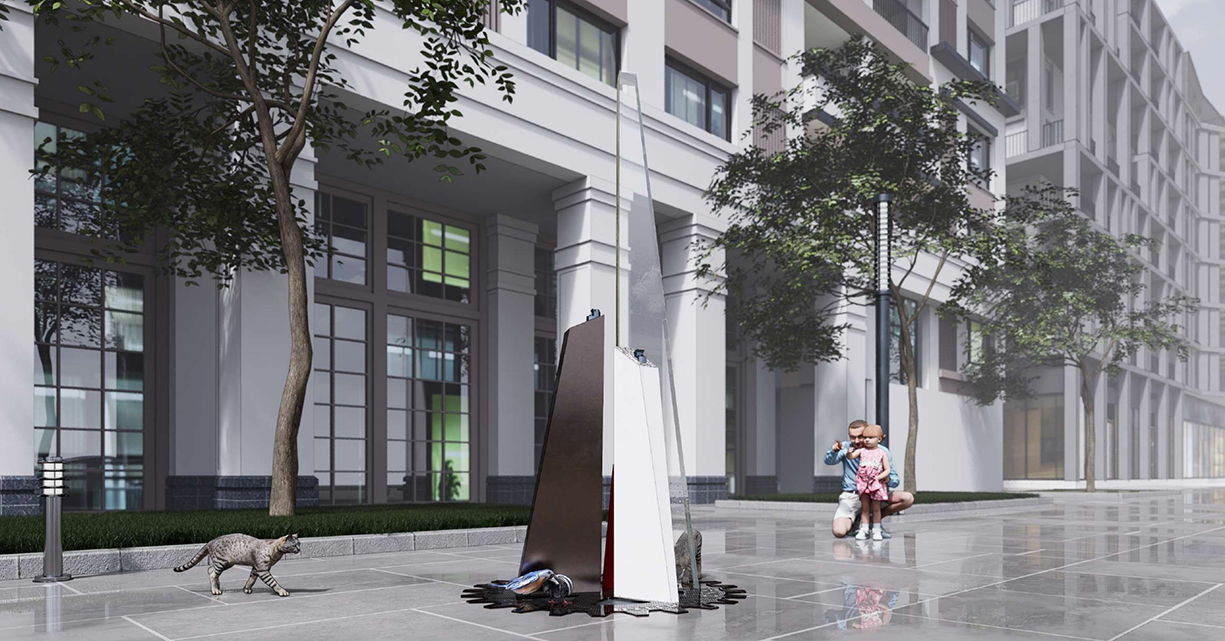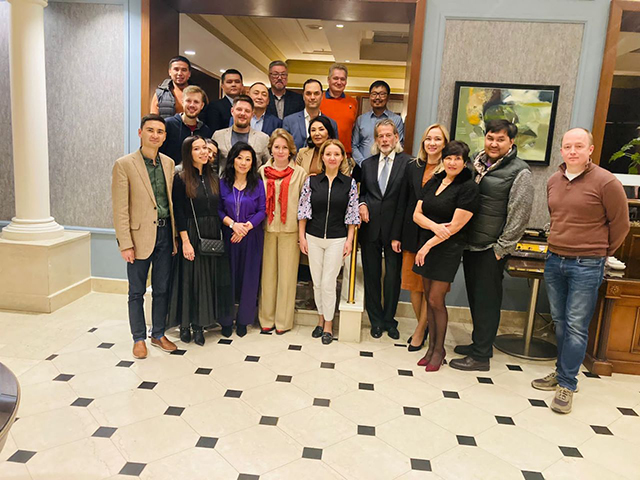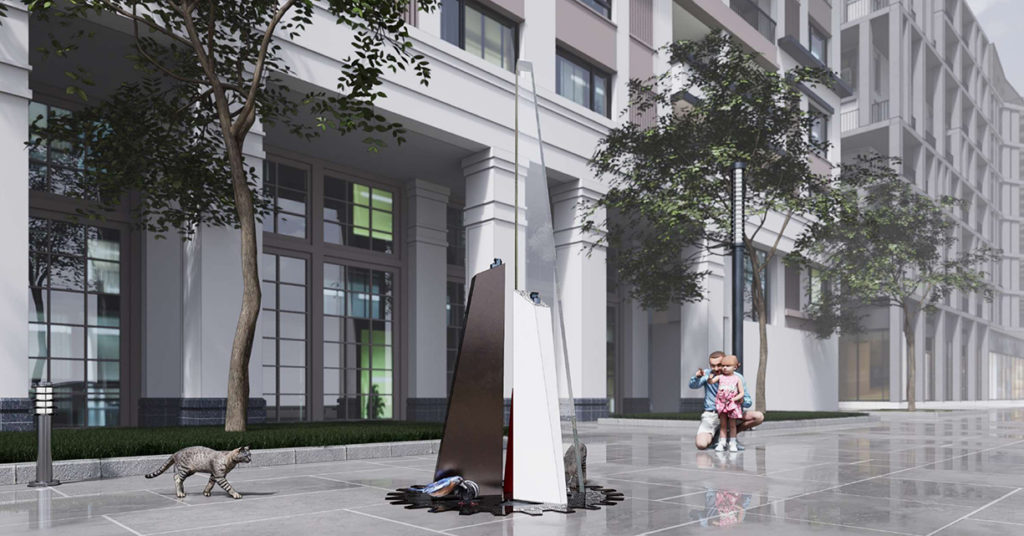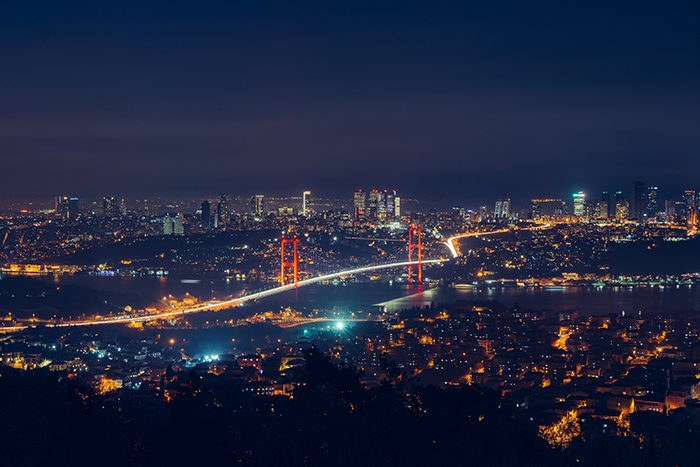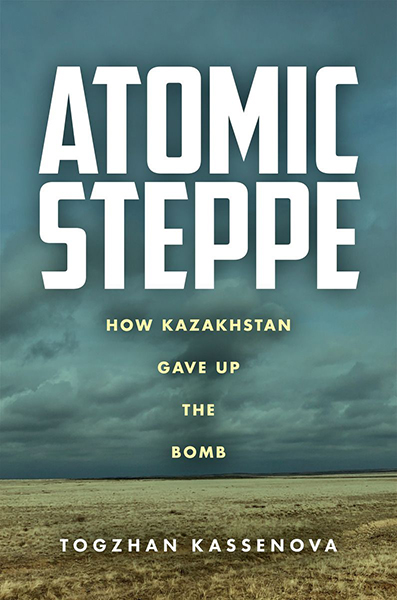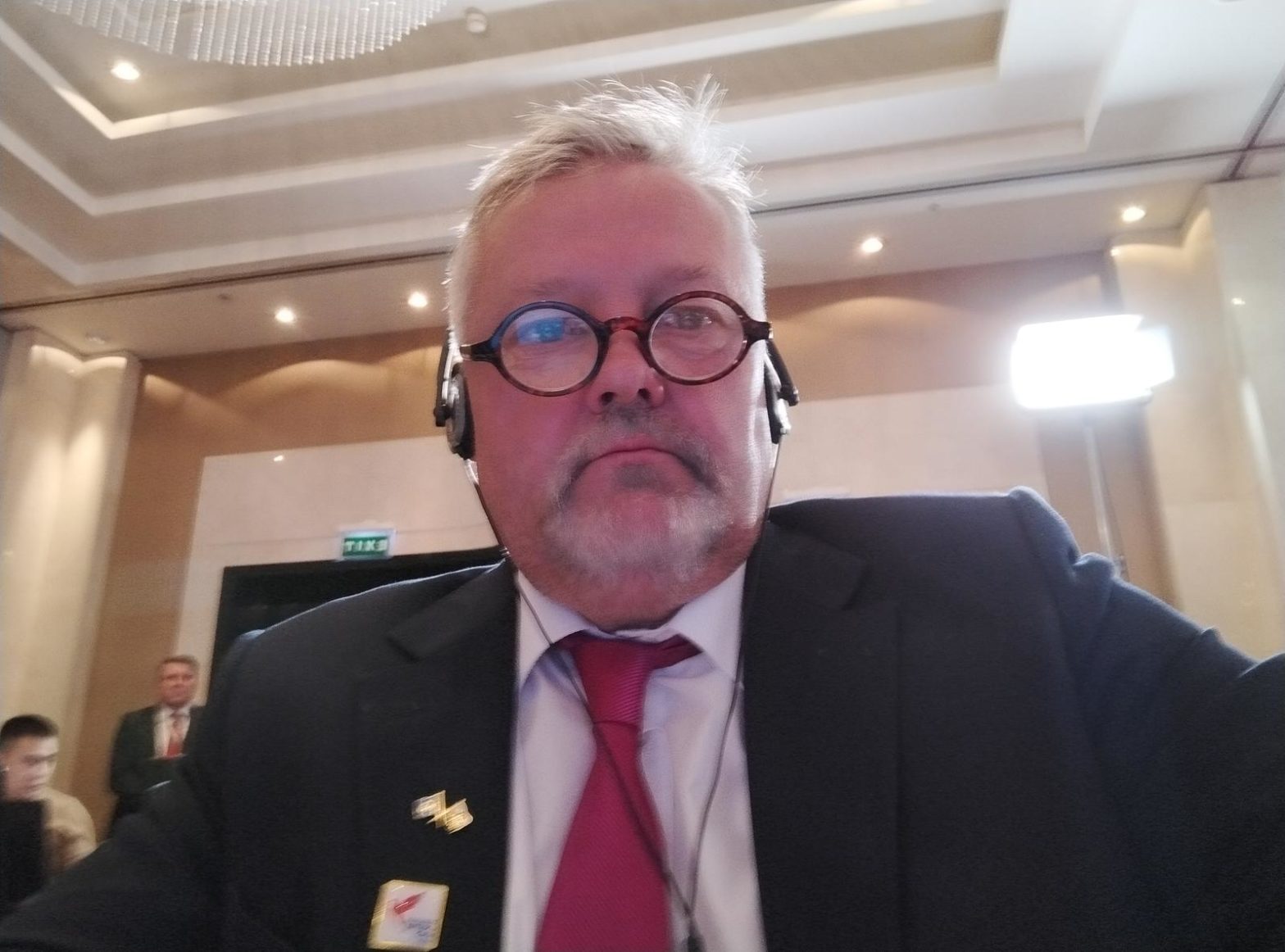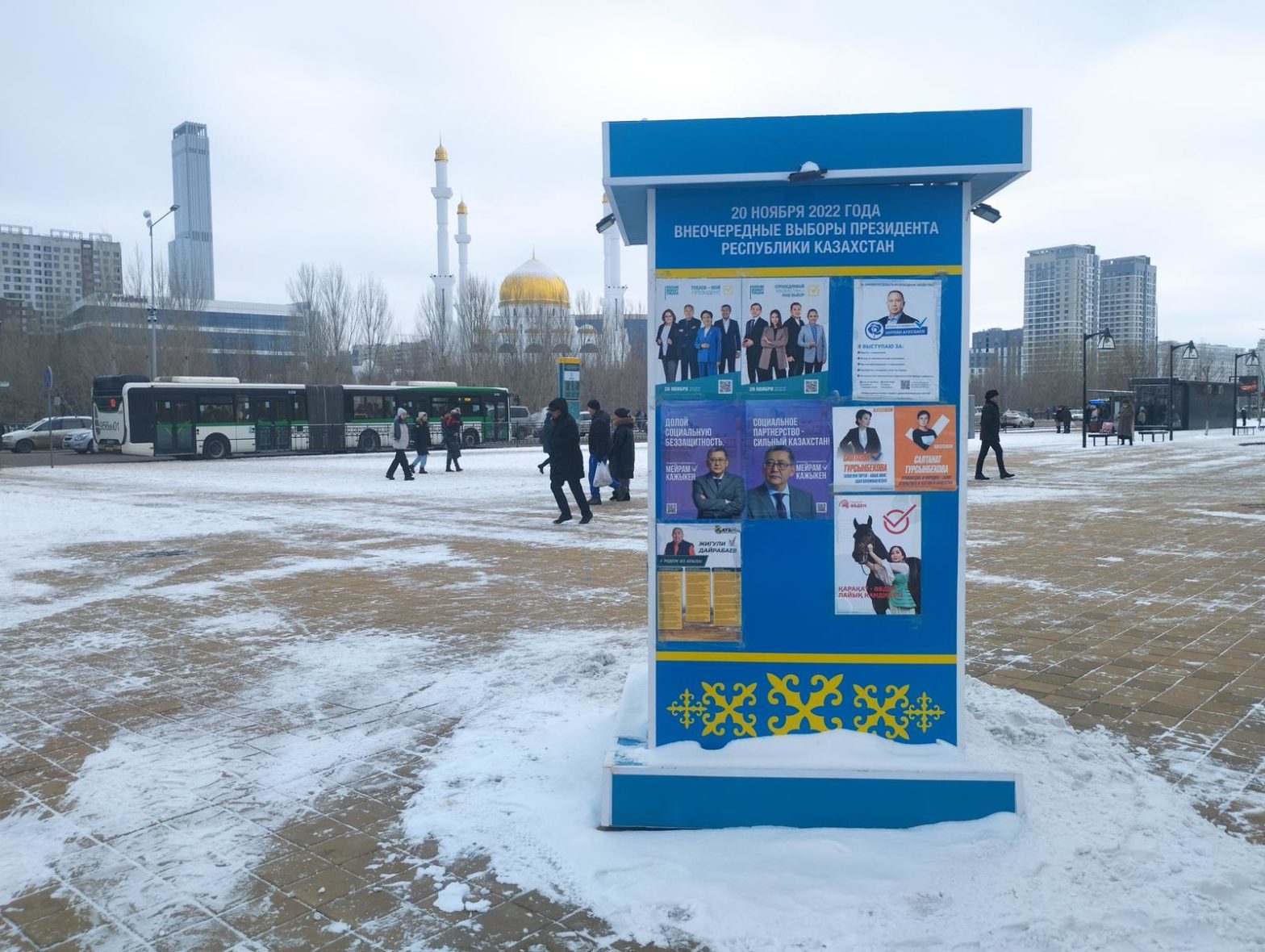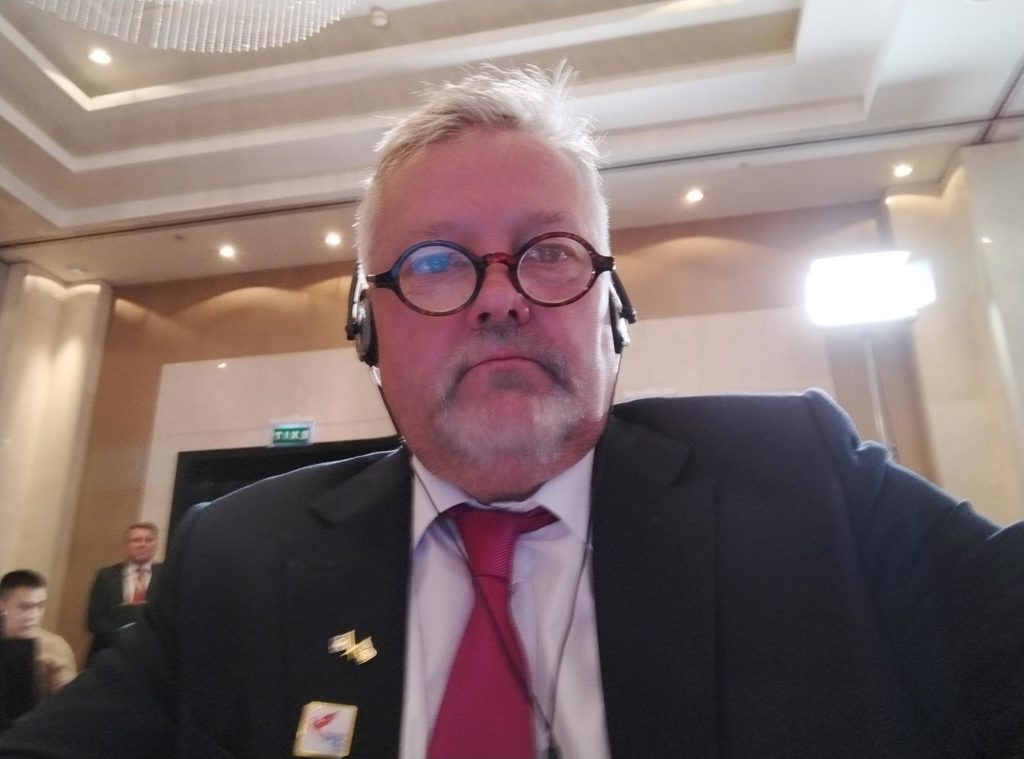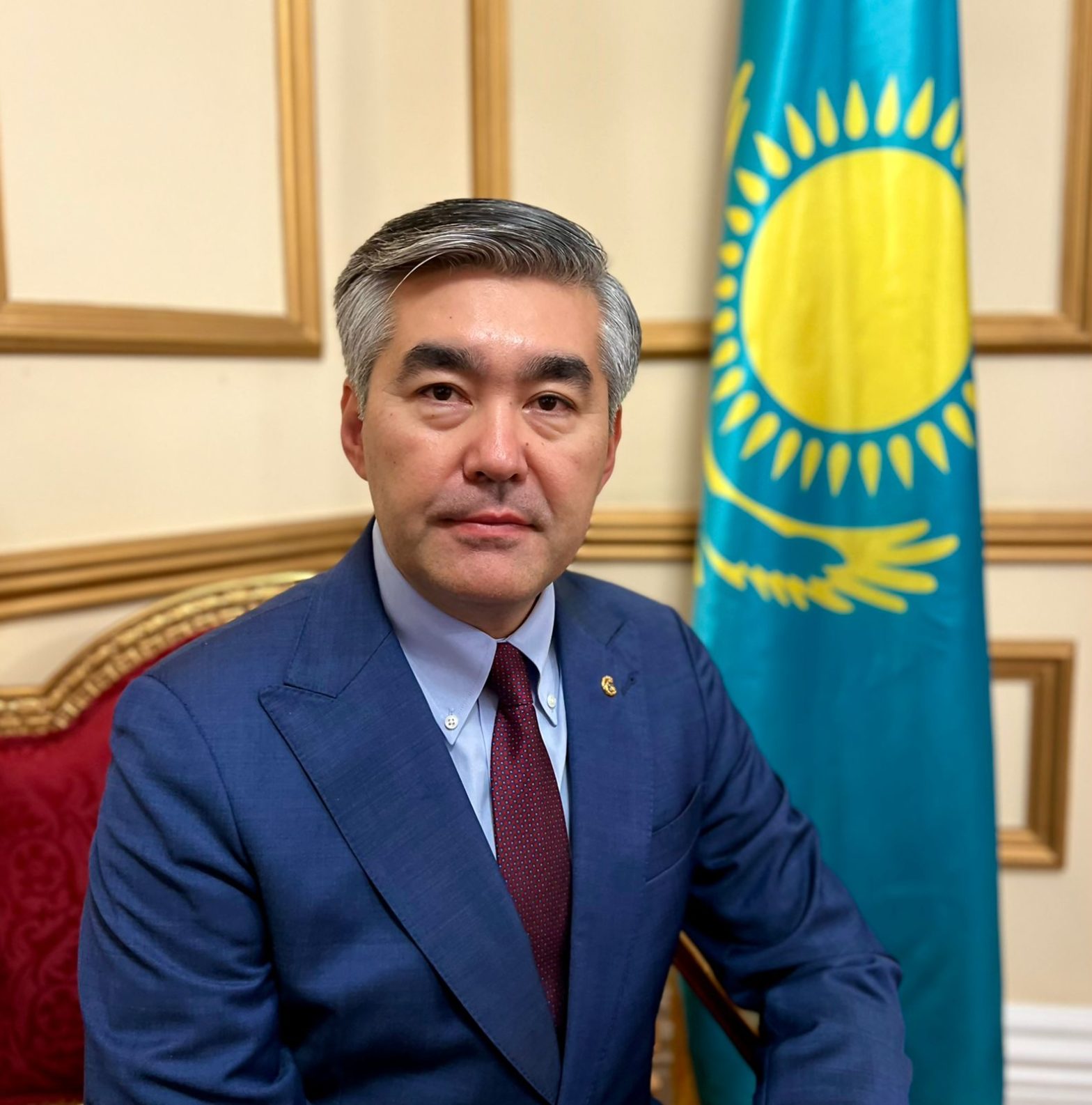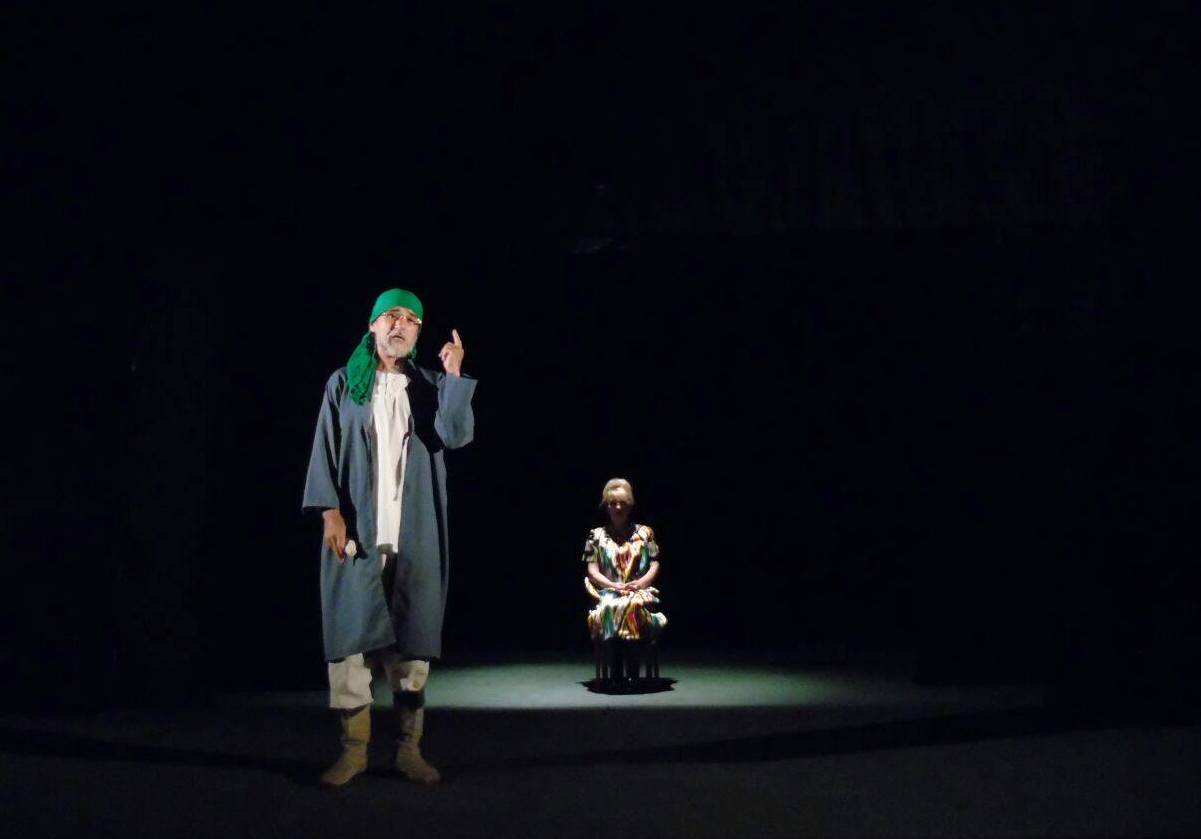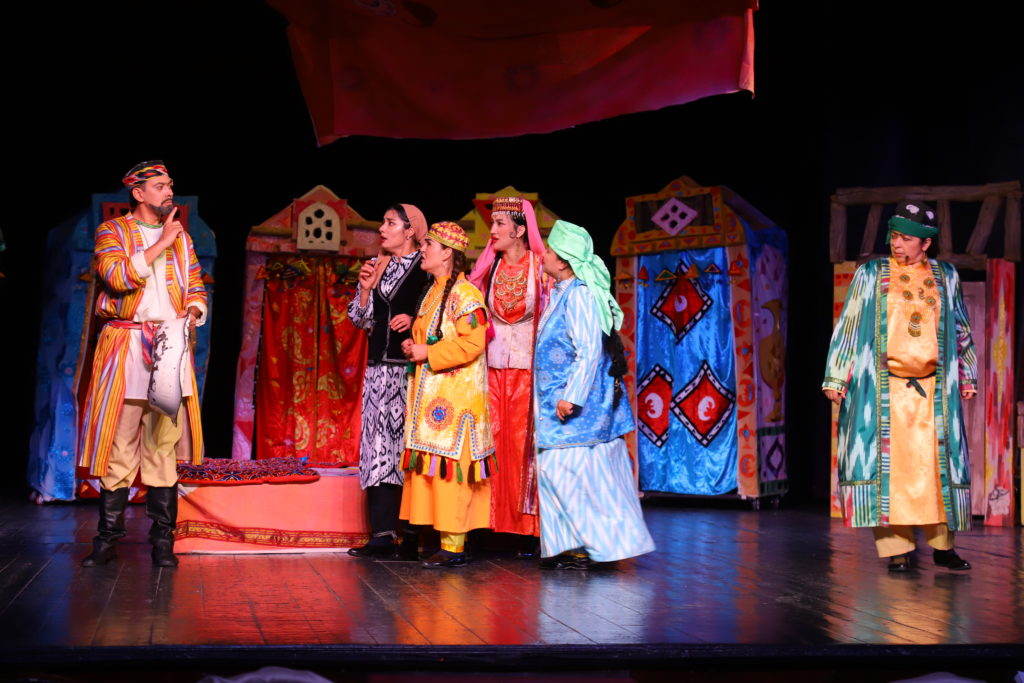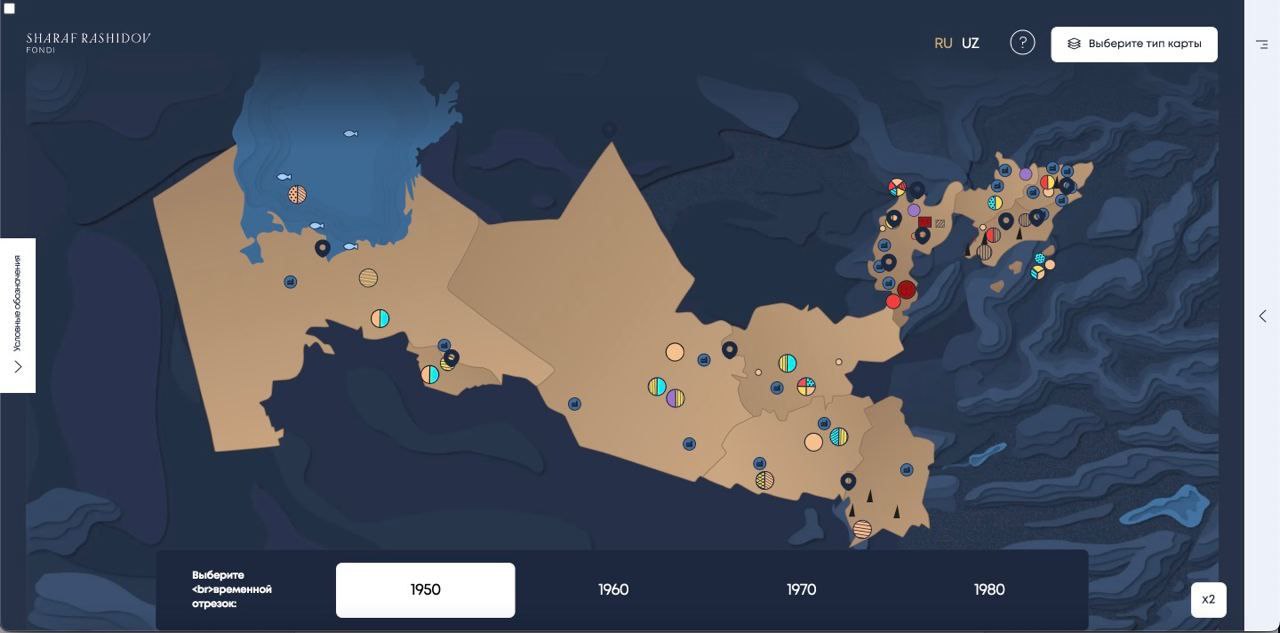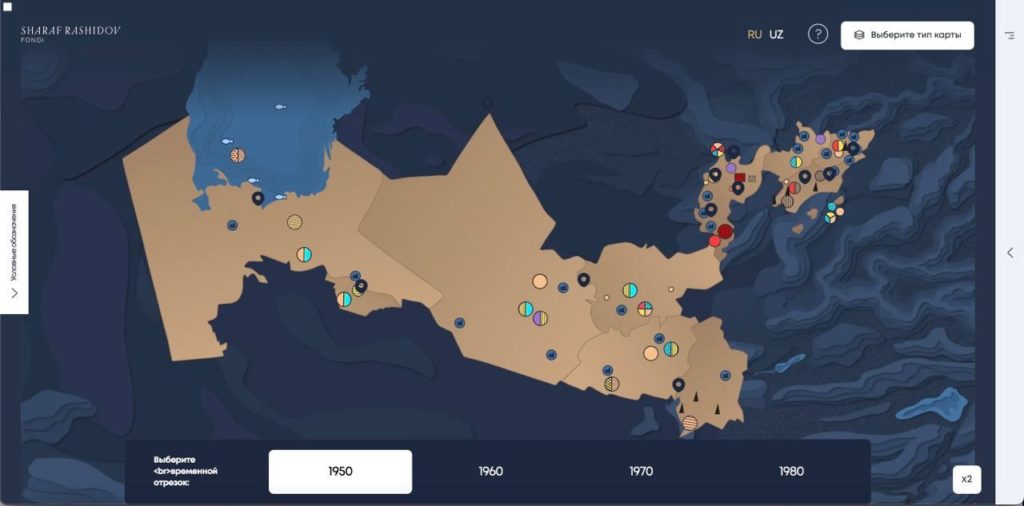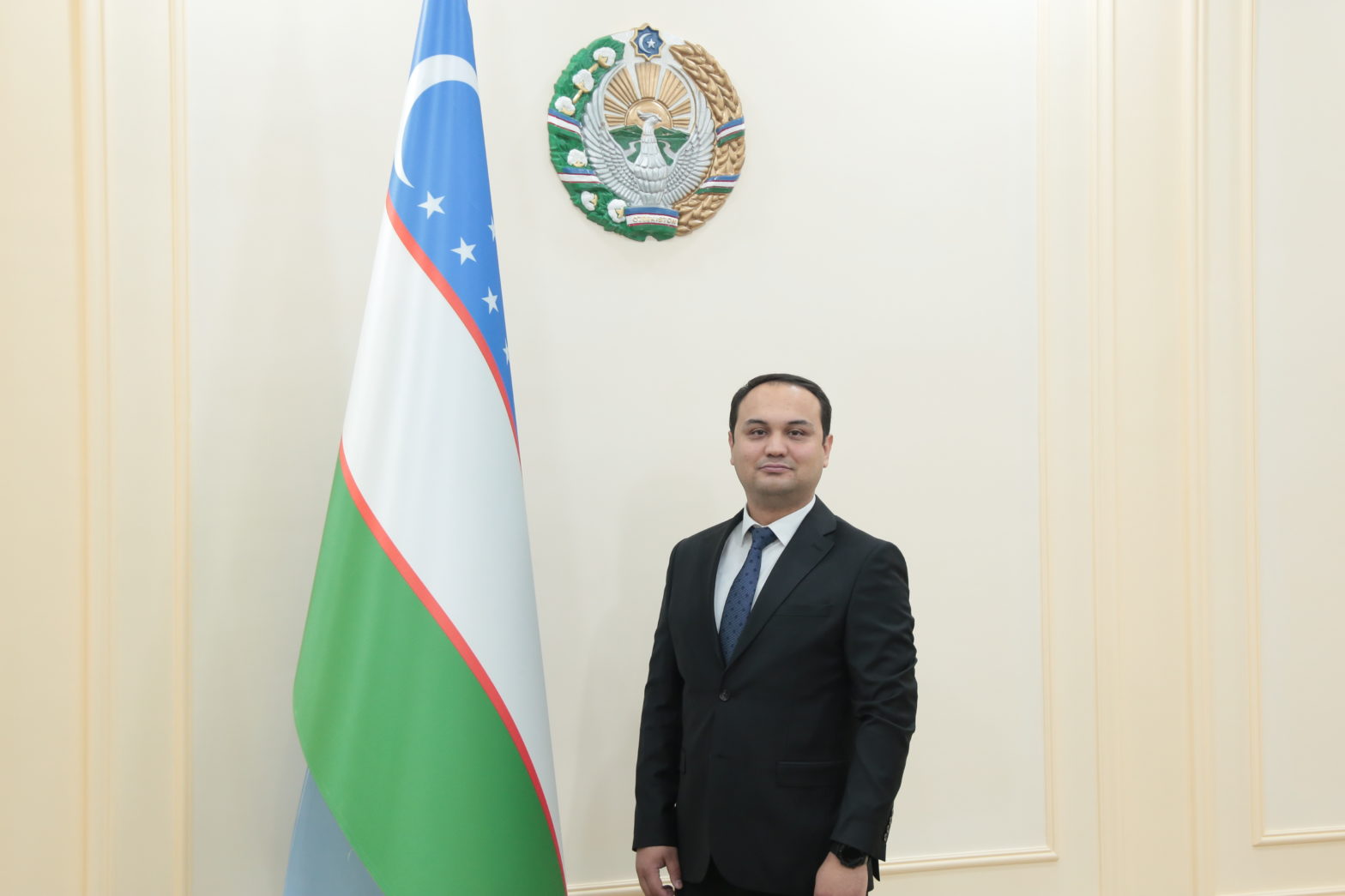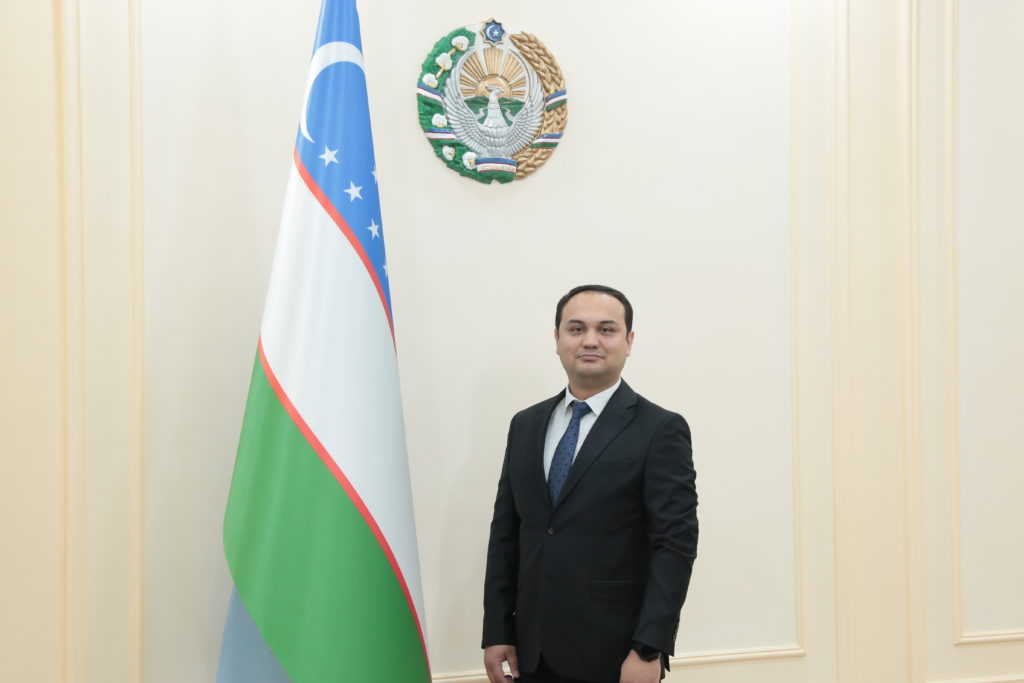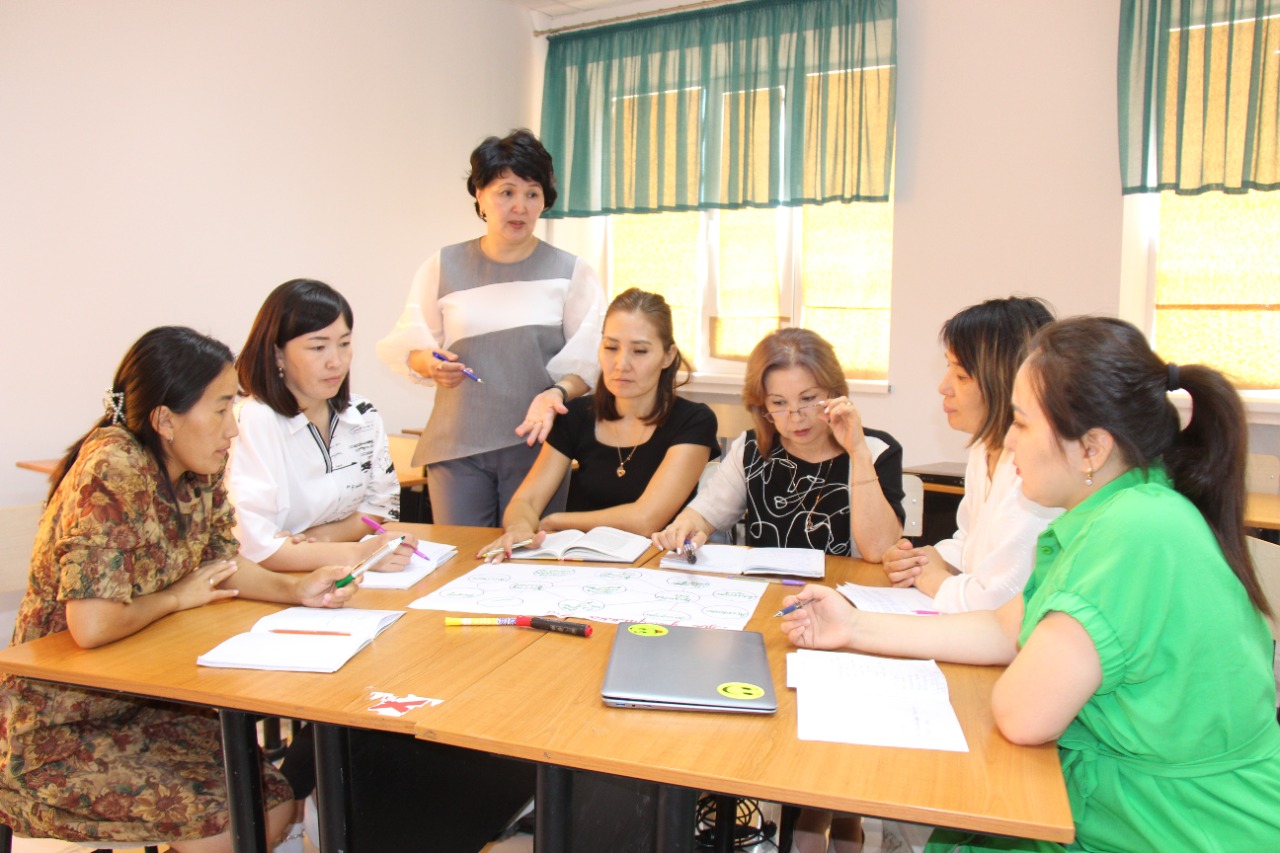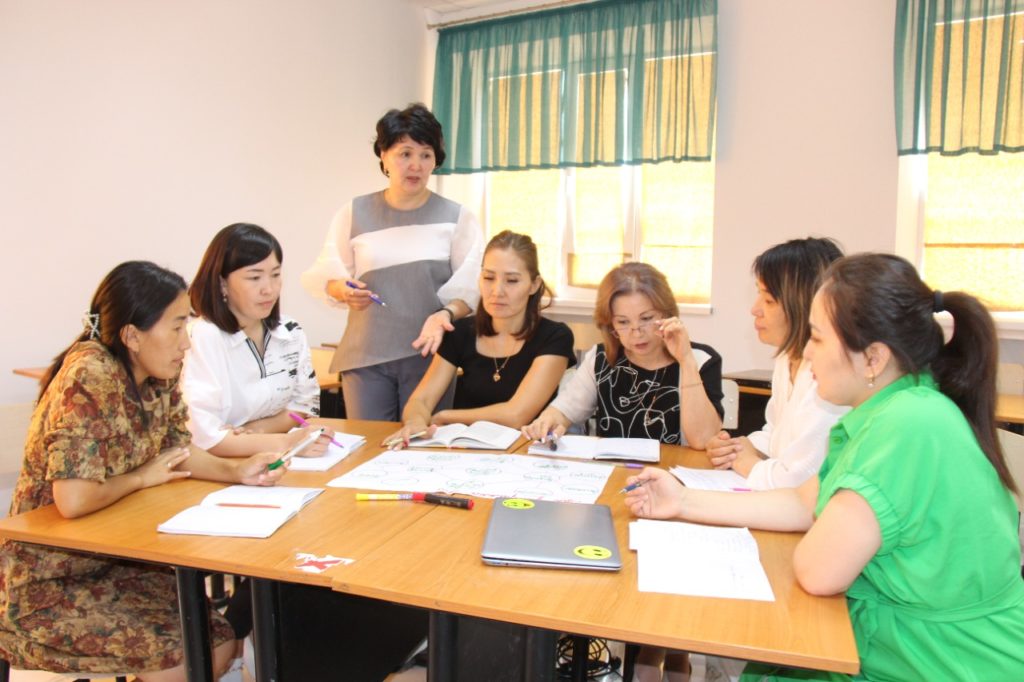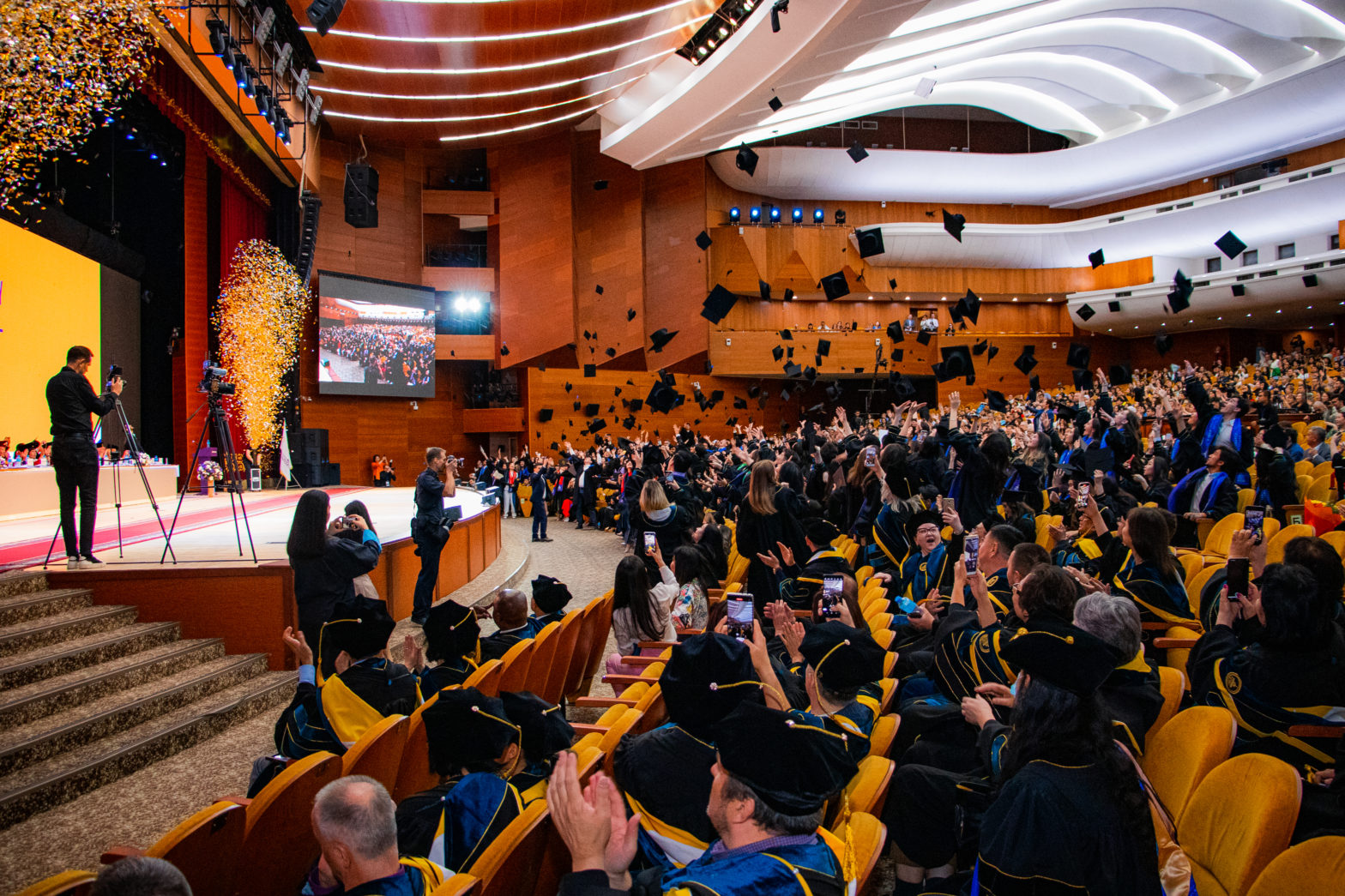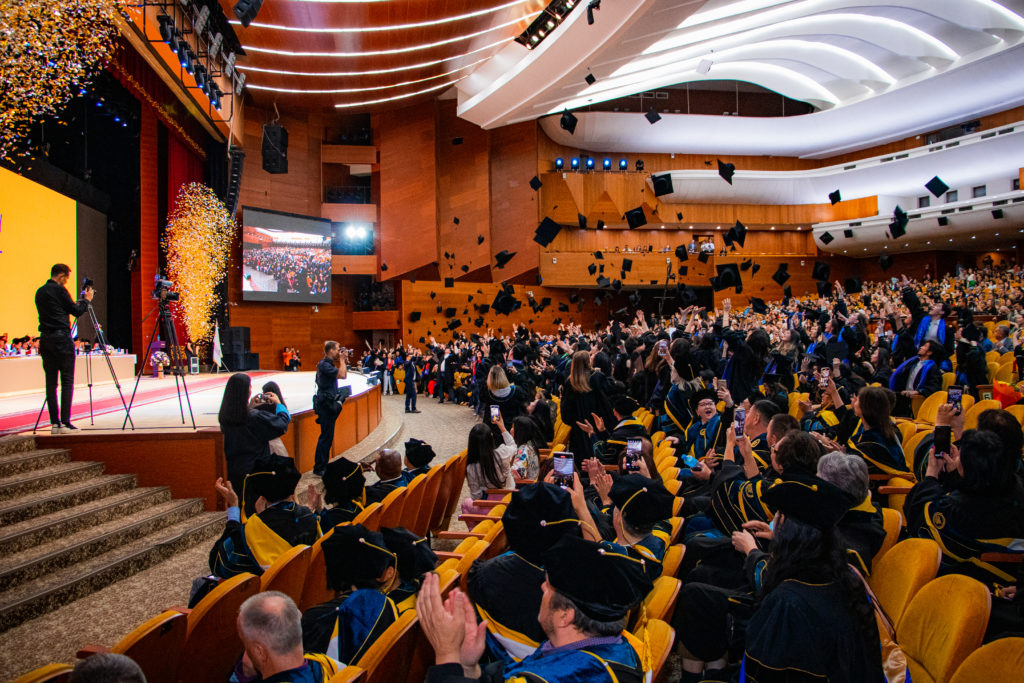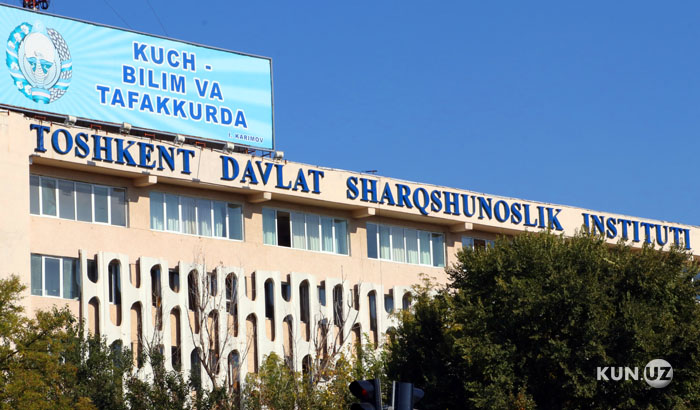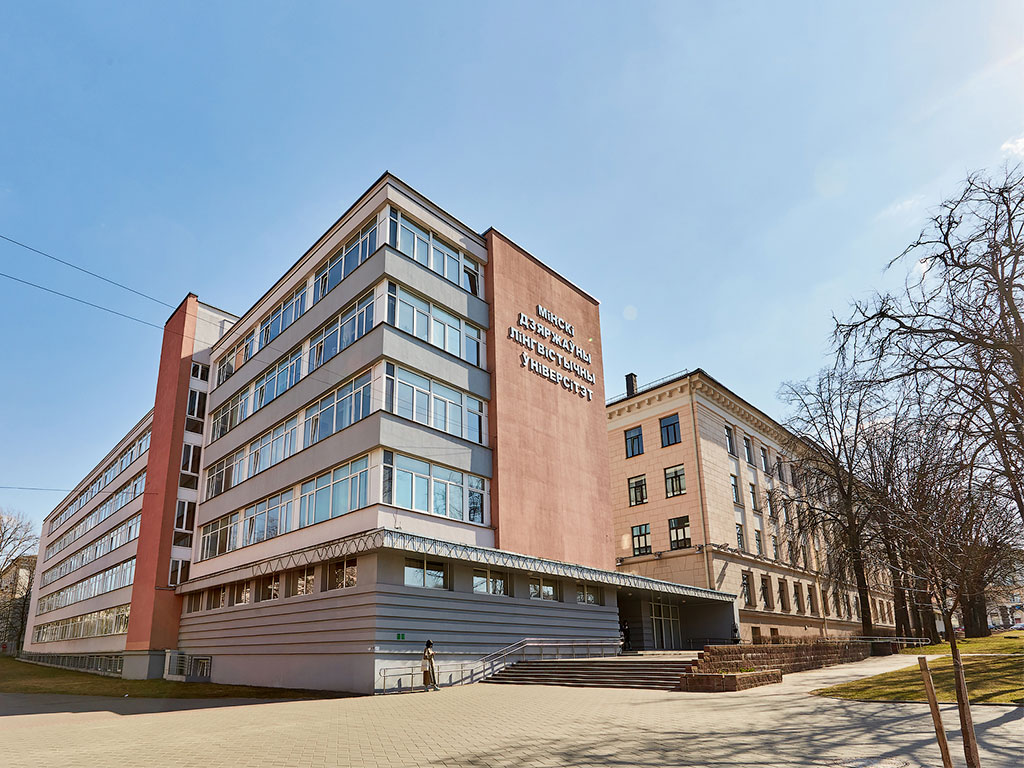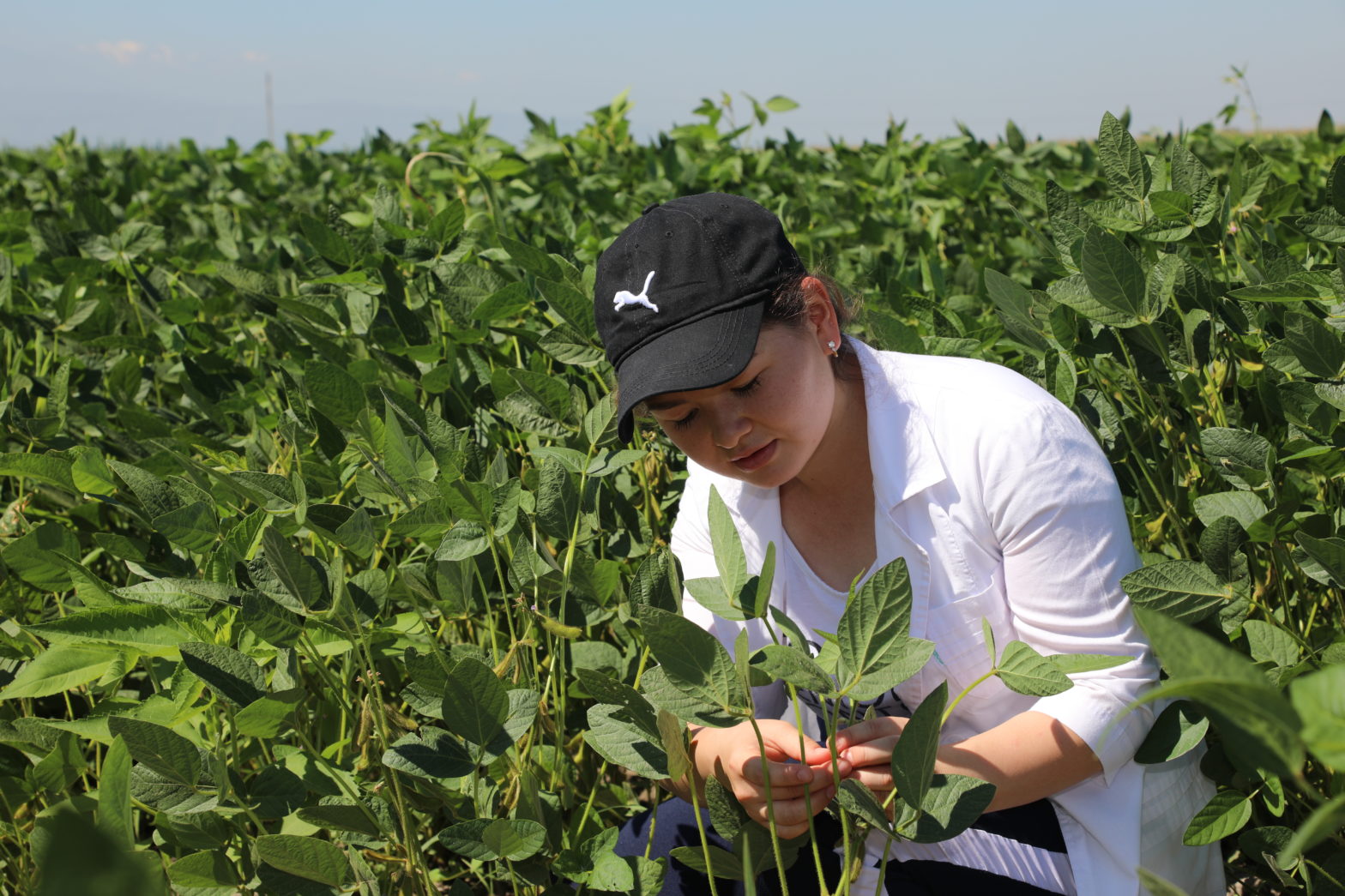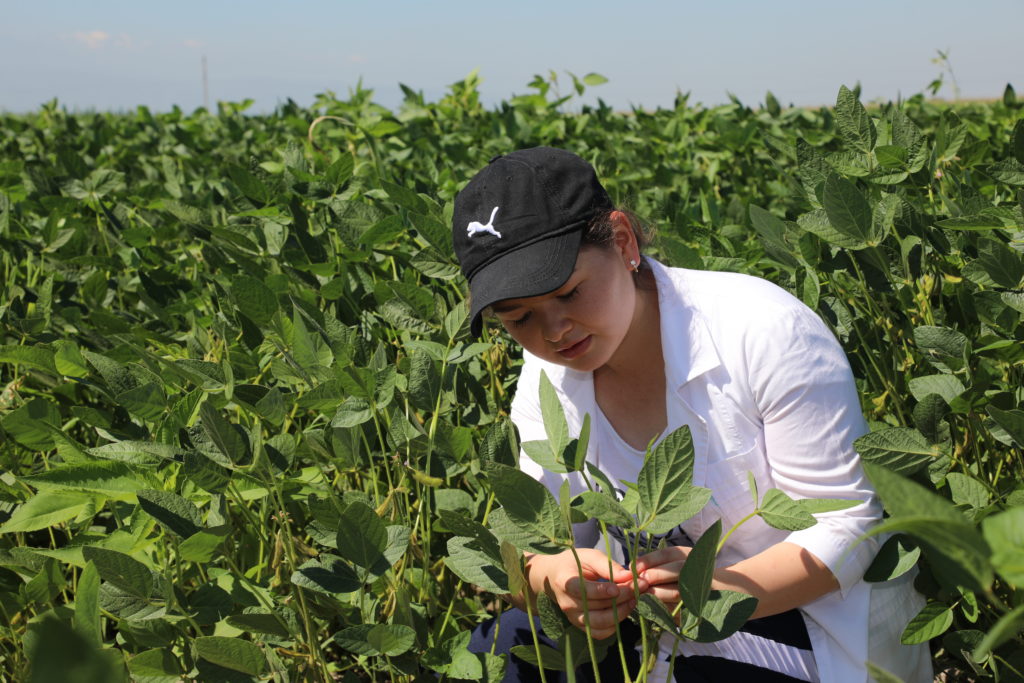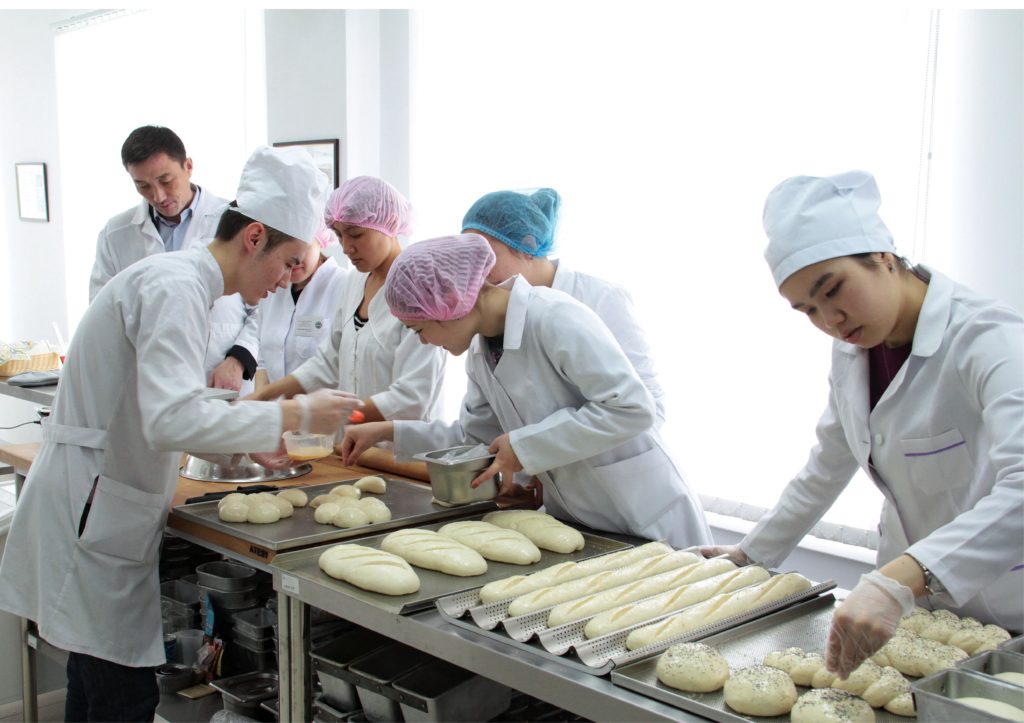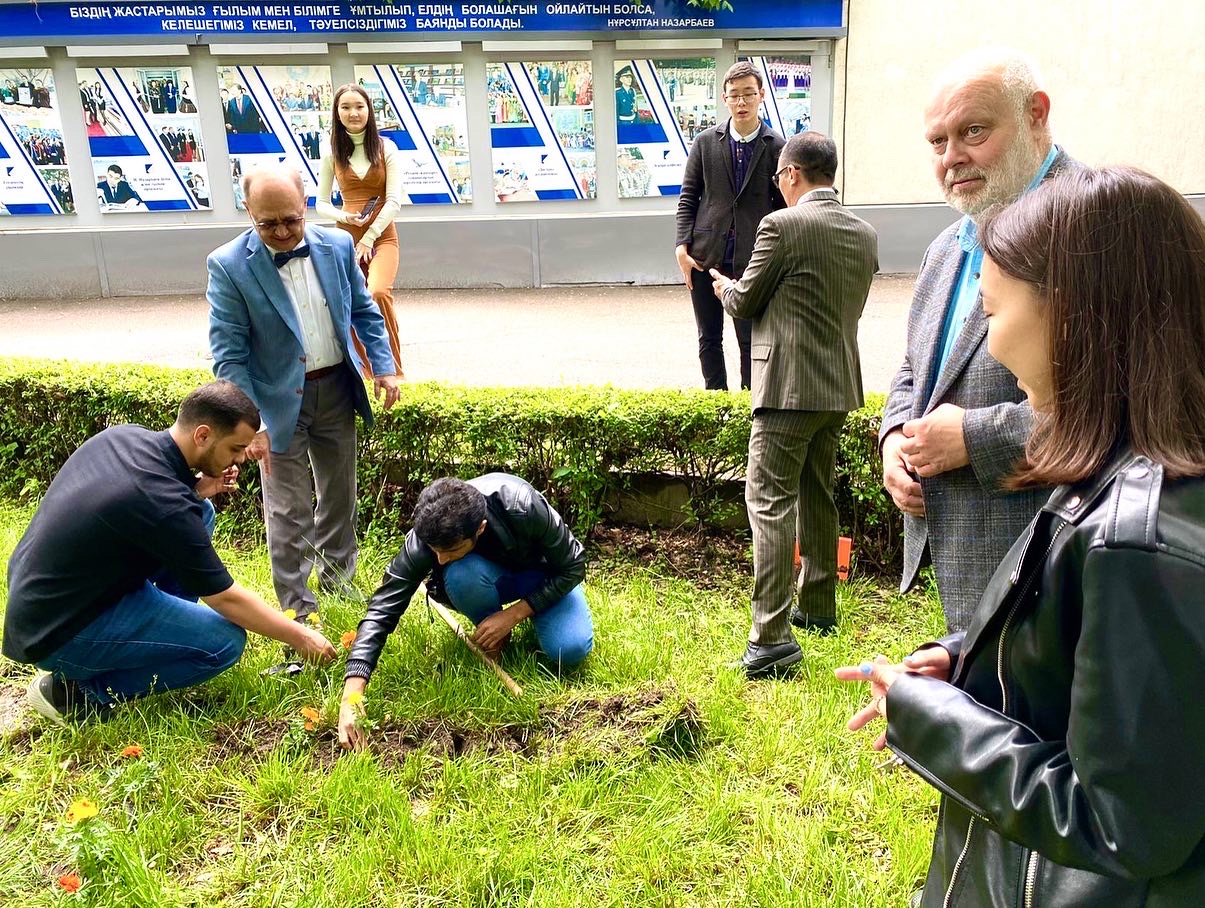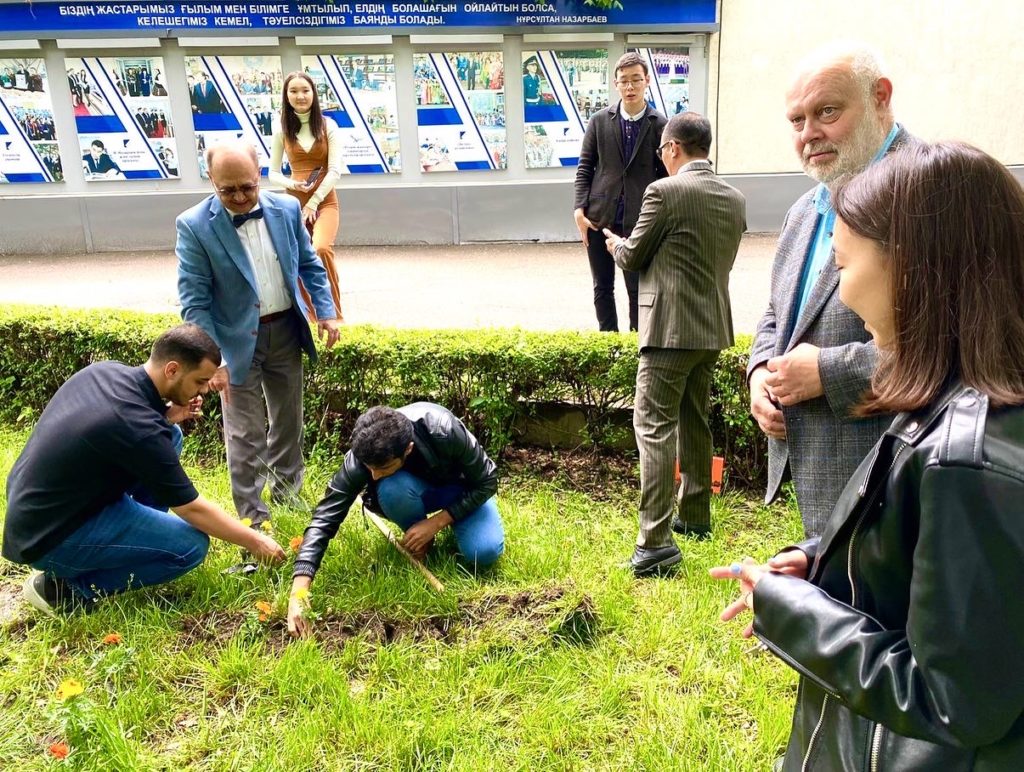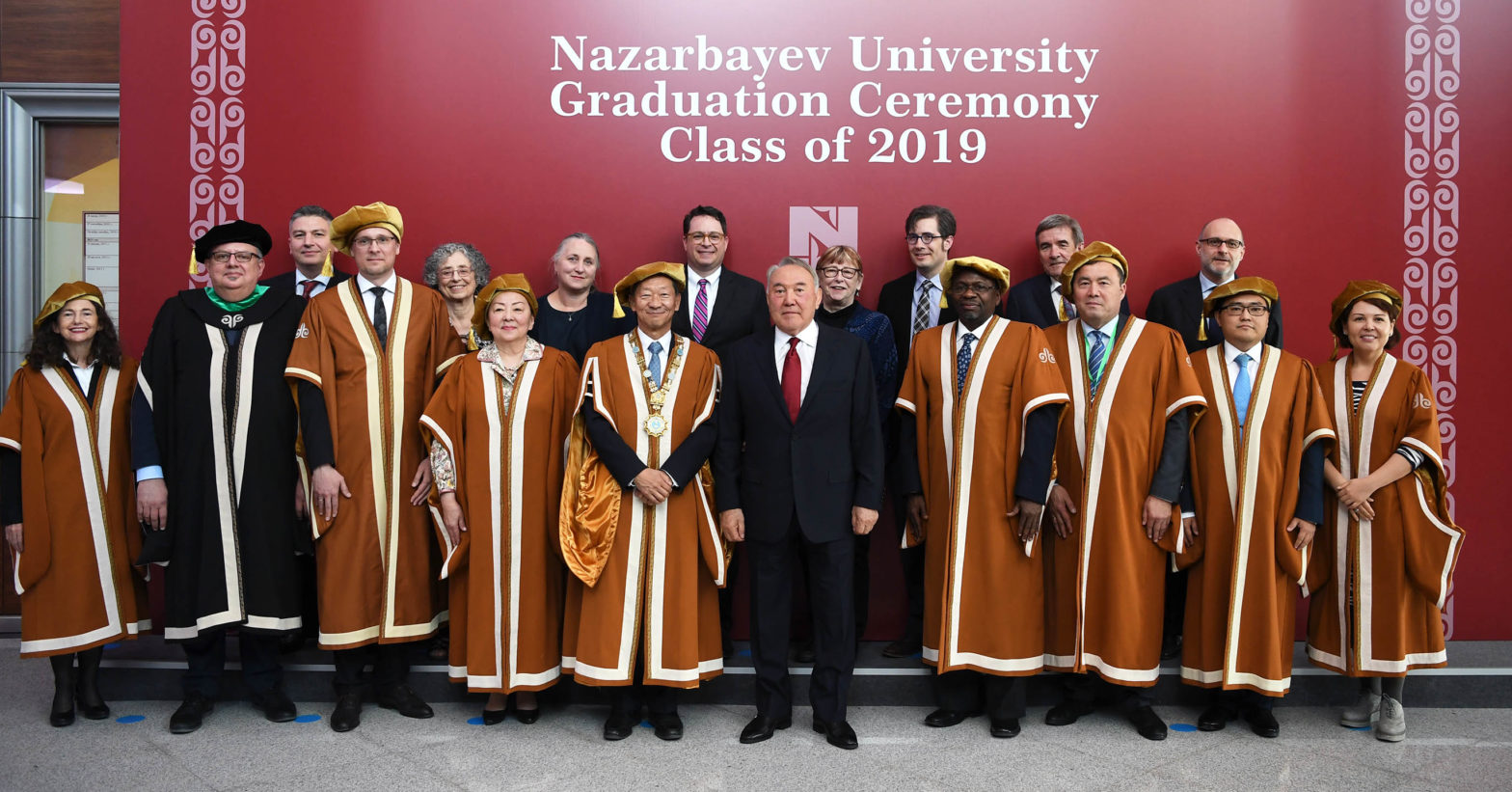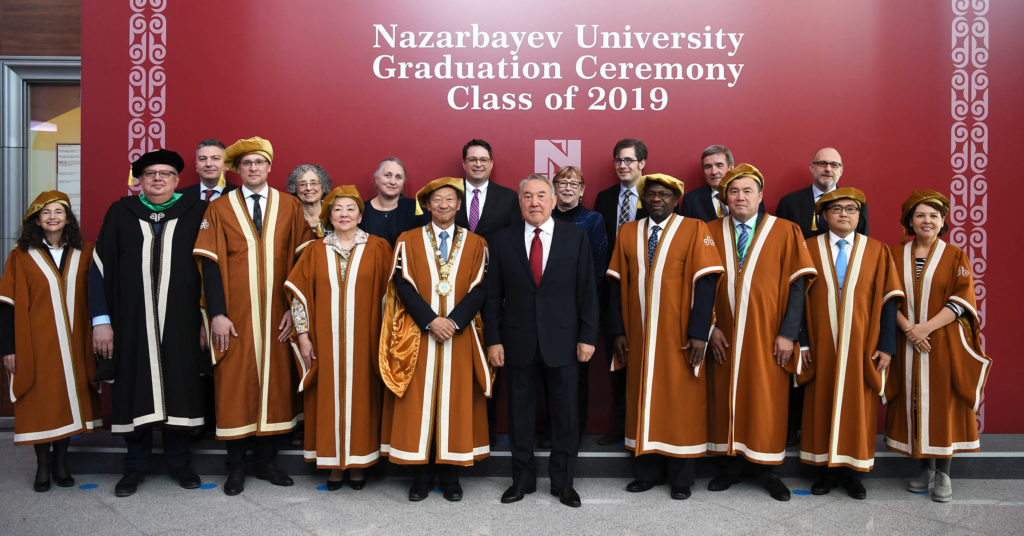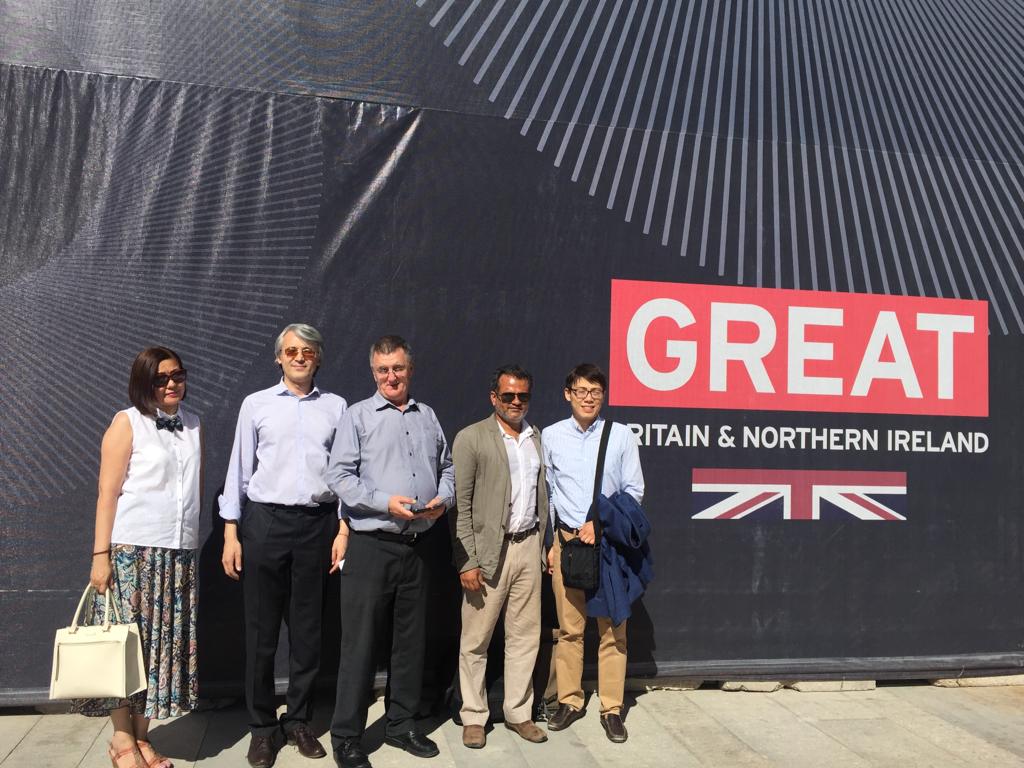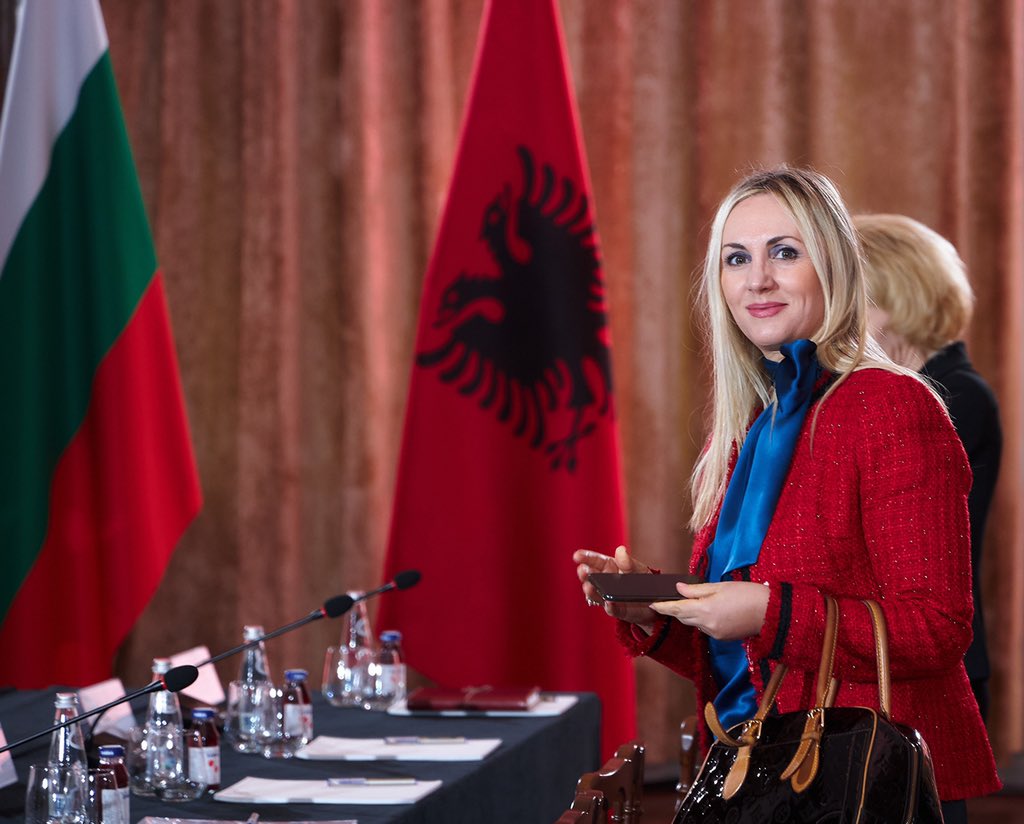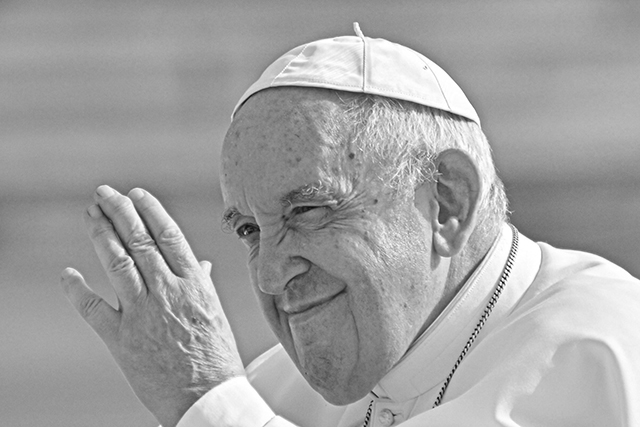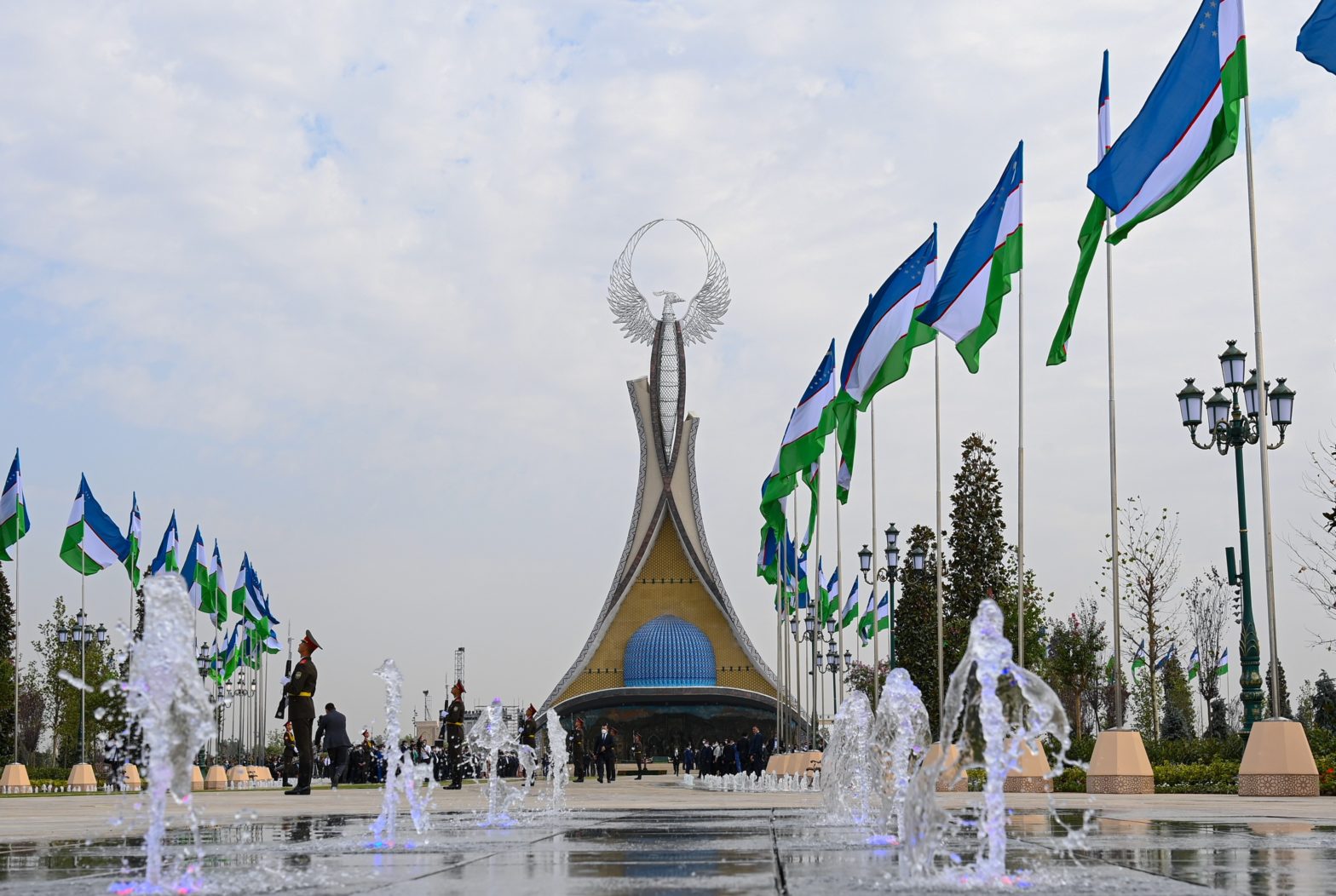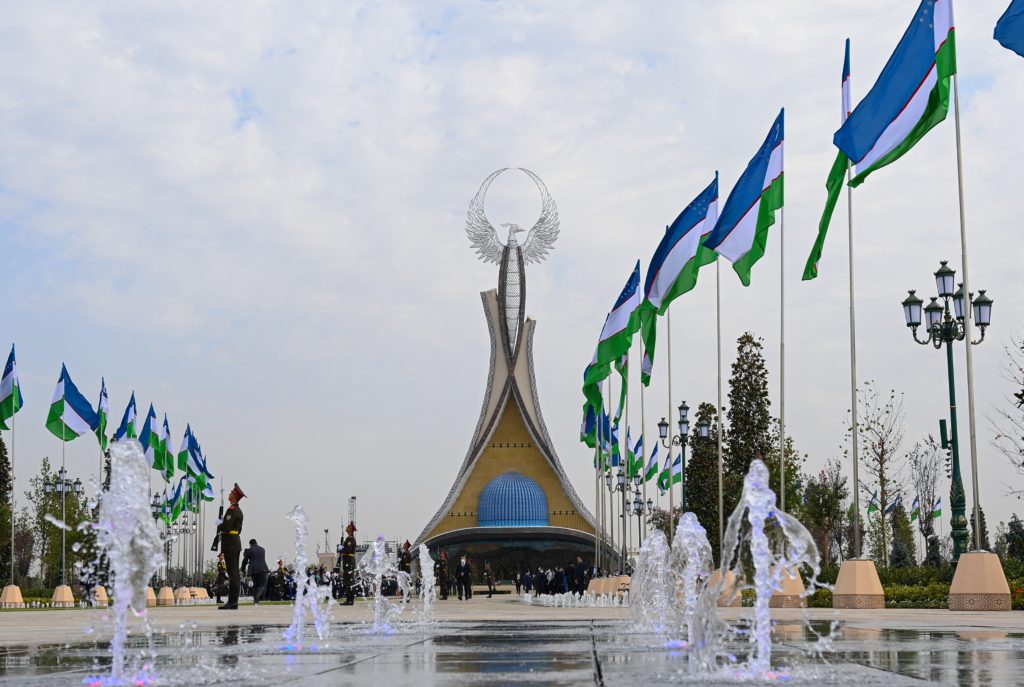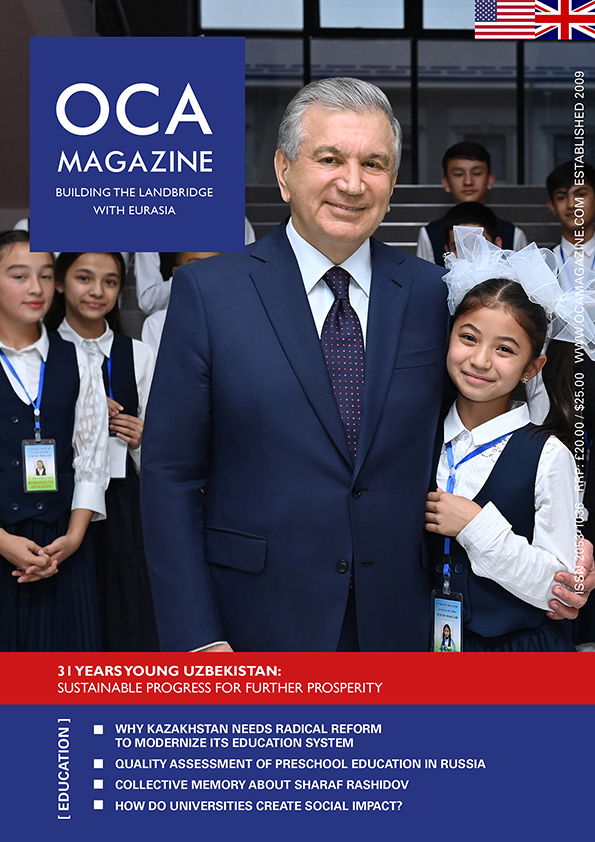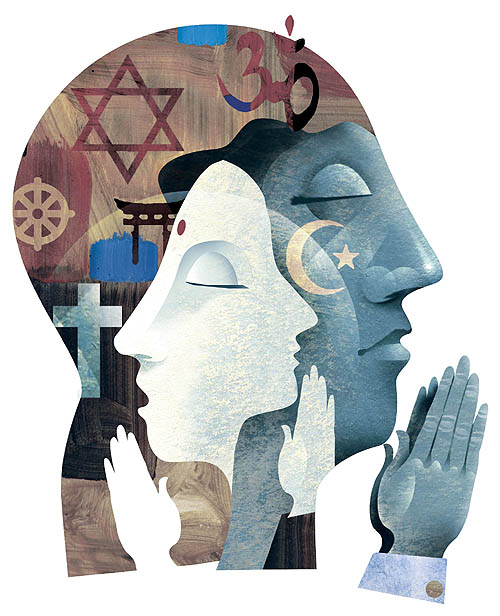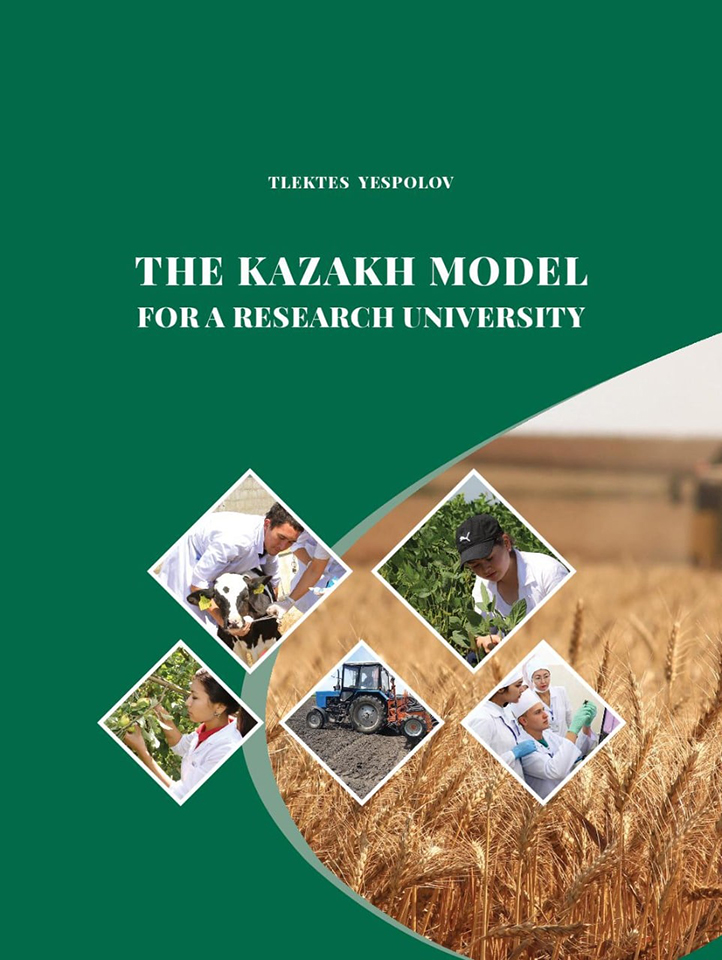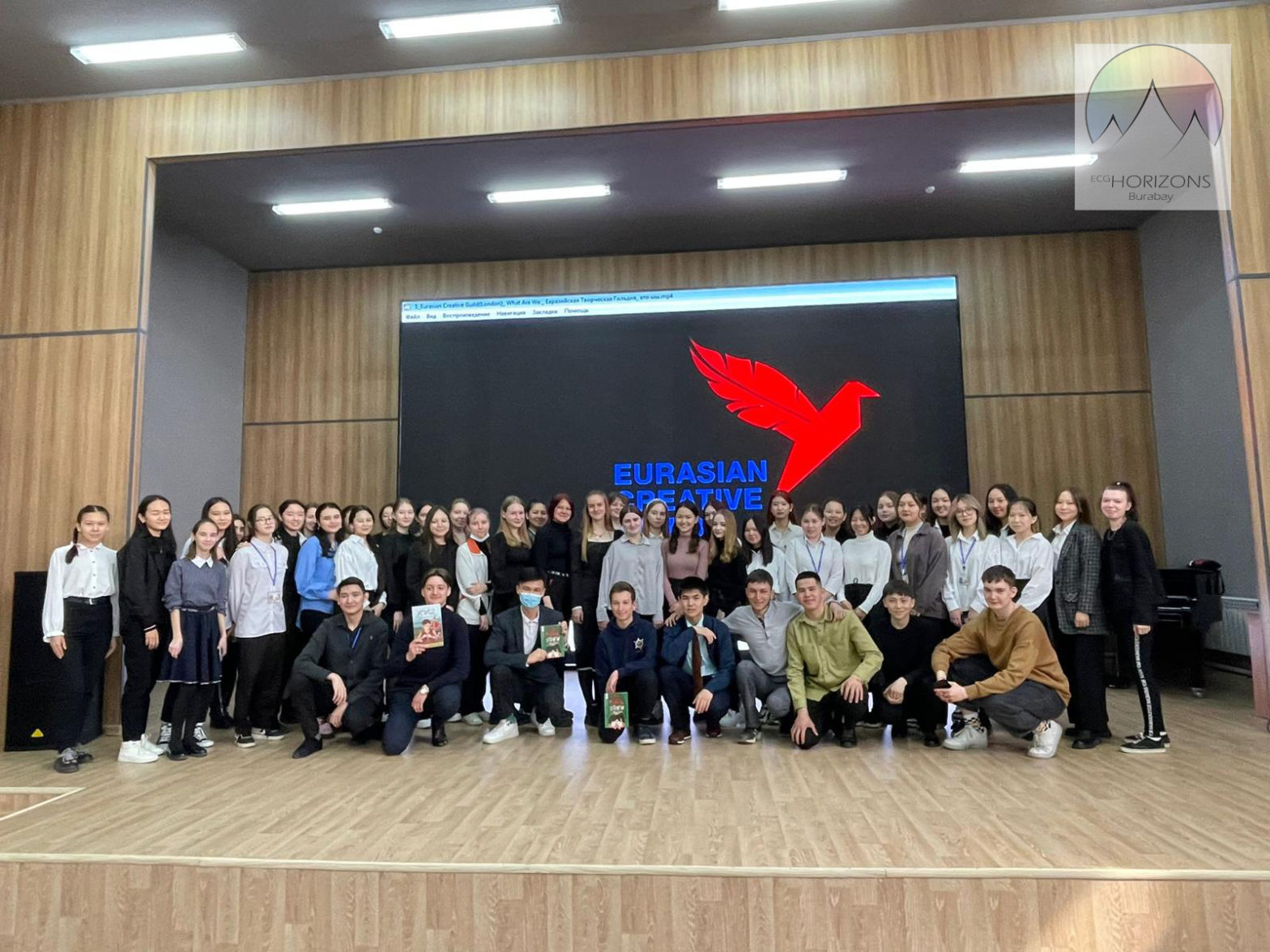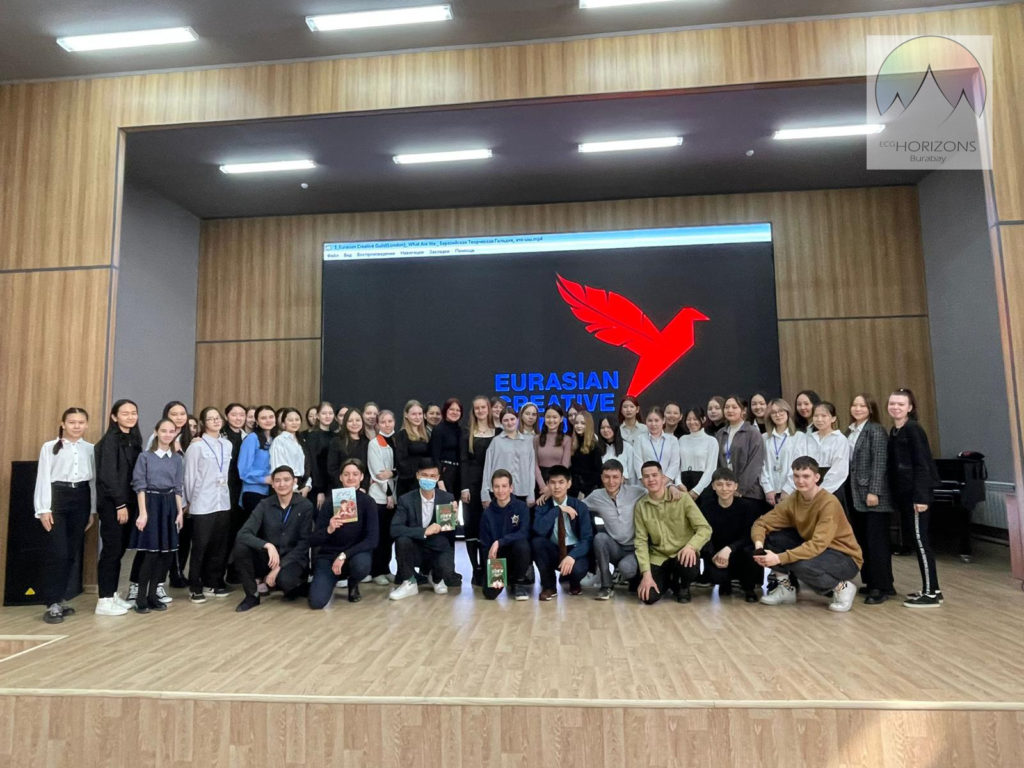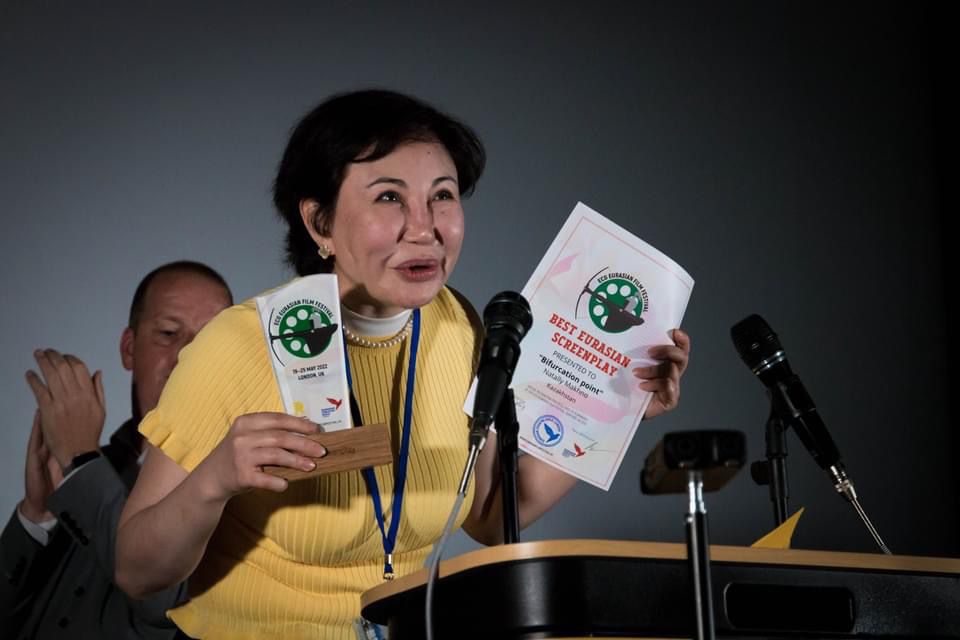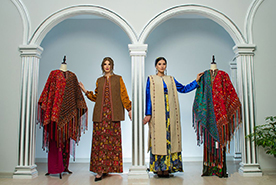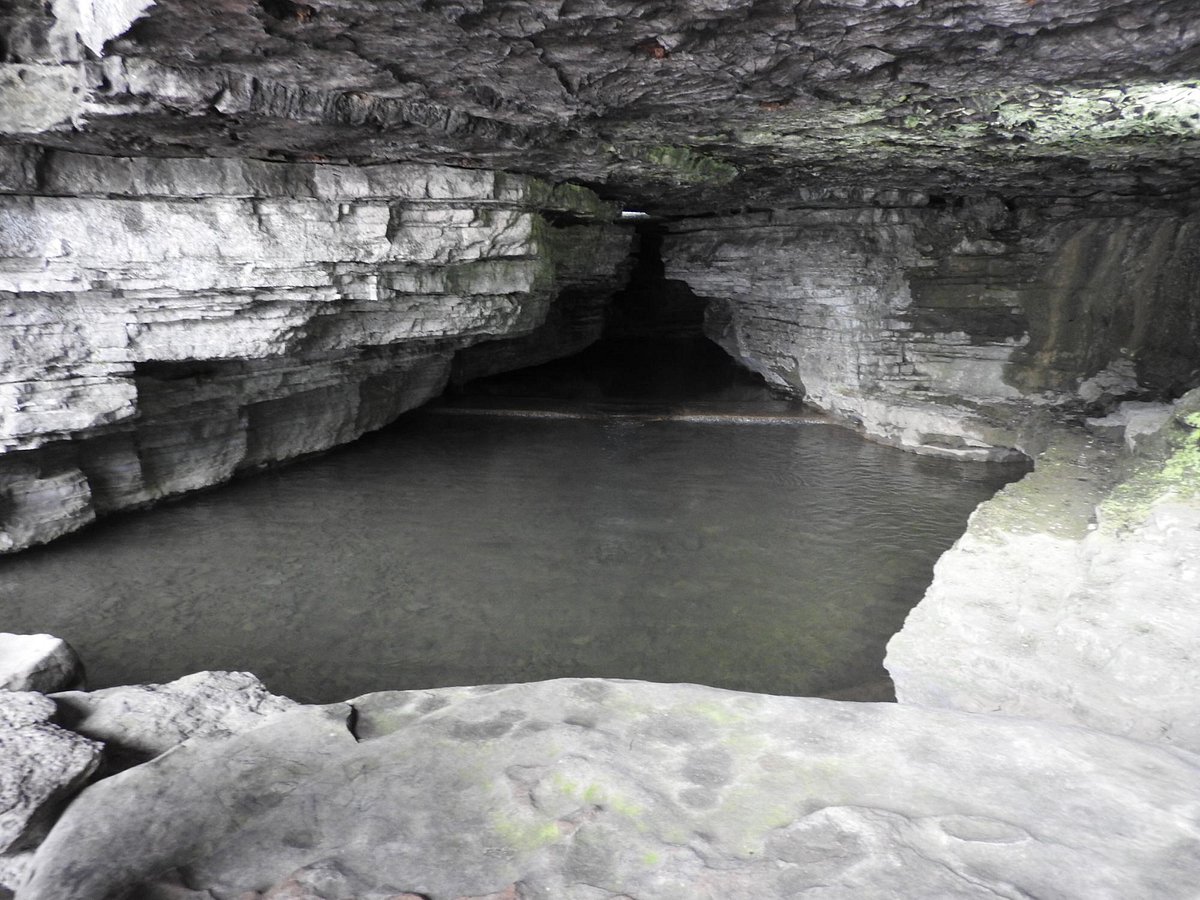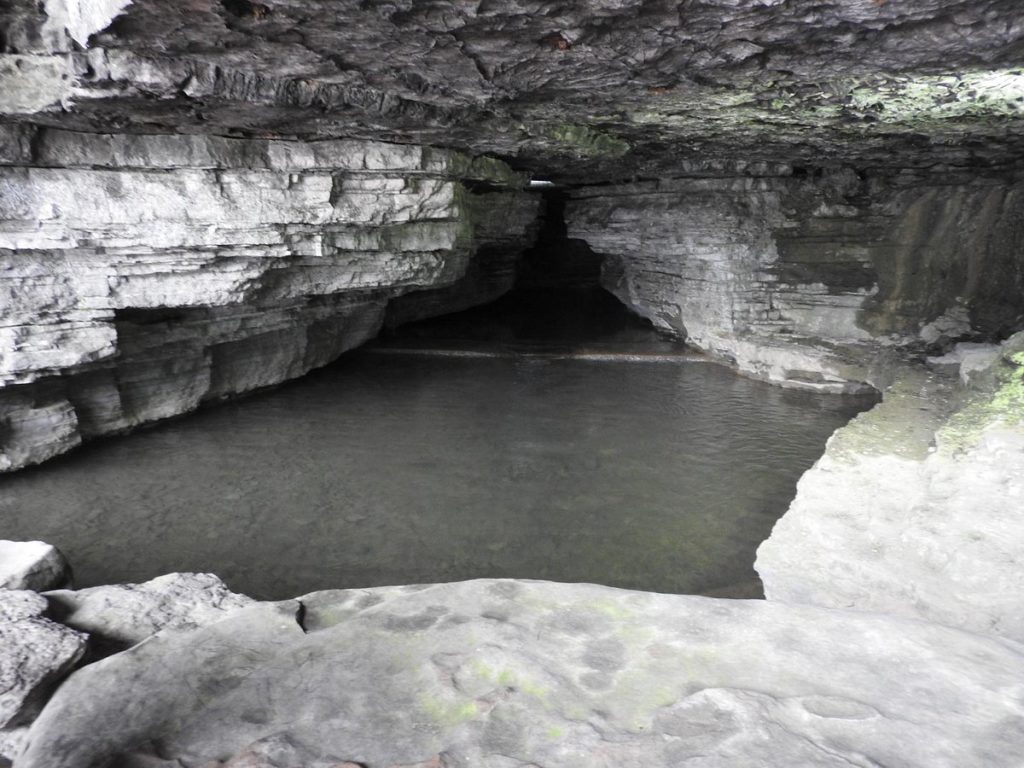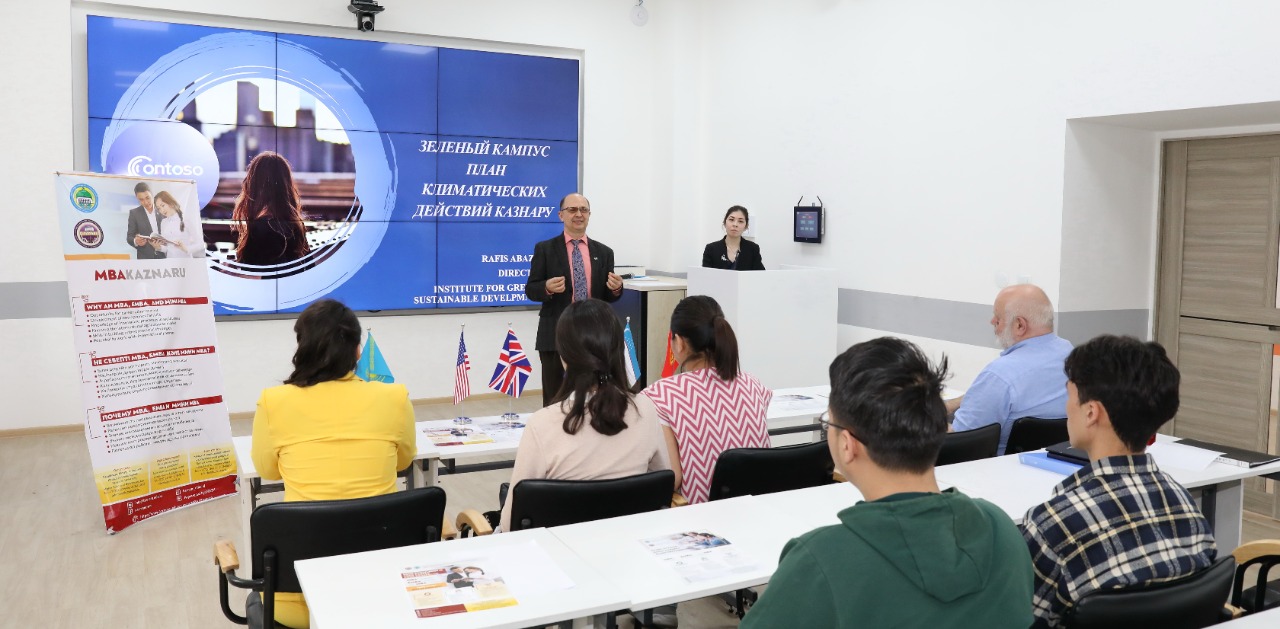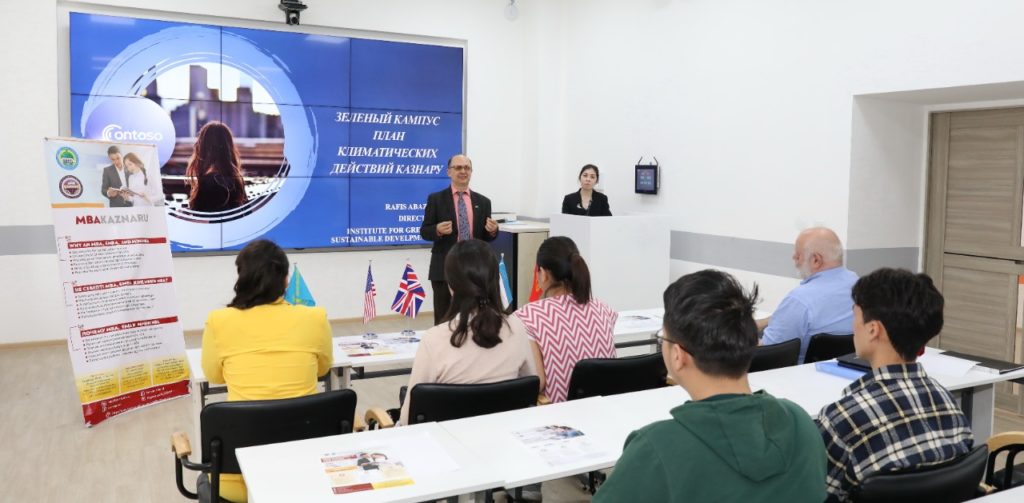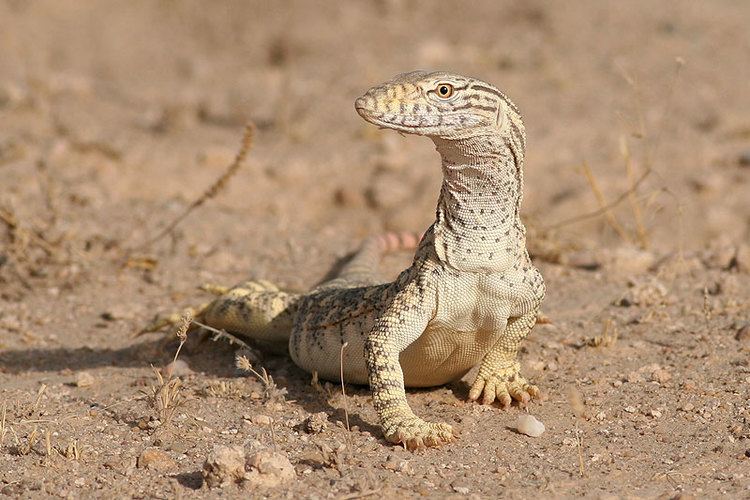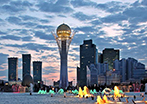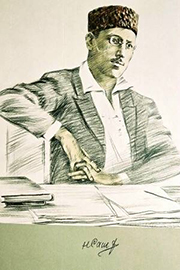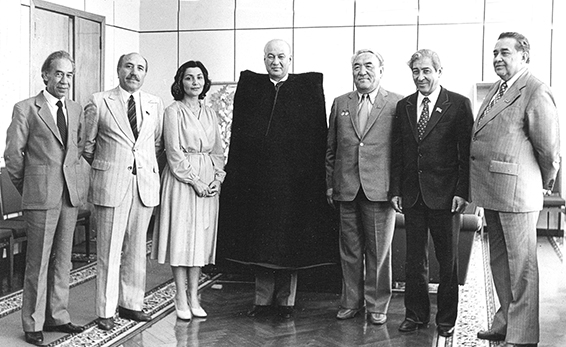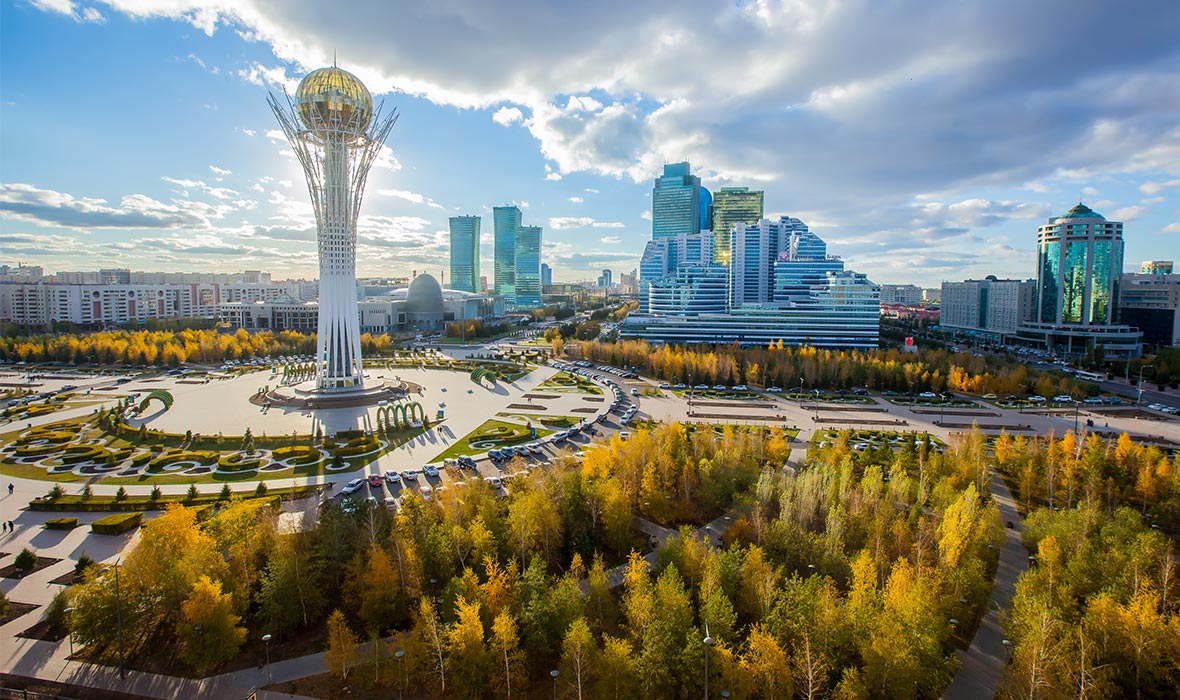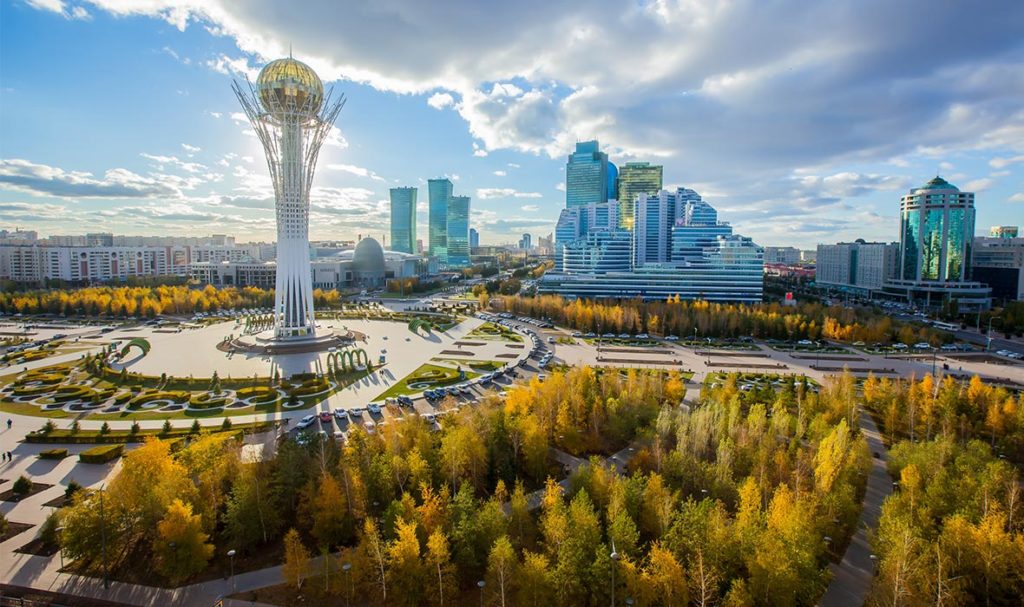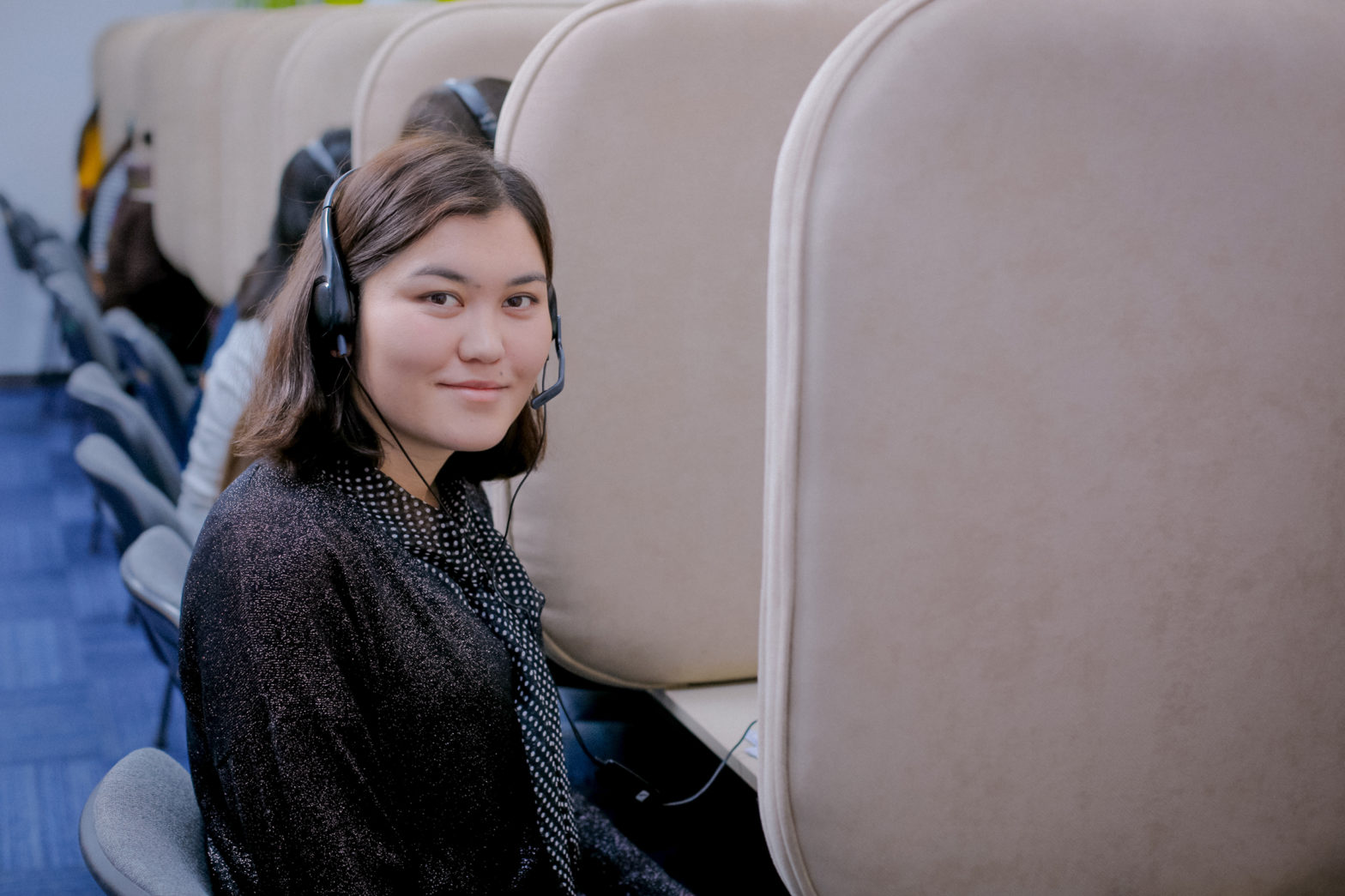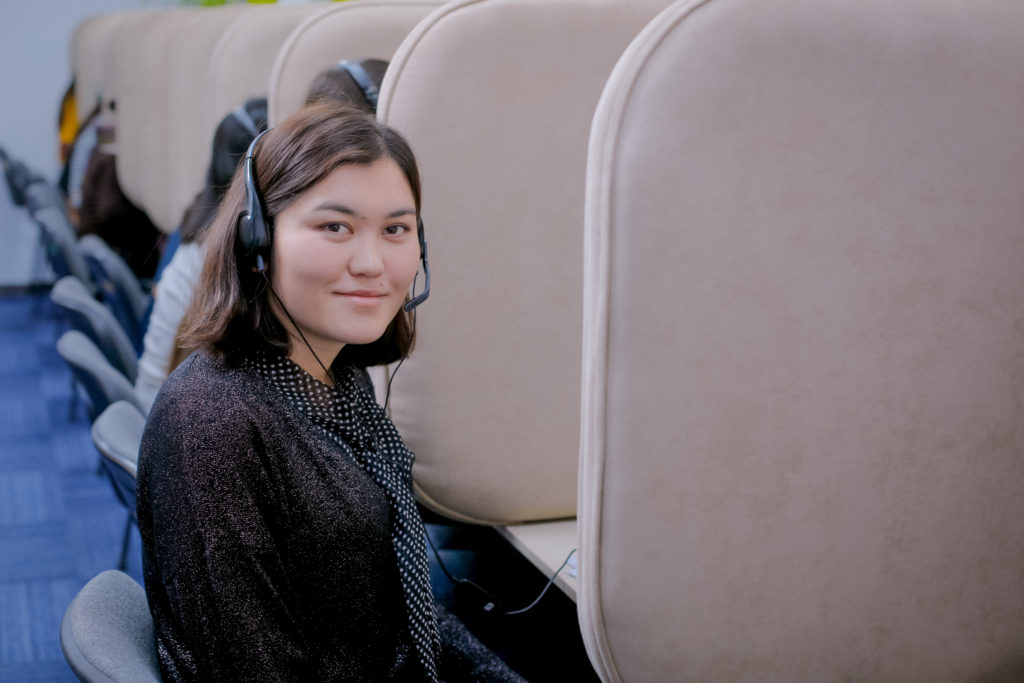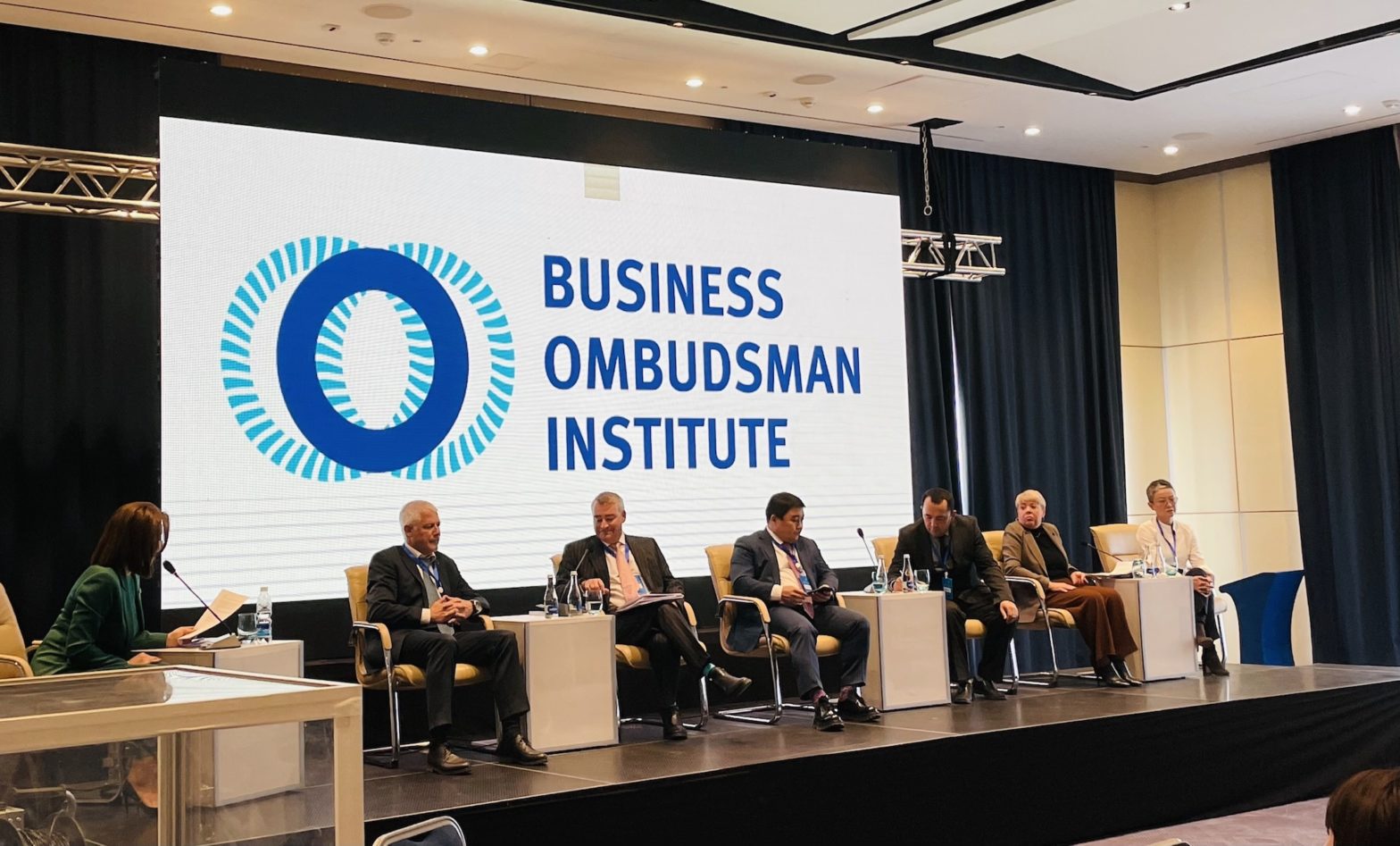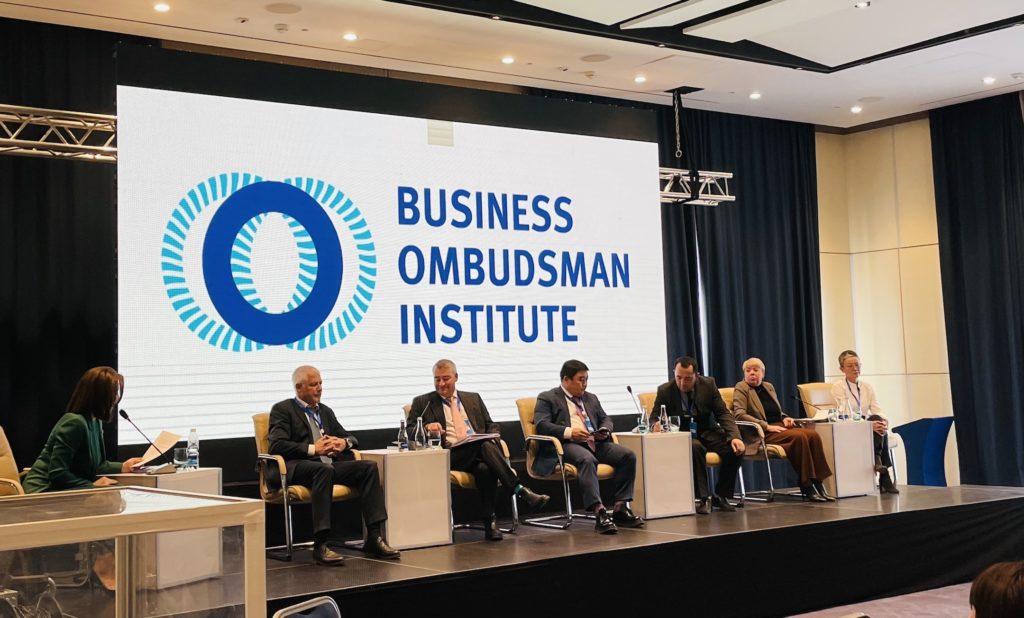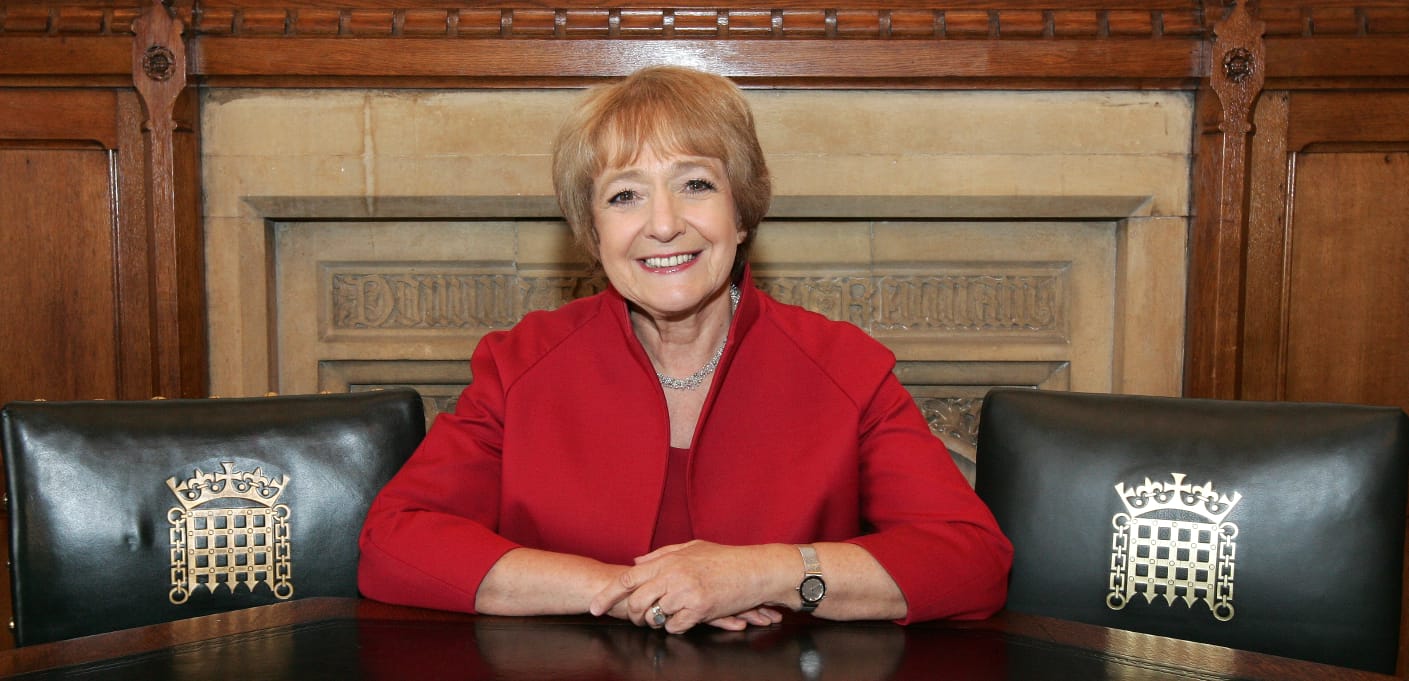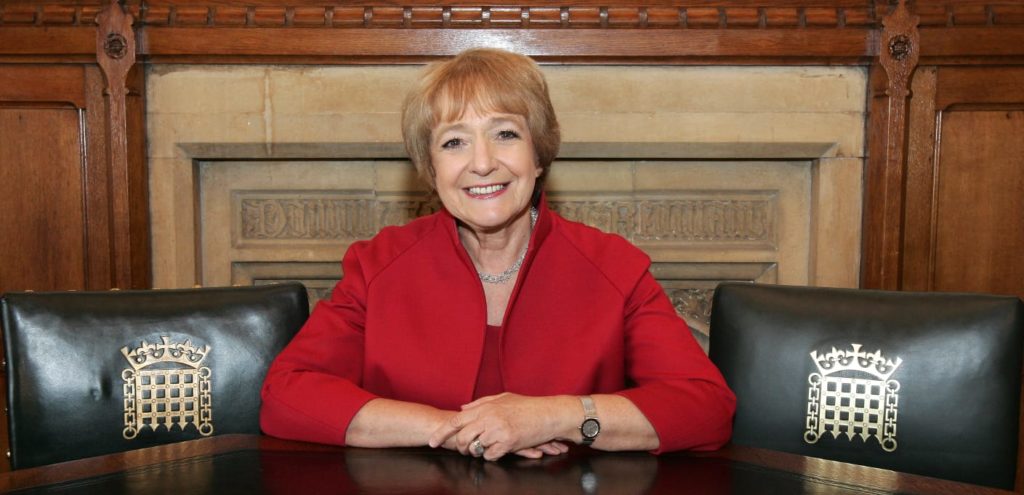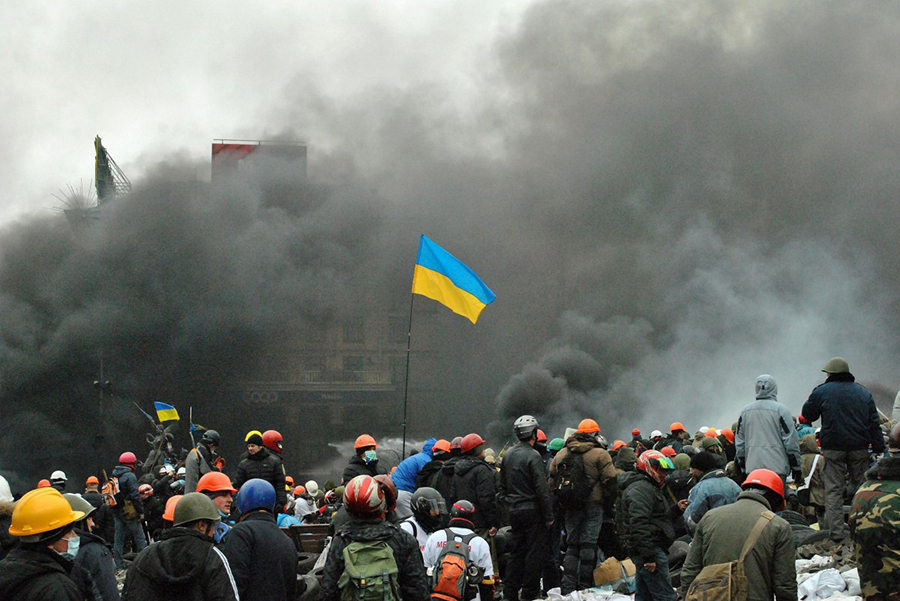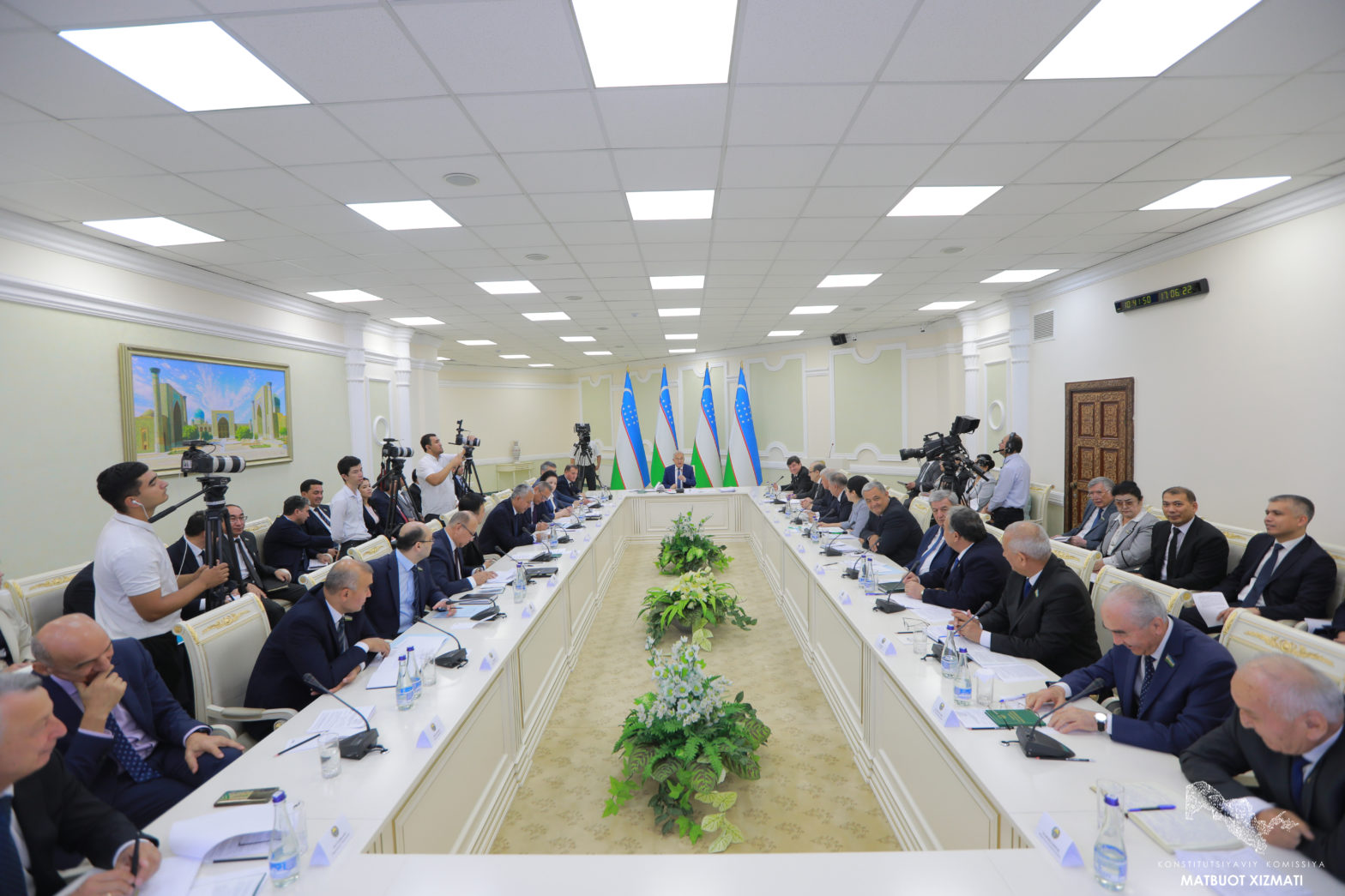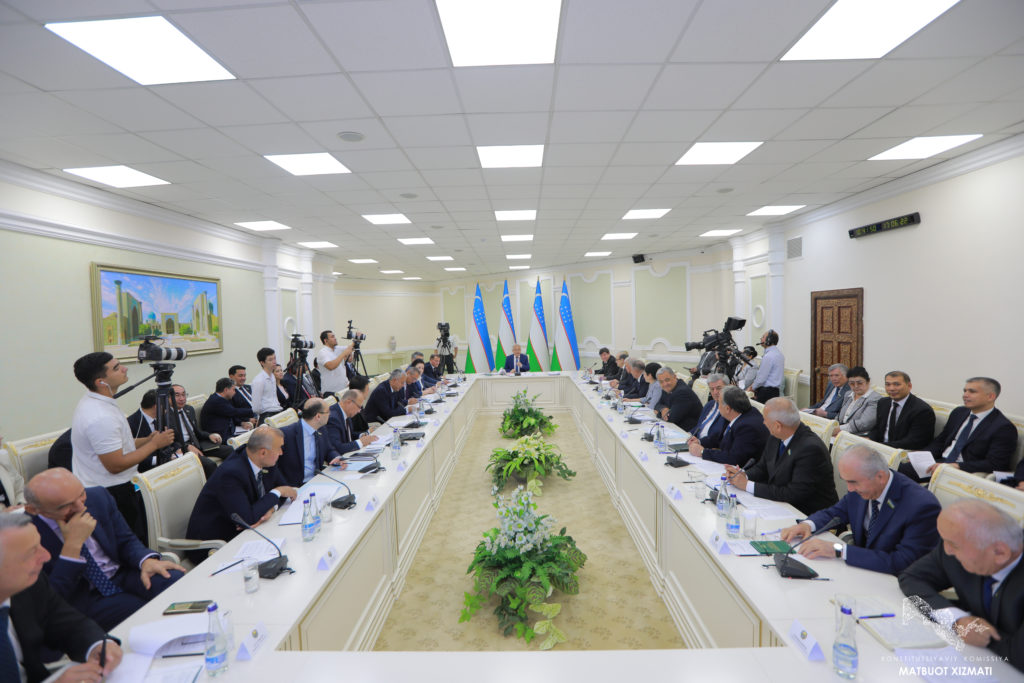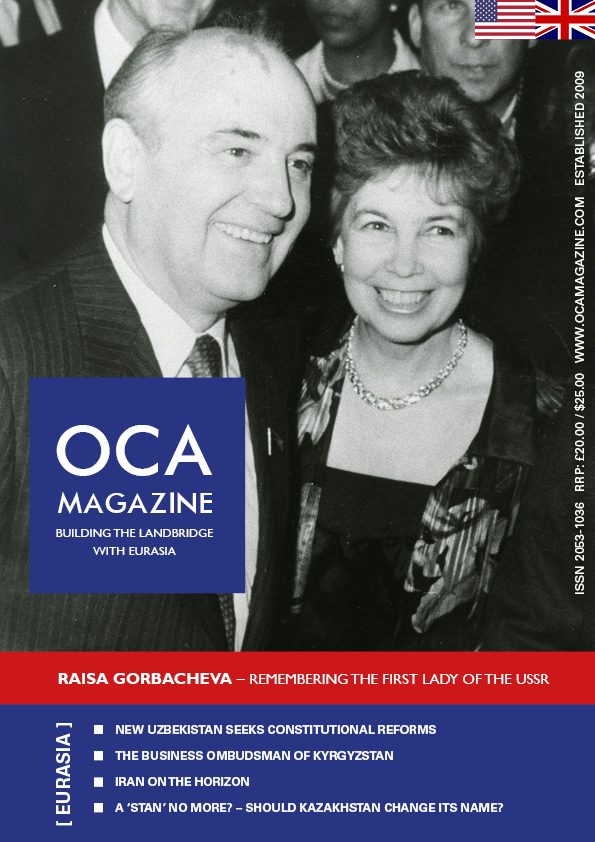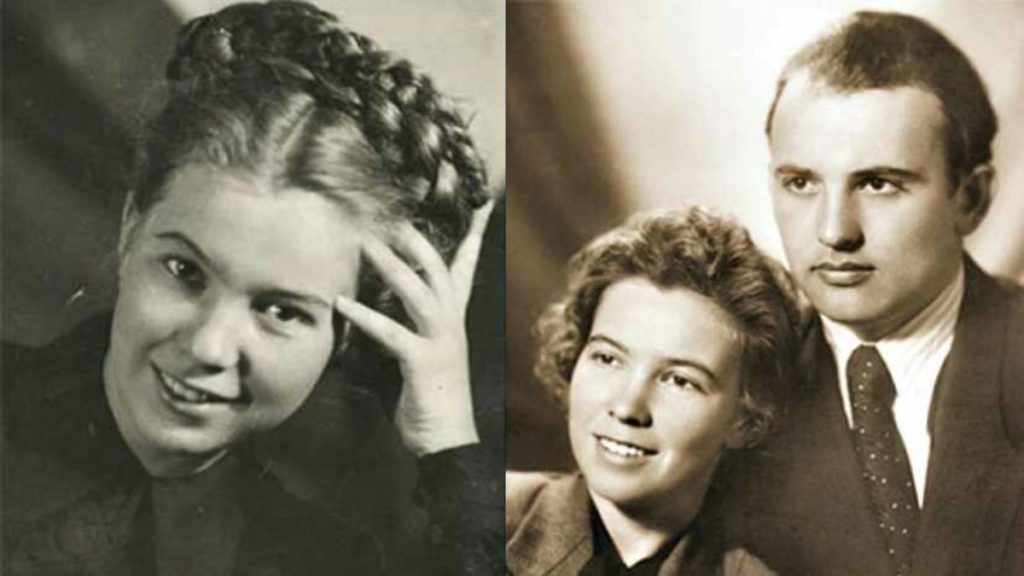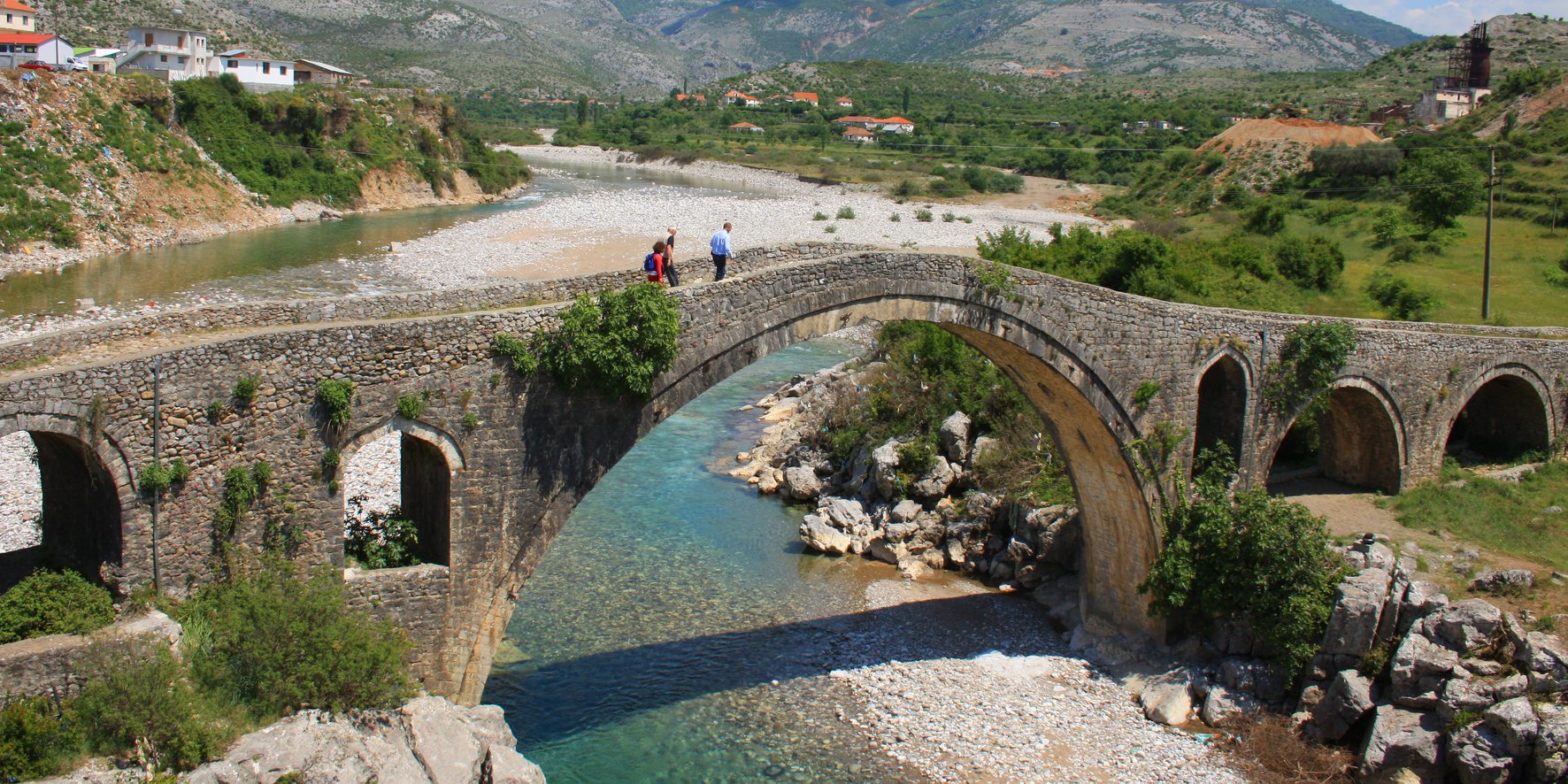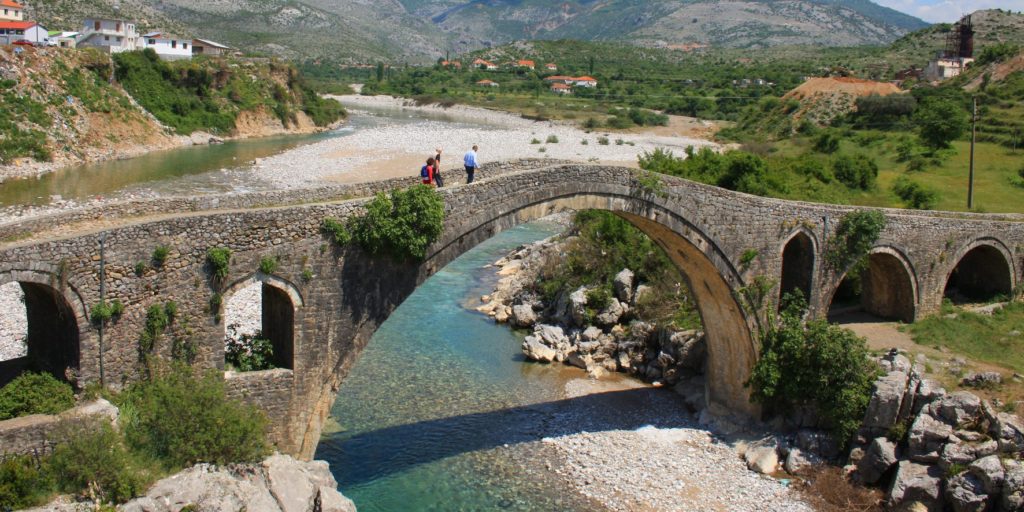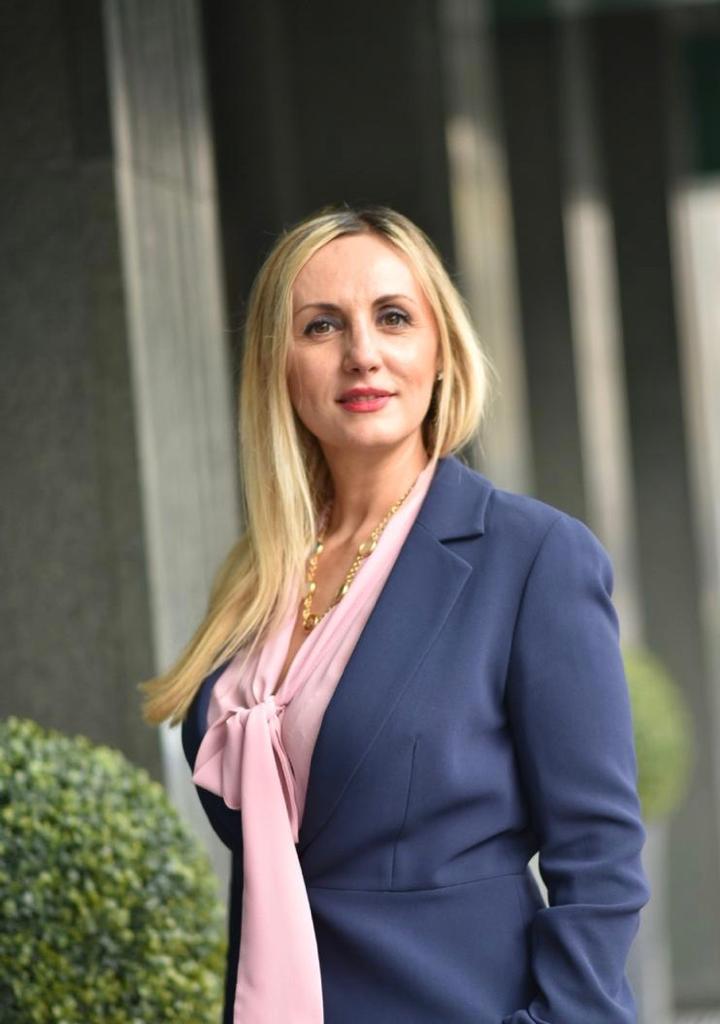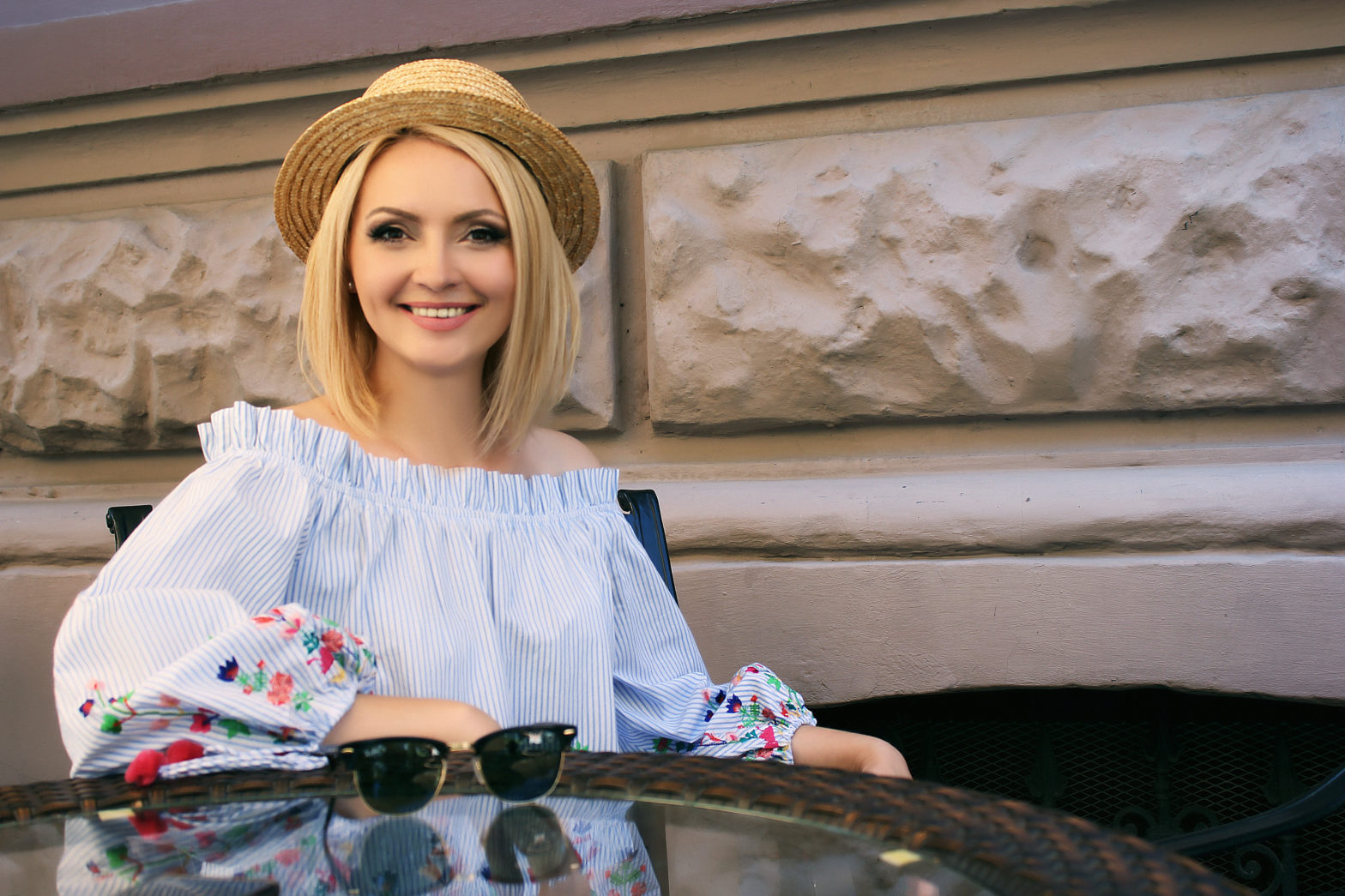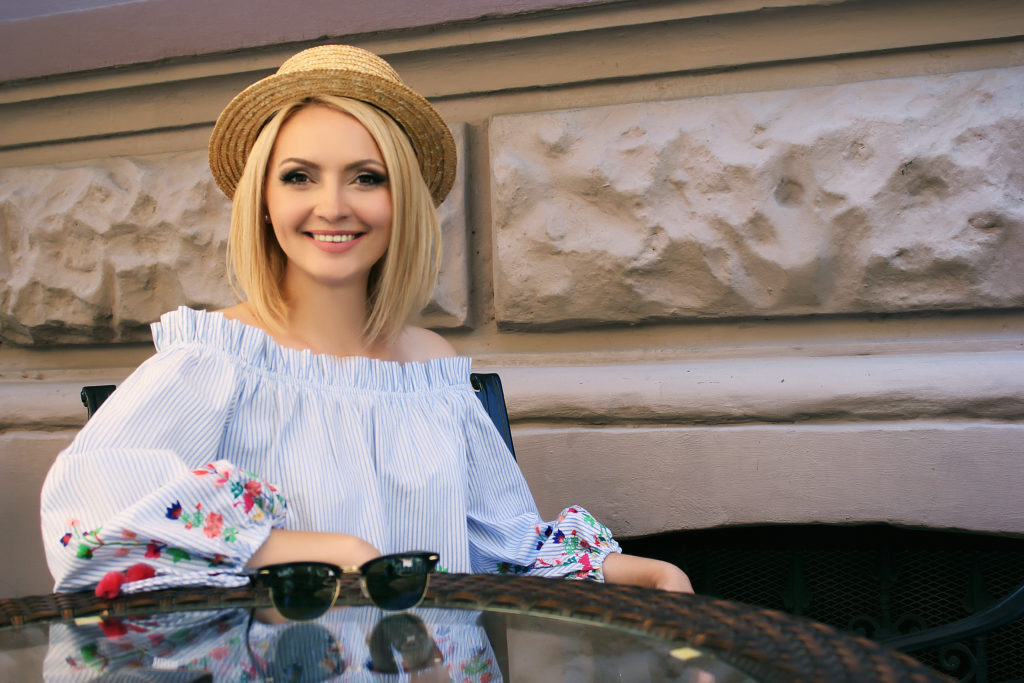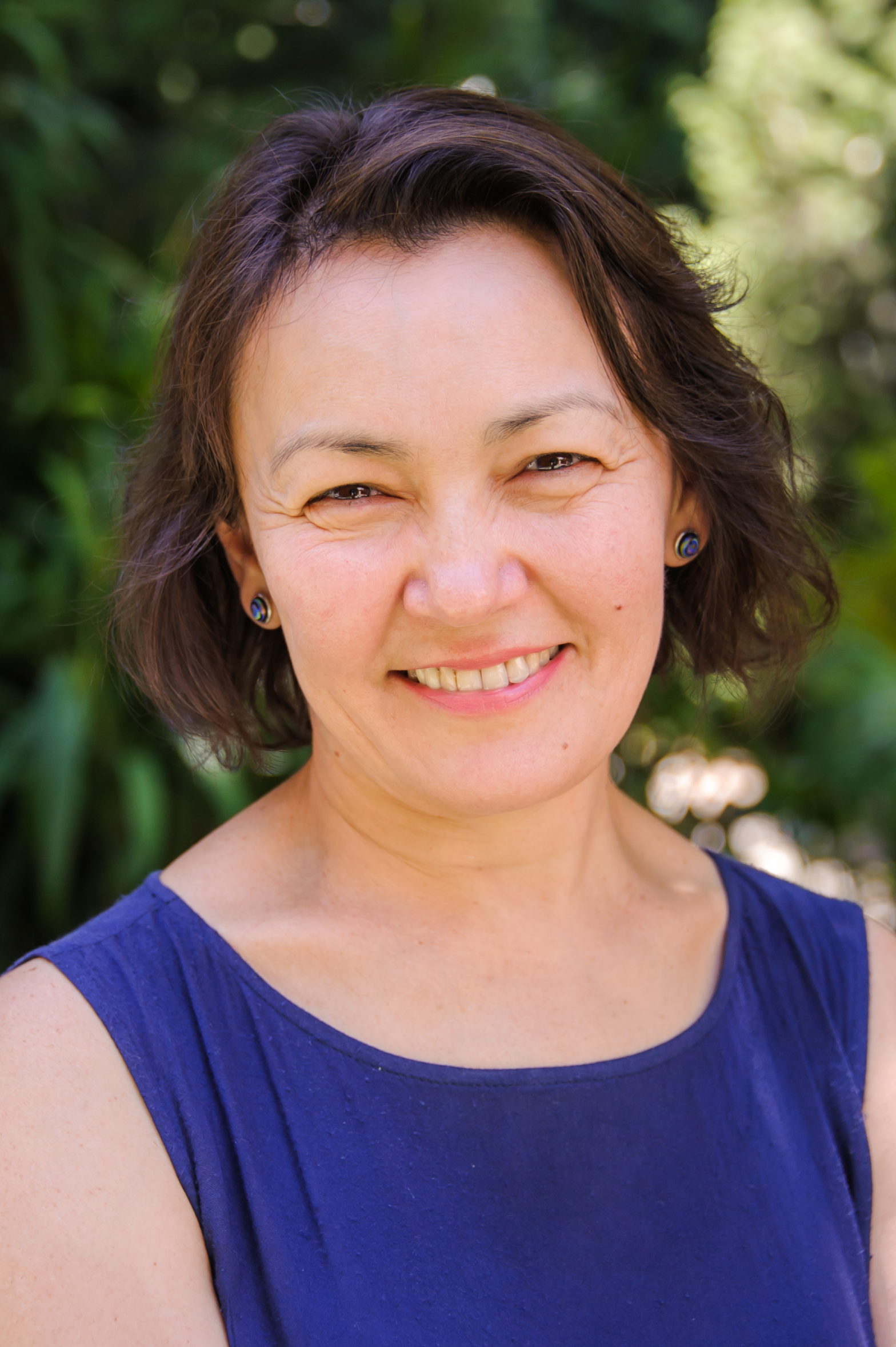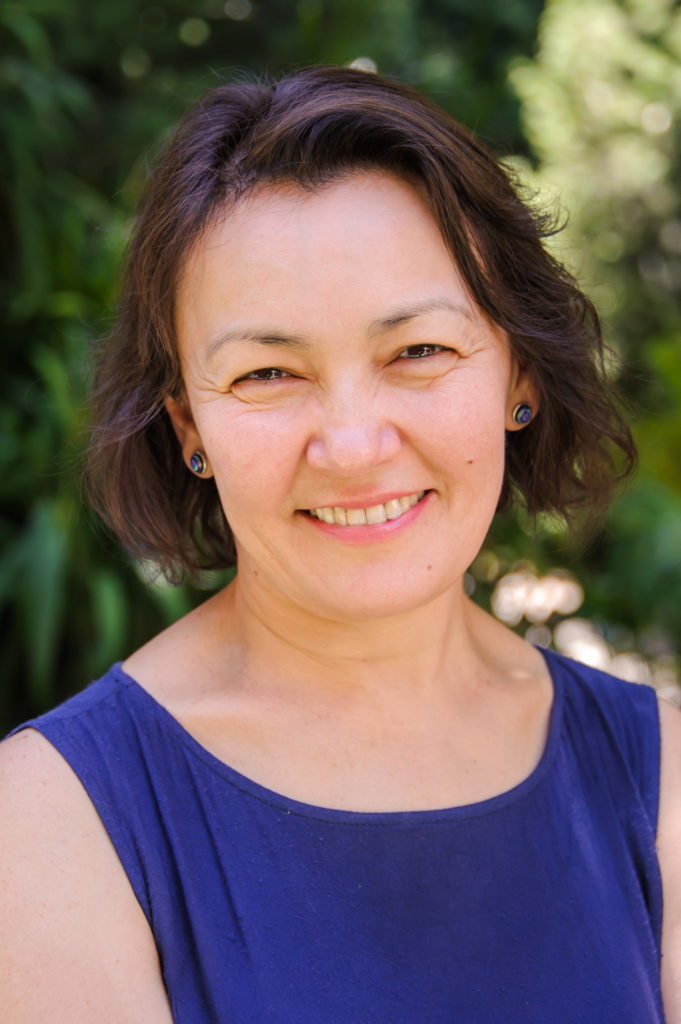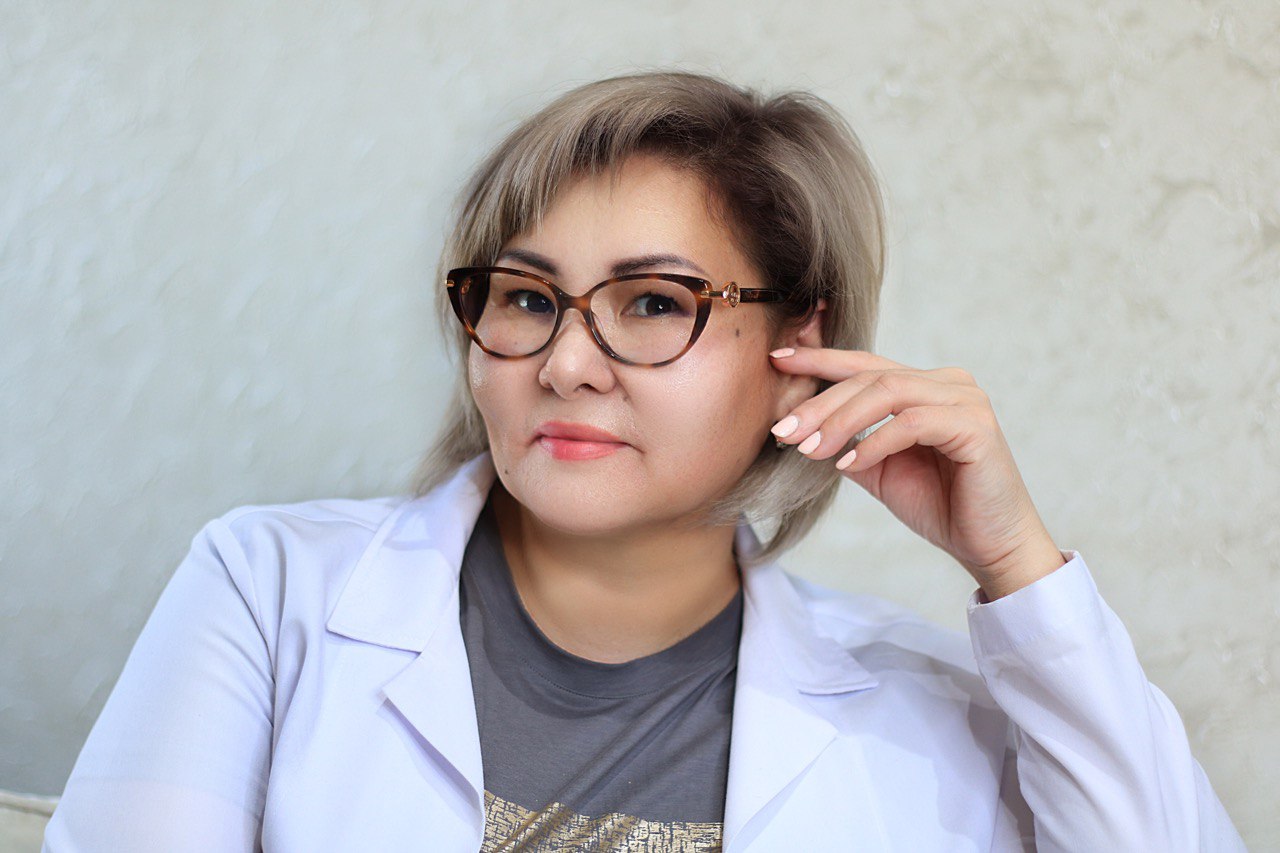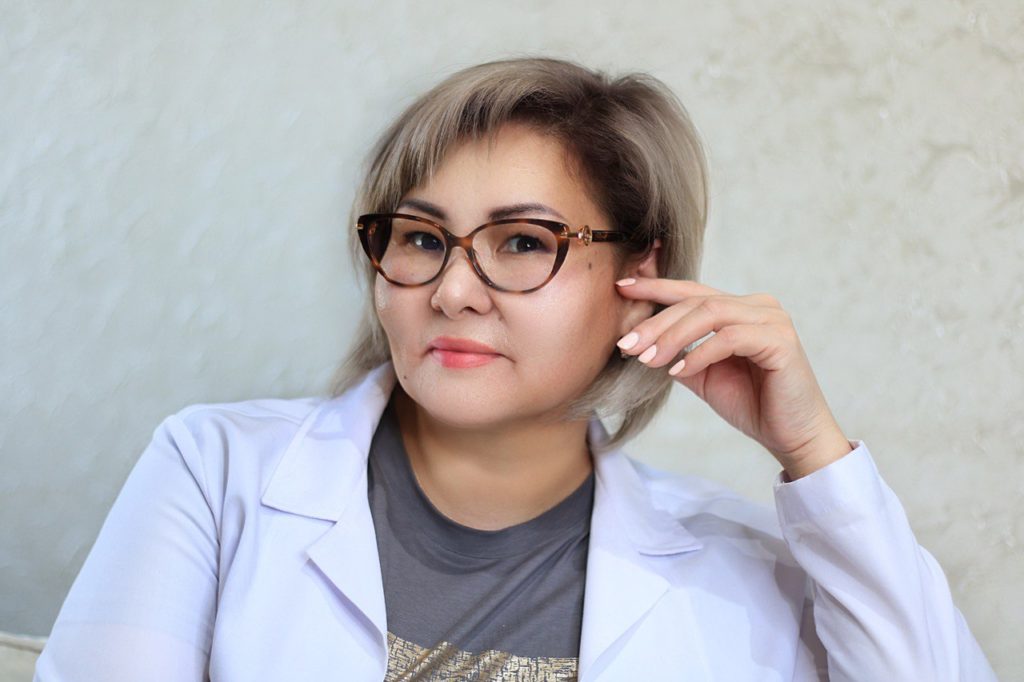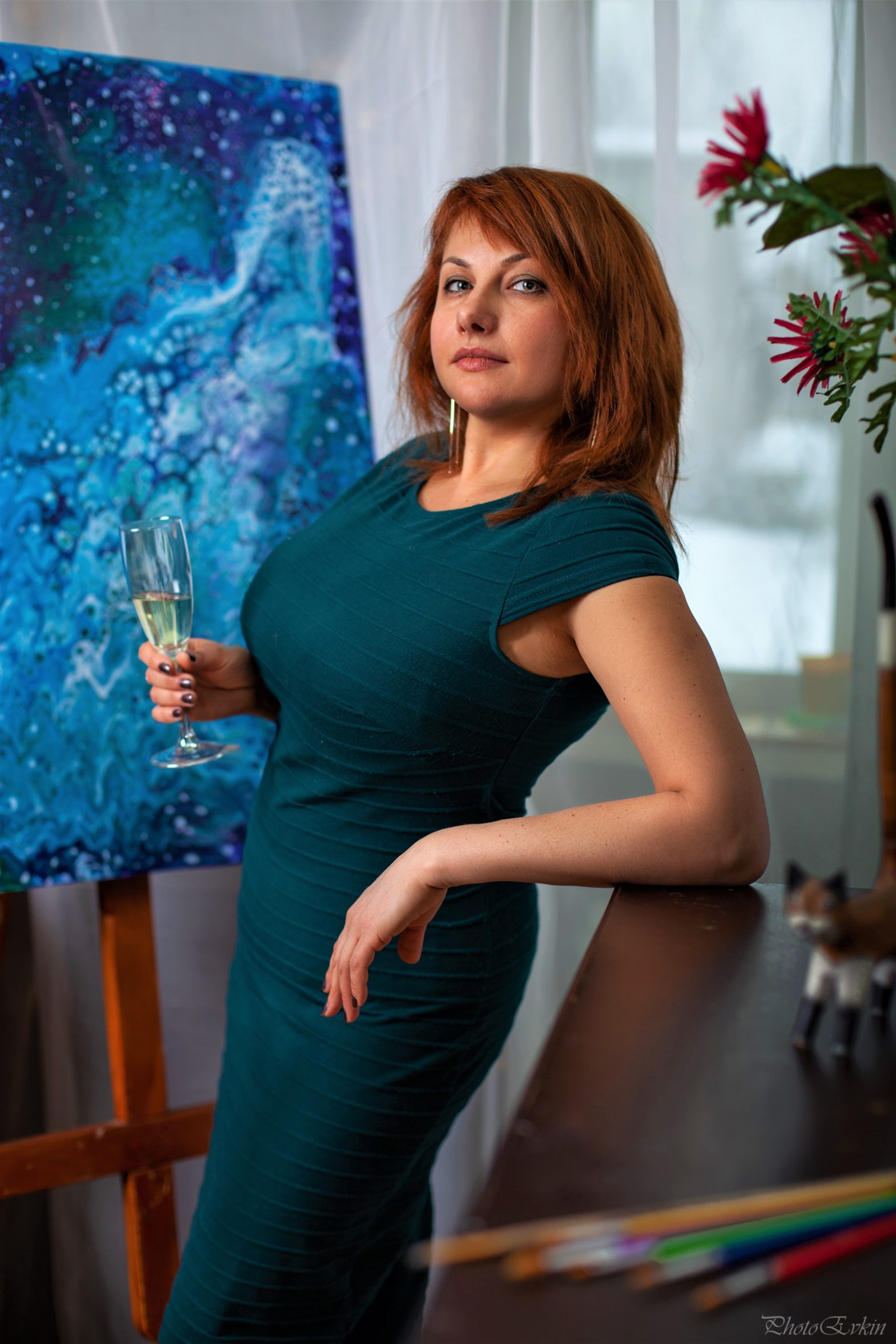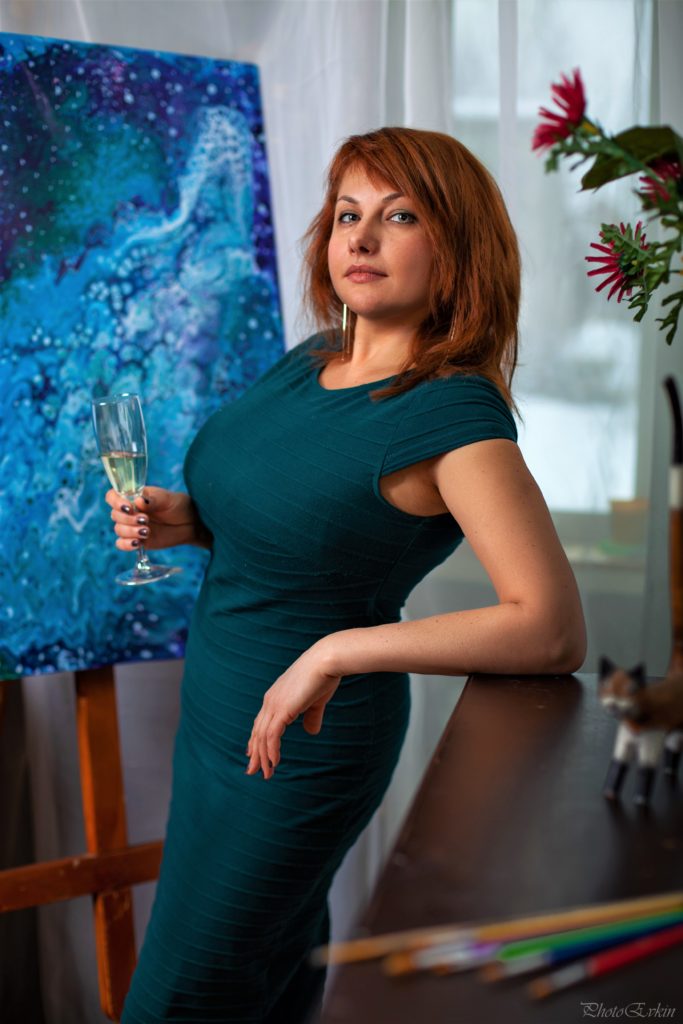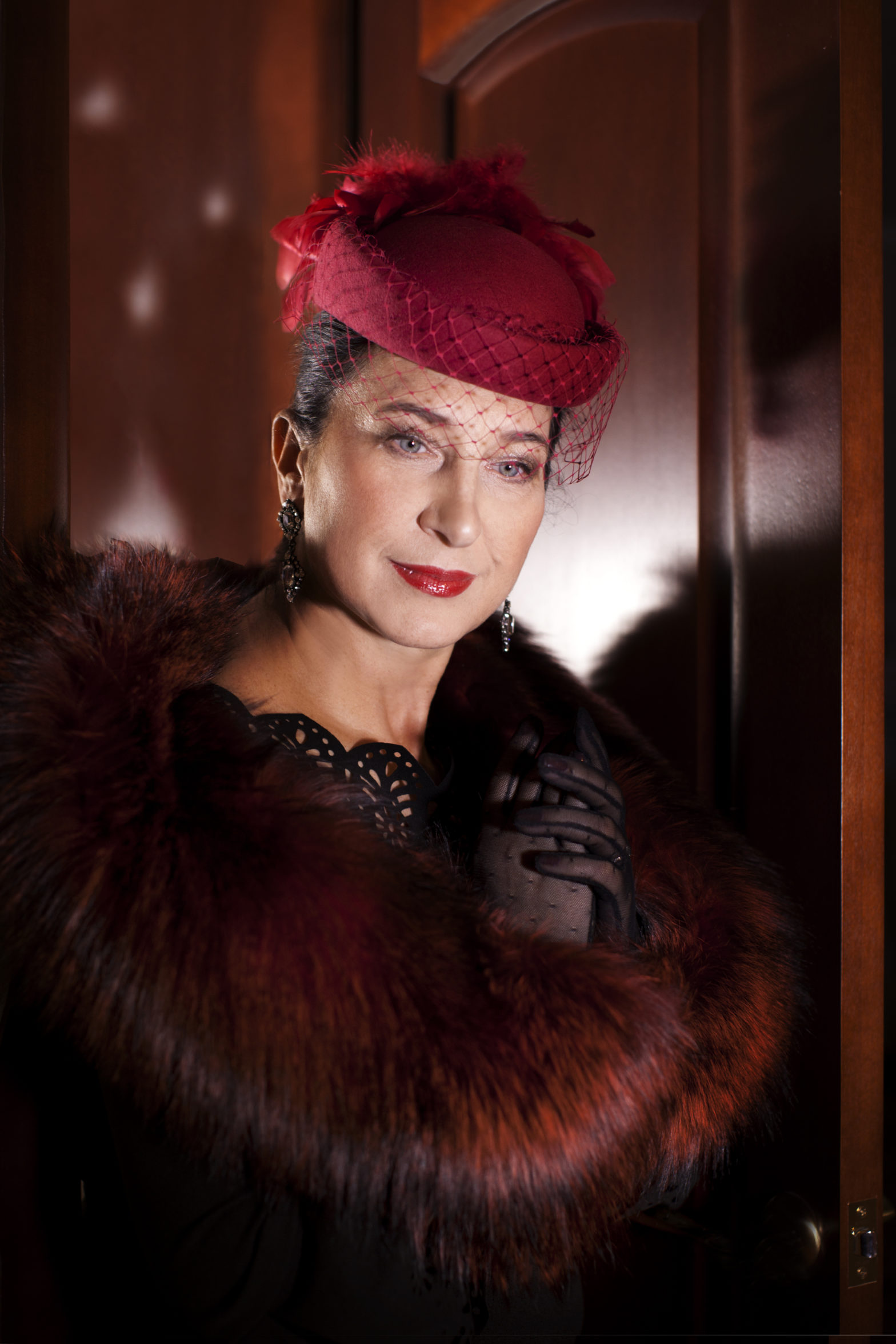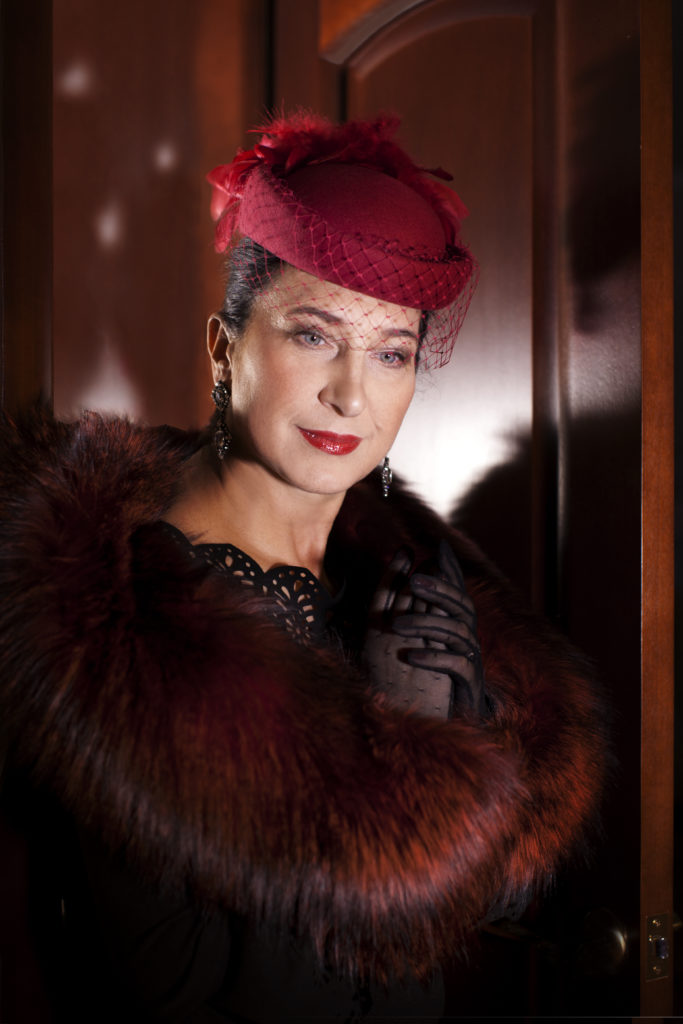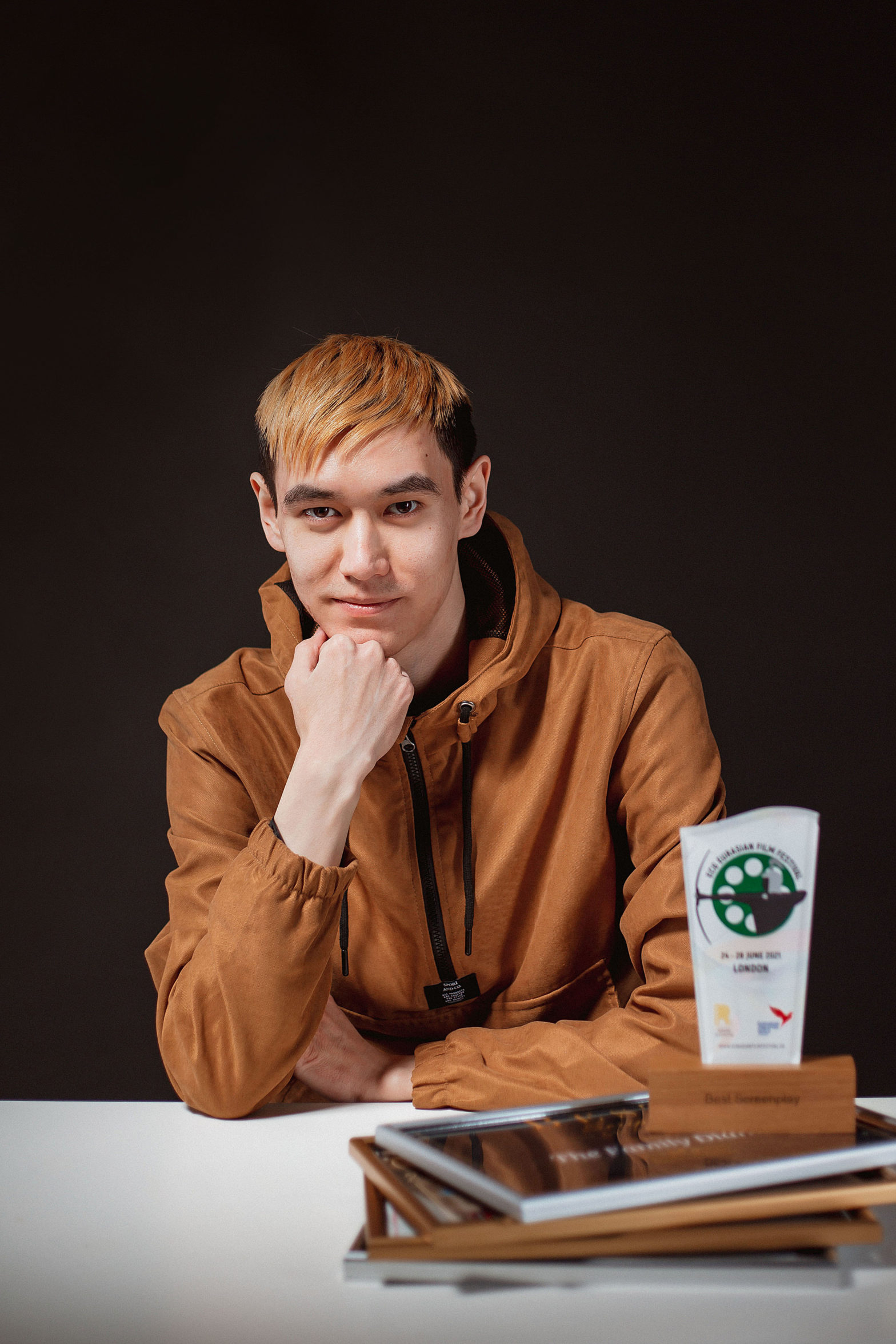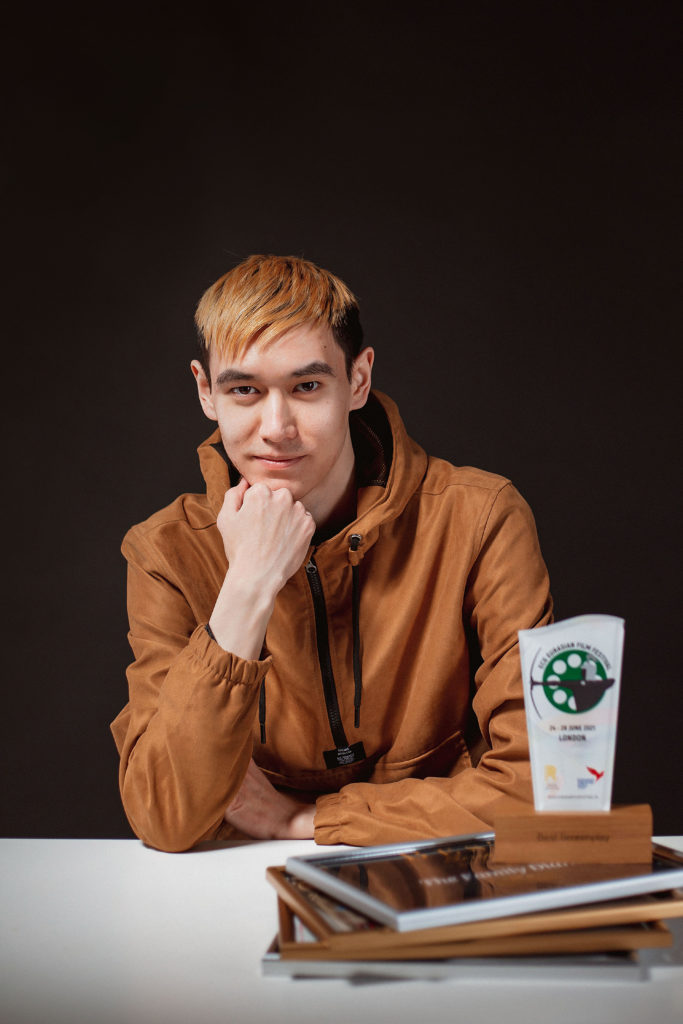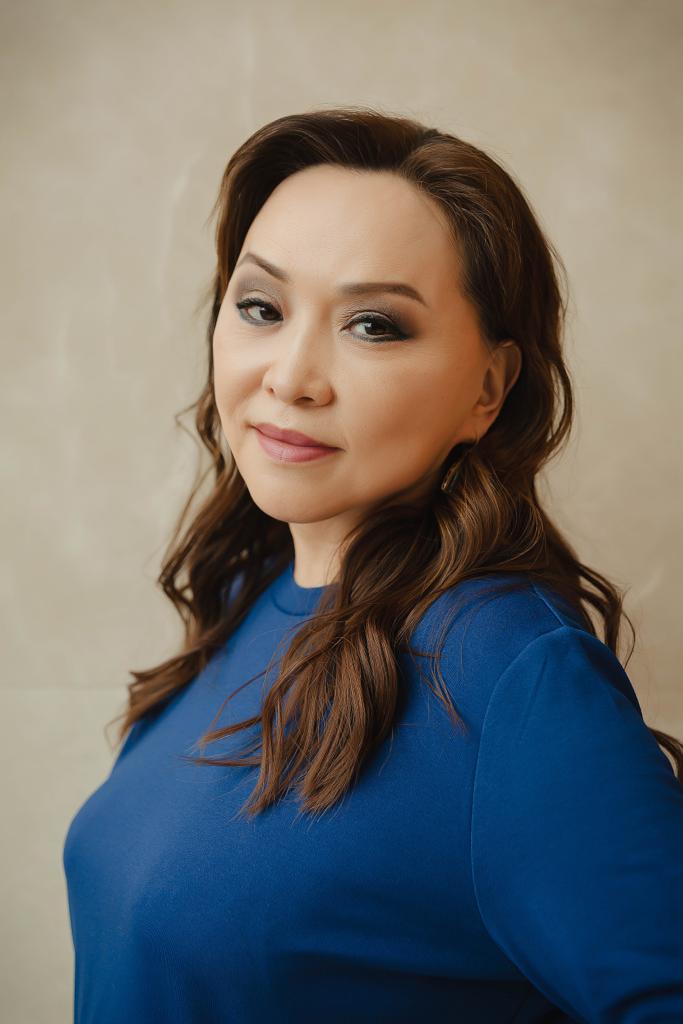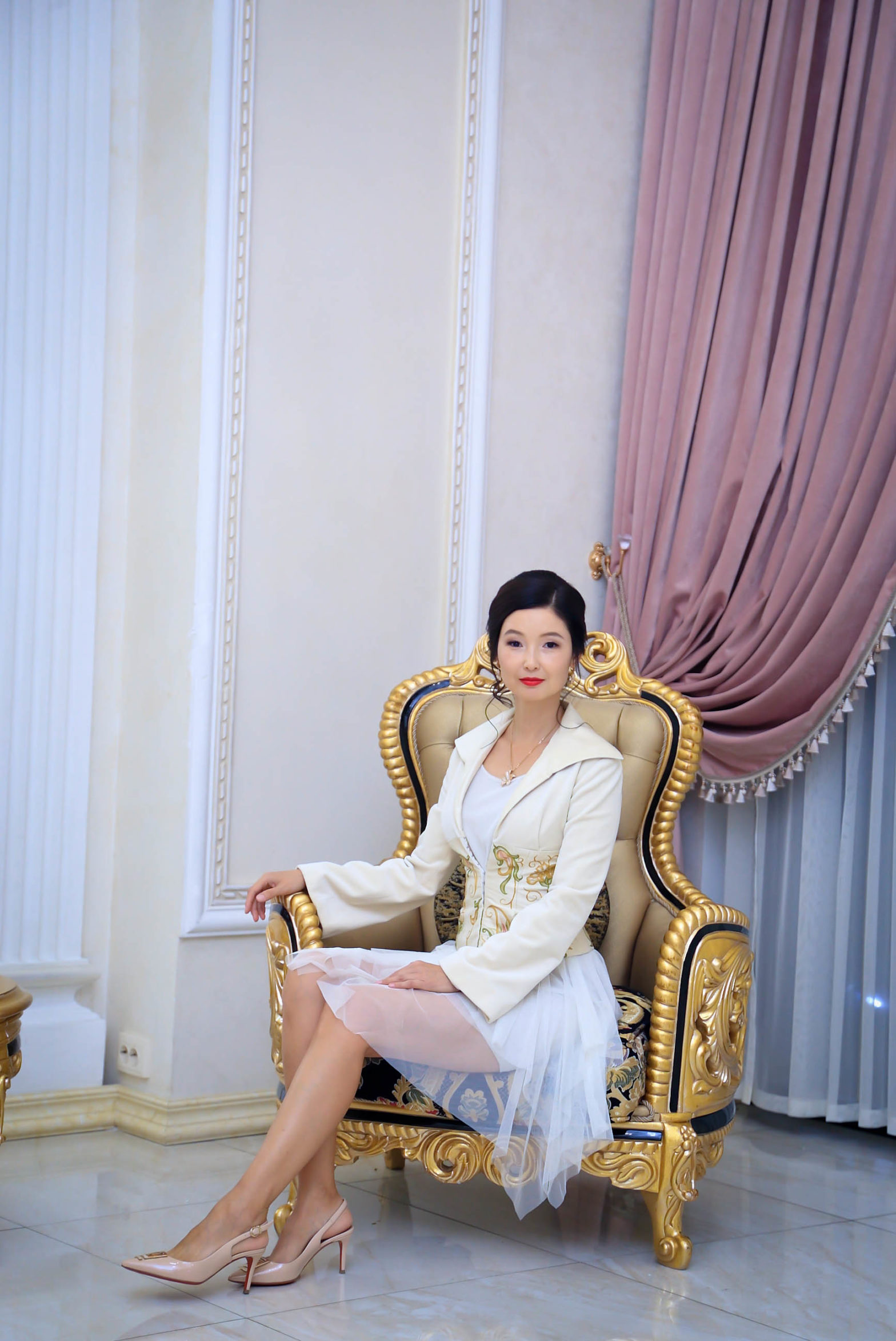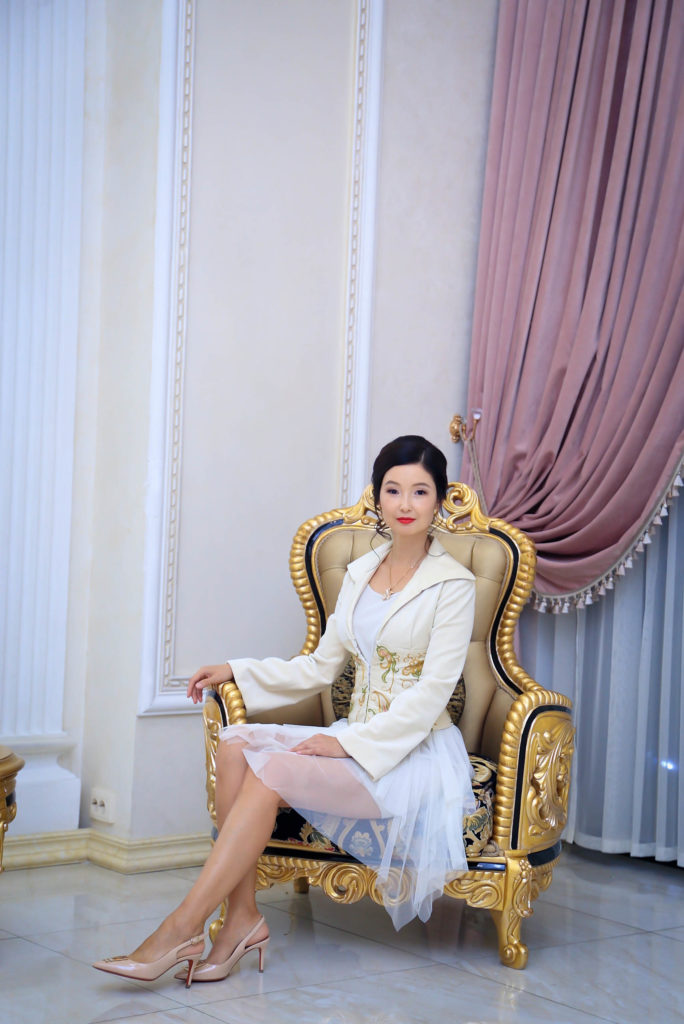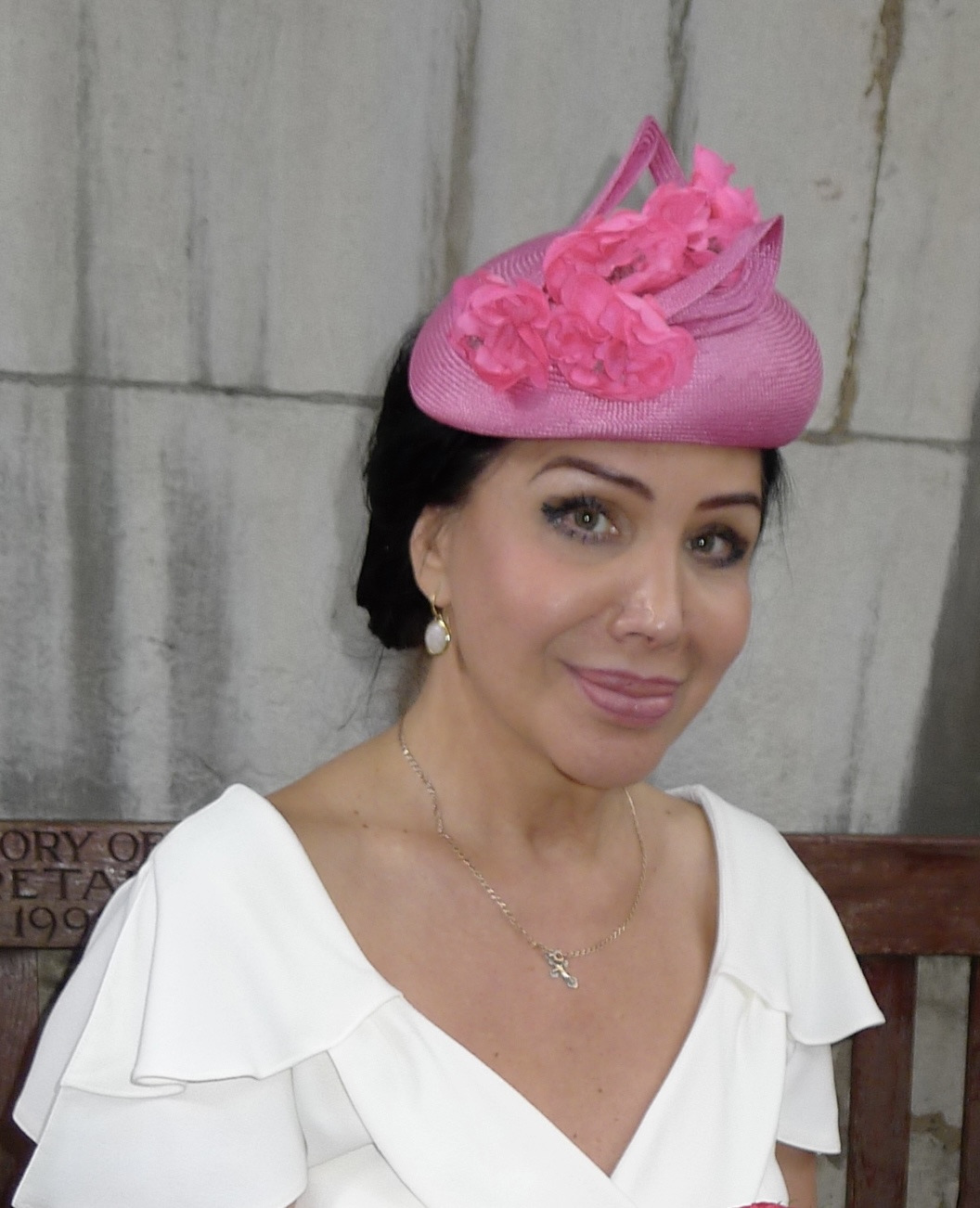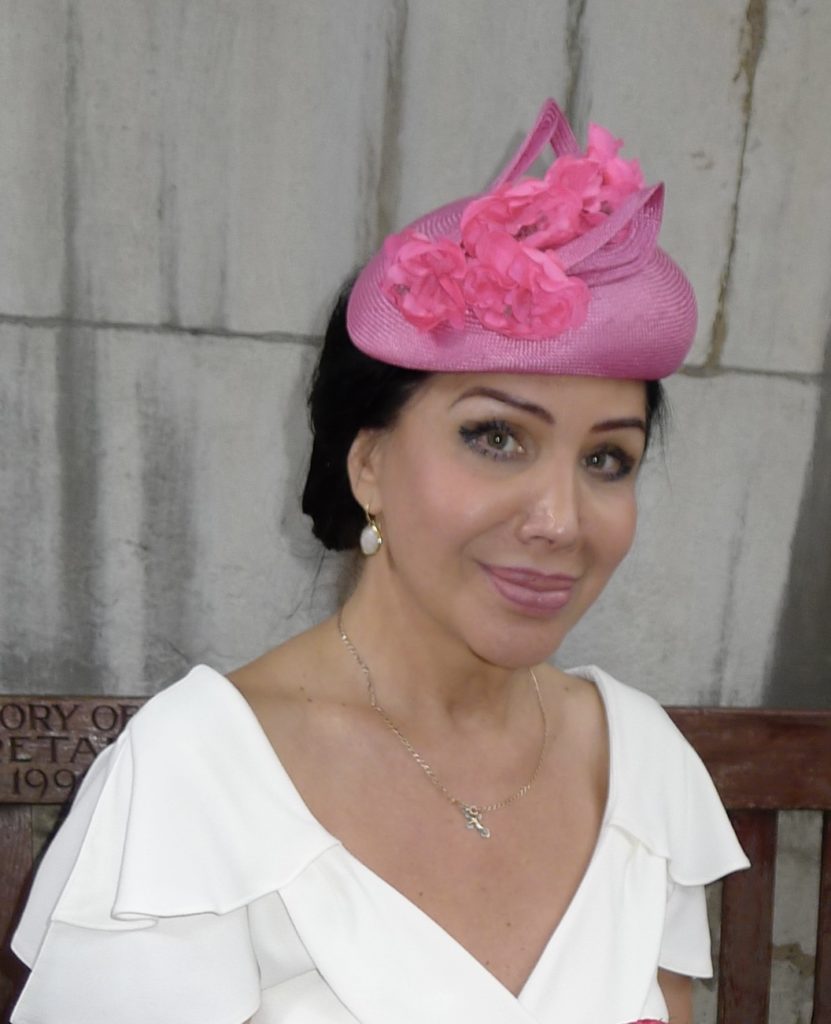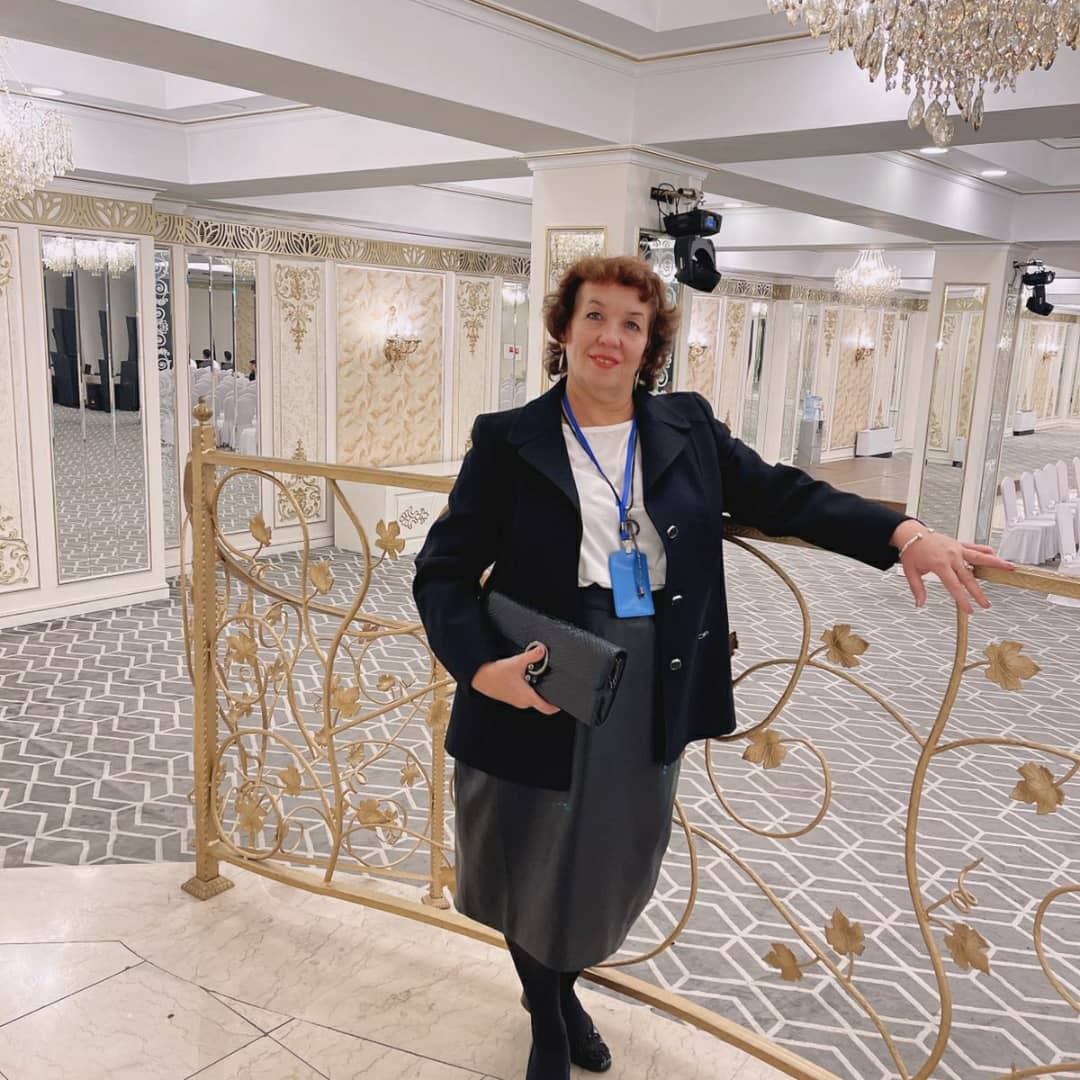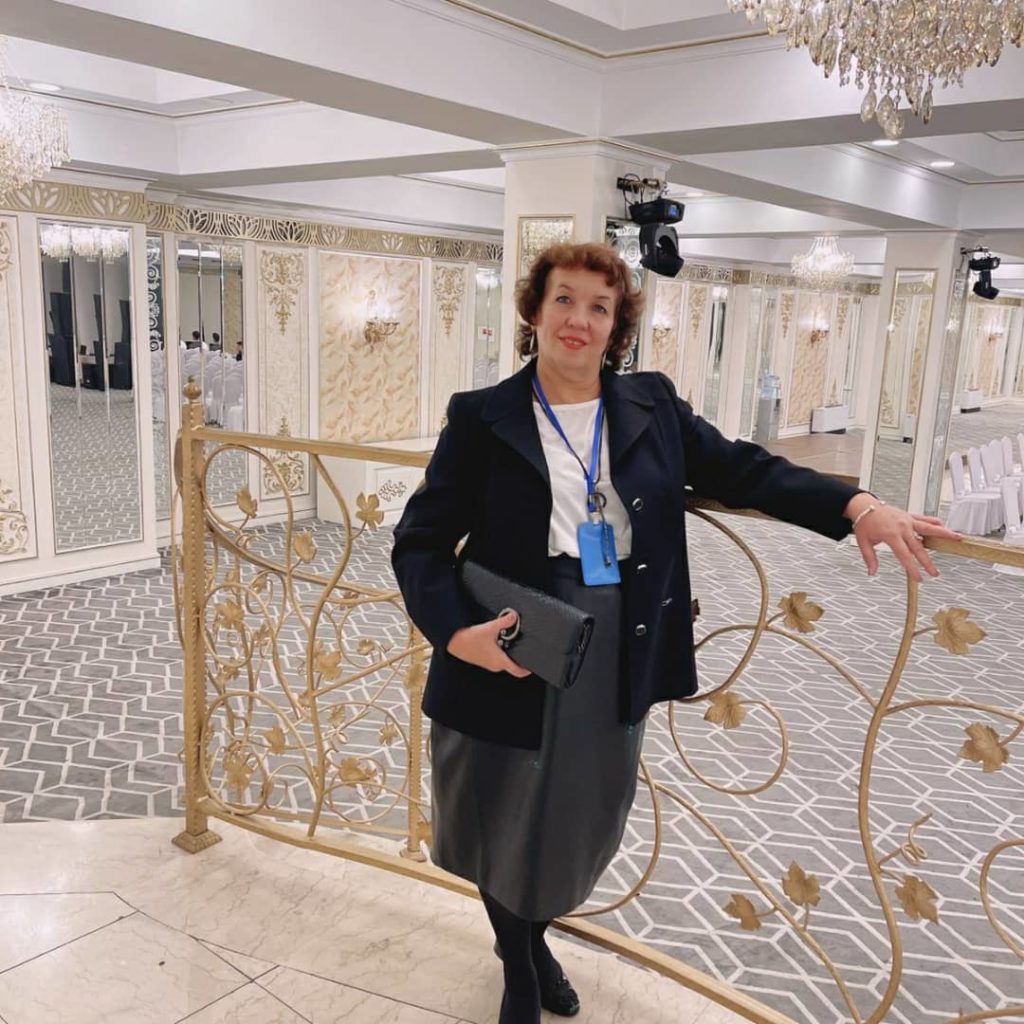A Turkmen Tour of Fashion
Simplicity without combinations
Turkmen dress is simple and of the same type. Tunics worn next to the skin, wide trousers, gowns, fur coats, turbans, and takhi or tyubeteyki formed the basis of the wardrobes of both men and women.
National Clothing – Male Costume
If we take the men’s national costume of any Central Asian nation, we see that headdress is given special attention. In Turkmenistan the telpek, a lambskin hat, is a sign of masculinity.
The telpek is special: in summer it protects from heat, in winter from cold, and in bad weather from rain. Although there are drawbacks too: it is quite bulky and inconvenient for everyday life, especially when particular agricultural or other work had to be performed. However, this is provided for. If necessary, the telpek can be taken off and hung on a nail or twig: beneath the telpekmen a small skullcap with Turkmen type embroidery of national ornaments is also worn. This avoids a bare head, which is considered indecent. Otherwise the telpek always adorns a man’s head. Removing the telpek from someone’s head in public is considered to be the worst of insults, which is often washed away in blood.
National Clothing – Robes and Skirts
Turkmen women’s clothing, especially of those who live in the southern regions of the country, attracts a lot of public attention with its embroidered headband (chirpy), decorated robes (kurt), dresses (koynek), loose robes (chavyt, maldoi don, and sarytahta don).
In general, Turkmen women’s clothing retains its simplicity of form and balance. The cut, successfully discovered and adapted to the life and climate, has not changed for centuries. Women’s clothing is mostly made of silk and cotton fabrics. In the making of traditional dresses (koynek), cloaks and wraps (kurt, chyrpy), a silk cloth (keteni) in red, green, and purple is used. For the tailoring of women’s loose coats (chavyt, maldoi don, sarytahta don) fabrics such as sarytahta, gyrmyzydonlyk, maldoi, cheppetou are used.
The clothing of rich people is decorated with embroidery. There were various methods of embroidery, – keshte, Simplicity without combinations
Turkmen dress is simple and of the same type. Tunics worn next to the skin, wide trousers, gowns, fur coats, turbans, and takhi or tyubeteyki formed the basis of the wardrobes of both men and women.
National Clothing – Male Costume
If we take the men’s national costume of any Central Asian nation, we see that headdress is given special attention. In Turkmenistan the telpek, a lambskin hat, is a sign of masculinity.
The telpek was special: in summer it protected from heat, in winter from cold, and in bad weather from rain. Although there were drawbacks too: quite bulky and inconvenient for everyday life, especially when particular agricultural or other work had to be performed. However, this was provided for. If necessary, the telpek could be taken off and hung on a nail or twig: beneath the telpekmen wore a small skullcap with Turkmen type embroidery of national ornaments. This avoided a bare head, which was considered indecent. Otherwise the telpek always adorned a man’s head. Removing the telpek from someone’s head in public was considered to be the worst of insults, which was often washed away in blood.
To conclude this brief excursion into the past, I would like to note that the telpek is a unique and beautiful aspect of a hat, which still is worn by the vast majority of older and some middle-aged people.
National Clothing – Robes and Skirts
Turkmen women’s clothing, especially of those who live in the southern regions of the country, attracts a lot of public attention with its embroidered headband (chirpy), decorated robes (kurt), dresses (koynek), loose robes (chavyt, maldoi don, and sarytahta don).
In general, Turkmen women’s clothing retains its simplicity of form and balance. The cut, successfully discovered and adapted to the life and climate, has not changed for centuries. Women’s clothing was mostly made of silk and cotton fabrics. In the making of traditional dresses (koynek), cloaks and wraps (kurt, chyrpy), a silk cloth (keteni) in red, green, and purple was used. For the tailoring of women’s loose coats (chavyt, maldoi don, sarytahta don) fabrics such as sarytahta, gyrmyzydonlyk, maldoi, cheppetou were used.
The clothing of rich people is decorated with embroidery. There are various methods of embroidery, – keshte, haym, kok, chigmet, ilme, kokdzheme, oram((two-sided looped and lower seams, satin stitch)) – ornamentation, which demonstrate the rich artistry and imagination of the seamstresses.
Natural dyes were used in the past. Red, in different shades (from dark red to brown, from bright red to magenta), was obtained from vegetable dyes, extracted from the stem and roots of the madder plant, grown in Turkmenistan, or imported from Iran. The blue dye nil (from the Arabic word for blue), was also imported from Iran, and was widely used among the population for dyeing wool and silk. For yellow dye, seamstresses used the shrubby plant sary chop, native to the mountains.
Women’s headrobes (chyrpy) were intended to be worn on special festival occasions. In the southern region there were chyrpy in three colours: white, yellow and green. They draw attention to form of construction, strictness of colour, great skill in execution, delicate taste and amazing bonding of decor with colour, texture, fabric and cut. The peculiarity of ornamentation in each gown is outstanding. They are executed in variable patterns of stylized forms. Vegetable ornaments, stylized images of animals, and household goods were used on some of the items. Still, the favourite motifs were flowers: lotus flowers, tulips, often enclosed in a circle or a diamond, which were used as a starting point for building compositions, right across the entire surface of the chyrpy.
The kurt (gizil kurt, yashyl kurt) is a type of gown-robe. They are decorated with embroidery, but to a lesser extent than chyrpy. The most common symbolic T-shaped ornament was used on the sides and bottoms of these gowns.
A variety of gown-robes (chovdurok) is worn by women living in northern areas of the country, and are called purendzhe or bash atgych. These days, such gowns are almost impossible to see in everyday use. Such clothes were made of red cloth or brocade fabric. The most common pattern is ghoul bossano, which has a vegetable origin, freely deployed on the entire surface of the gown.
For the draped headdress (byoreck), women from the Teke tribe use a head scarf (gynach). It is made of narrow strips of red, sometimes green keteni, and had a triangular shape. Two edges of the scarf are decorated with a broad woven ornamental band, adorned with long, wide tassels. Skilful use of ornamentation with white, black, and yellow flowers, in combination with the background, gives the shawl elegance and completeness.
National Turkmen costume is inconceivable without jewellery, which was once used as amulets, providing protection from diseases and sterility. If you look closely, you can see images of animals and insects in the jewellery, which once linked people with the elements of nature. Three to four year old girls wear bracelets, and clothes with pearl buttons and beads. The amount of decoration increases with age.
One of the interesting things is the small silver dome (kupby) that is worn on the head. Silver plates, ending with a fringe of hangers, are scattered from the edges of the dome throughout the skullcap. This hat, with a plume of feathers at the top, recalls a small helmet. Maiden’s (tahya) and women’s(byoreck) headdresses are finished with set of plates, pendants, pins, and amulets covering the temples, and guarding the neck, chest and shoulders. The Turkmen folk song goes: “When the geese … rise into the sky, then all the air is filled with their voices, when the girls go to fetch water, then all the air is filled with the ringing of jewelry.”
The amount and type of jewelry that a woman wore depended largely on her economic situation. On solemn occasions, a woman from a wealthy family would put on from six to eight kilogram’s of jewelry.
The ornaments are mostly silver, with inlays of natural stones: carnelian, which brings peace, joy and abundance according to ancient beliefs; turquoise, which improves vision; corals, giving richness and abundance of all fruits. The surfaces were covered with geometric and floral engraved patterns. Different tribes have different ornamental elements, but all Turkmen ornaments possess proportionality, conciseness, and massiveness.
Girl in Red
A girl in red is the dream of every Turkmen bachelor. Brides wore red dresses in the old days: a dress of red silk, on top of it a coat made of red cloth, below were red trousers. In addition, the groom at a wedding wore a red shirt, and children were also dressed in red.
Where does the love of red come from? Traditionally, red symbolised the life-giving forces of nature; it ascribed magical properties to protect people, to help them in life. The wearing of such clothes was considered the prerogative of children and youths, because of the belief in the beneficial effects of red. Colour in Turkmen clothing does not differ widely: it is dominated by red-brown tones, and the presence of blue, green, yellow, pink, blue and violet, black and white is optional. The palette of colours, going from red to white, and the fading of color, marks mankind’s life from birth to death. Young people wear bright clothes, in ageing the color becomes lighter, pastel: green – the color for girls, yellow – for older women and mothers, white – only for old women. This colour gradation is strictly observed in female headdresses and capes. After marriage or the marriage of a child, clothing colour changes to white for mothers. Some groups of Turkmens wear yellow clothing on the second day after the wedding. Later, yellow scarves are worn for 2-3 days, and then are worn only at mourning ceremonies.
Decorating Clothes
Turkmens decorate clothing very modestly: narrow geometric patterns of dots, dashes and double scrolls were sewn on the collar, and along the edges of clothing slits. The bases of slits are reinforced, especially with dense, bright satin, called gurtykin or pugtama.
The bottom of the trousers are also decorated with embroidery, but mainly for young people.
Turkmens sew amulets on outerwear when they leave their homes. Women usually sew a big red or green triangle (dogadzhik or doga), which means “protector from evil” on the back of men’s coats (chekmen). Women sew dogas not only on the back, but also on the sleeves and shoulders, and often embroidered them with their geometric or floral patterns. Against the modest background of the decoration of everyday clothing, the embroidered festival clothing of women was eye-catching, striking, with a variety of subjects portrayed and a wealth of fabric. Some groups of Turkmen women wear bibs on top of a simple dress(koynek), embroidered with colourful threads and oval silver plates (albasami), sewn in a series of 45-50 pieces, like scales covering the front of their dresses. Festive outerwear is brightly decorated: the neck and cuts are trimmed with silver circles (chapraz), and at the bottom of the chabyta, that prevents anyone from seeing the flowers in a narrow vase – a figure called “lunar vessel” (mie kunduk). The kurt is embroidered with branches, flowers and broken, wavy lines with trefoil and buds, and the head is covered with chyrpyor purendzhek, displaying red, blooming tulips on top. Such naturalistic motifs are most likely inherited from pre-Islamic times.
Wedding Dress and a Crown made of Dough
A special, luxurious dress is the right of the Turkmen bride: sewn from red germezi keteni, the wedding gown (chekmen), is embroidered on the shoulders, arms, and back with amulets, next to embroidered pheasants, goats, camels, horsemen and women with widespread arms in long dresses and rays around their heads. The most amazing part of the bridal costume is the khasab (or hasava), tall (up to 30 cm or more), with the headdress growing wider towards the top, sort of an echo of the ancient ceremonial headdress associated with the cult of the goddess of fertility. The frame is made of several layers of fabric glued together with thick dough. The upper part is made of stacked rings of grass bundles. Some groups of Turkmens sculpt the khasab completely out of grass bundles or straw. All this construction is then wrapped in red silk, and black or dark blue velveteen or velvet strips were sewn on top of it, which are later decorated with silver and golden squares and circles, gold, cornelian set in silver, and pendants, hanging low on the forehead. Long silver chains with plates in the form of female figurines are attached at the temples. Some khasab tops are adorned with pointed objects, recalling crowns or tiaras. They throw a red silk veil or purendzhek, embroidered with branches, leaves and flowers on top of such a massive crown. Not every family can afford a khasab, decorated with pure gold and silver, so it is often simply borrowed from rich neighbours.
